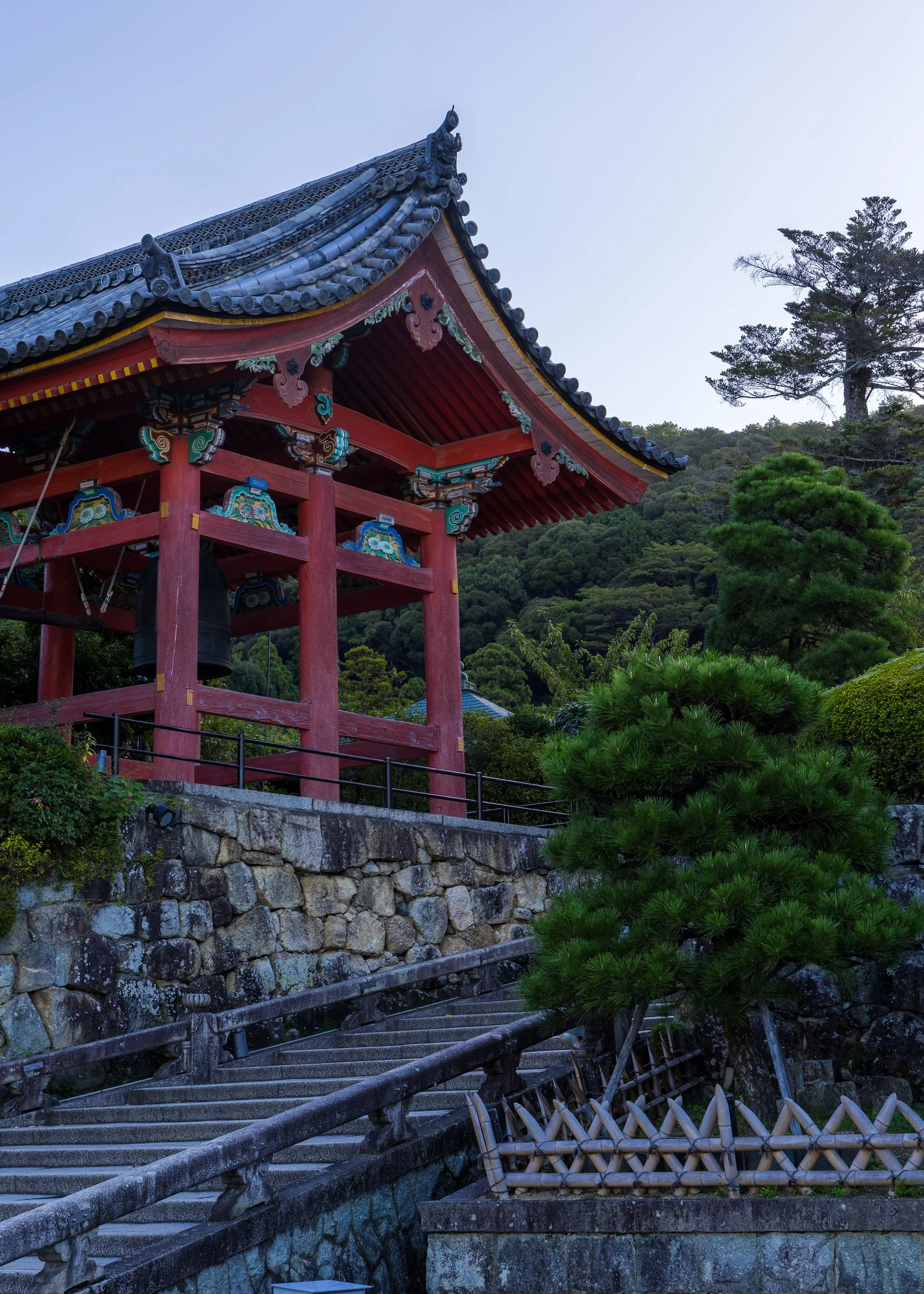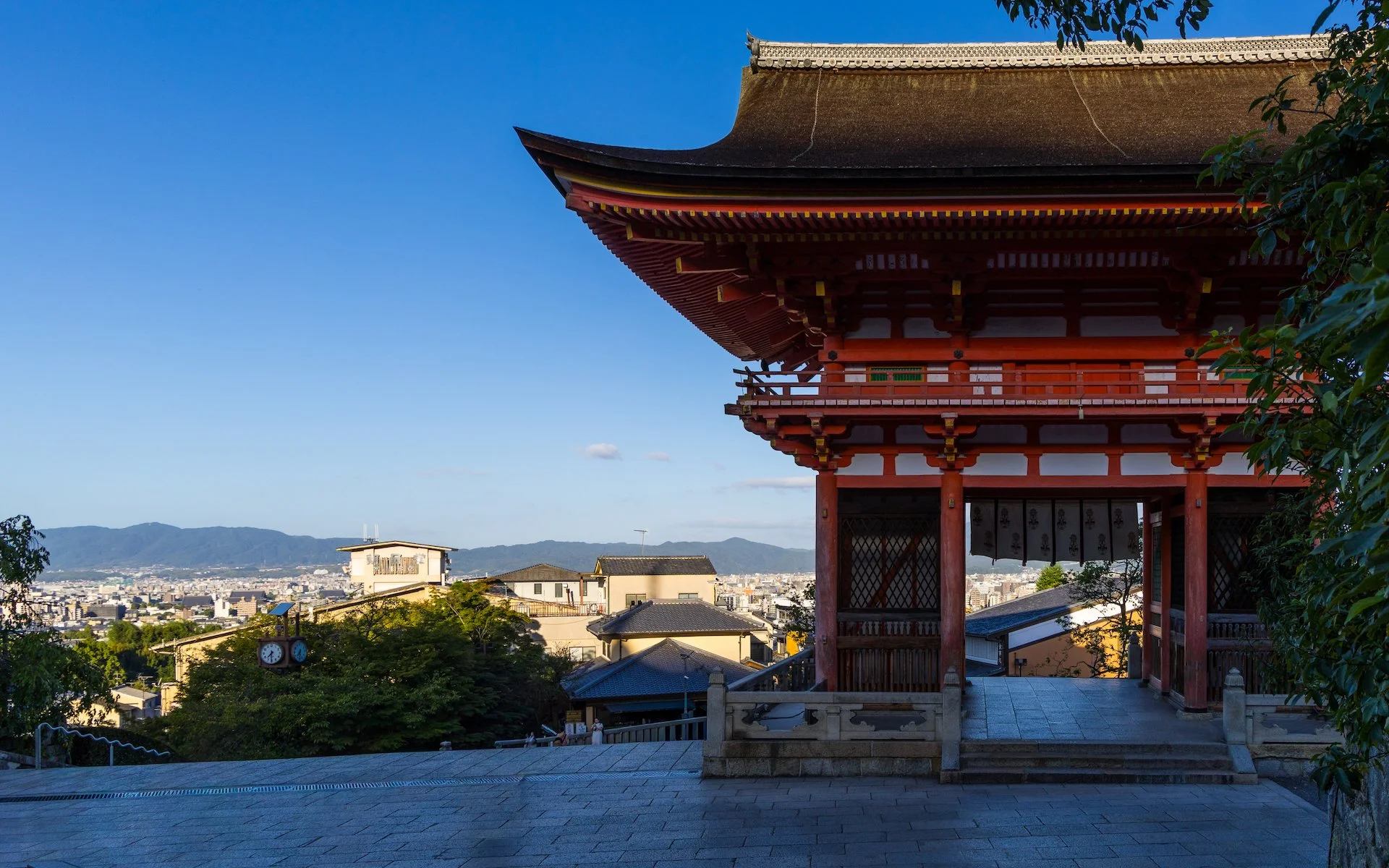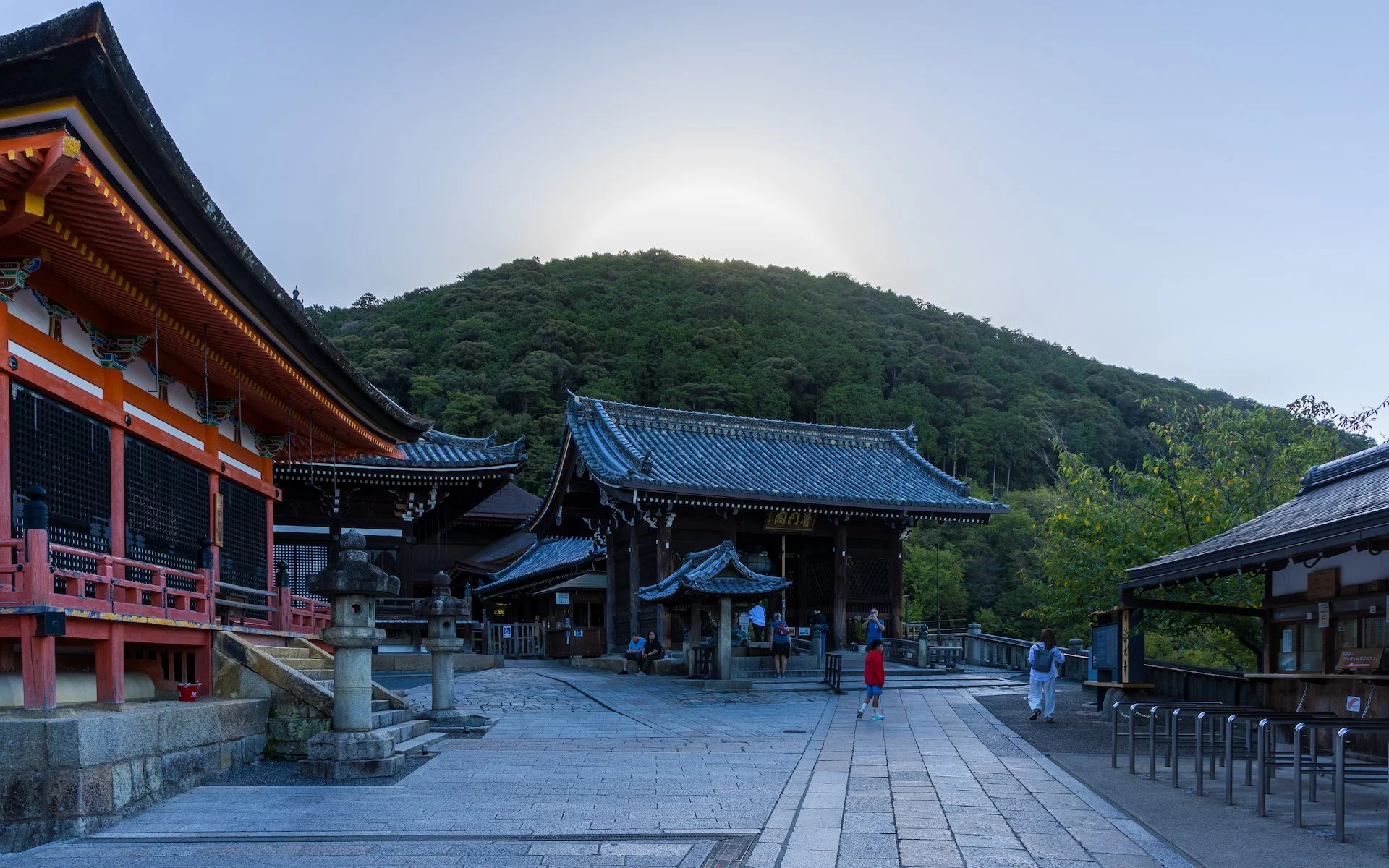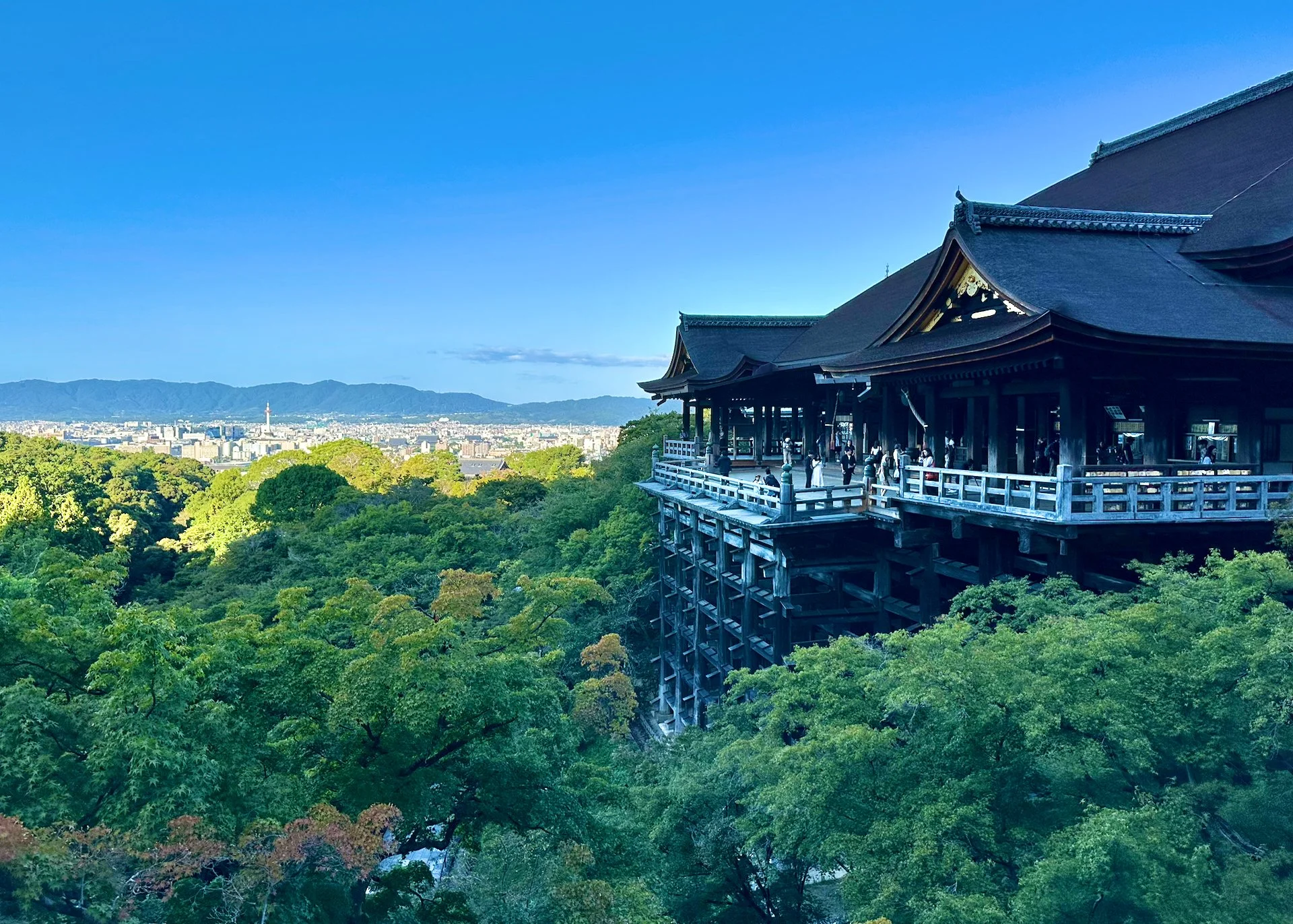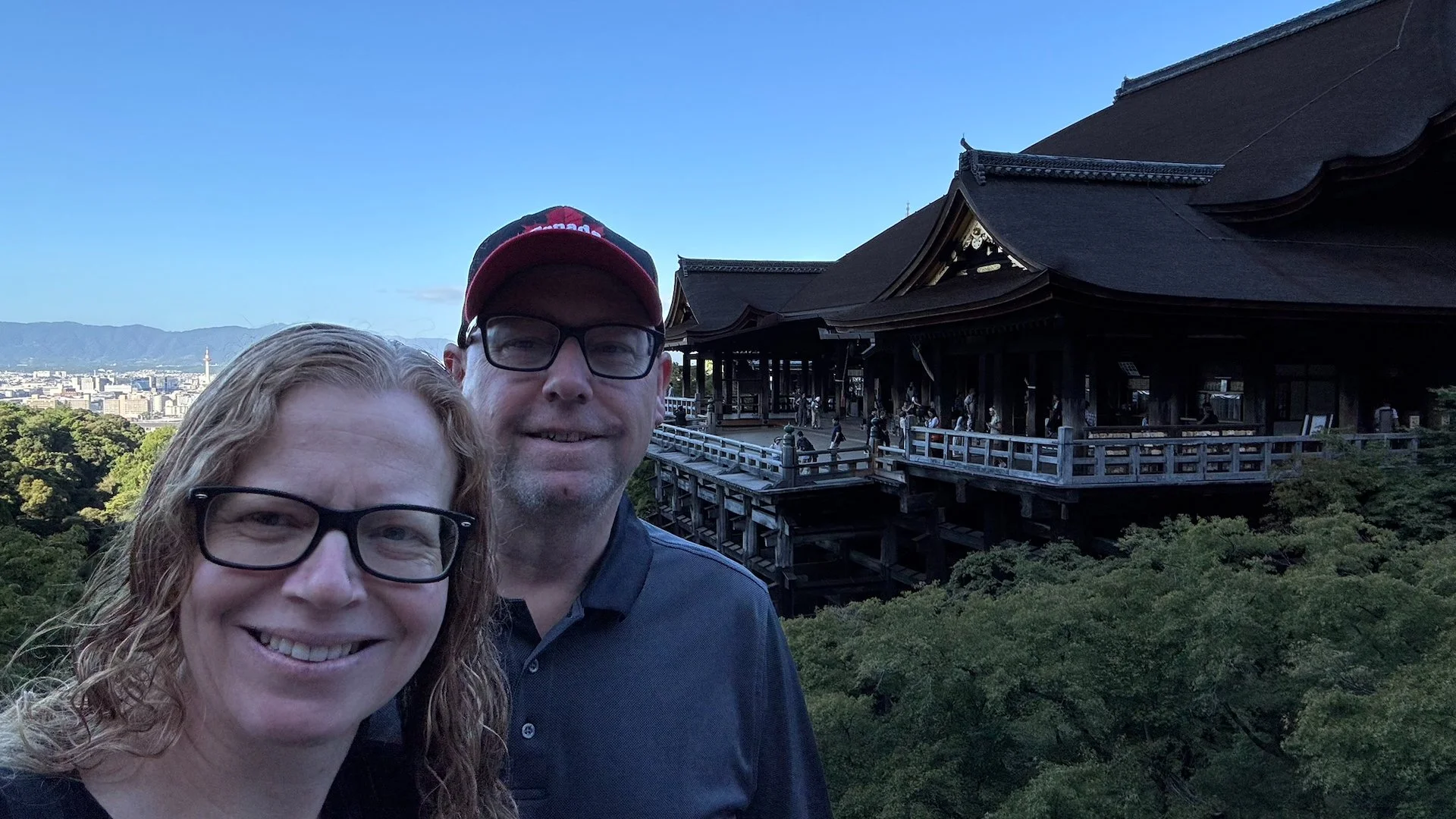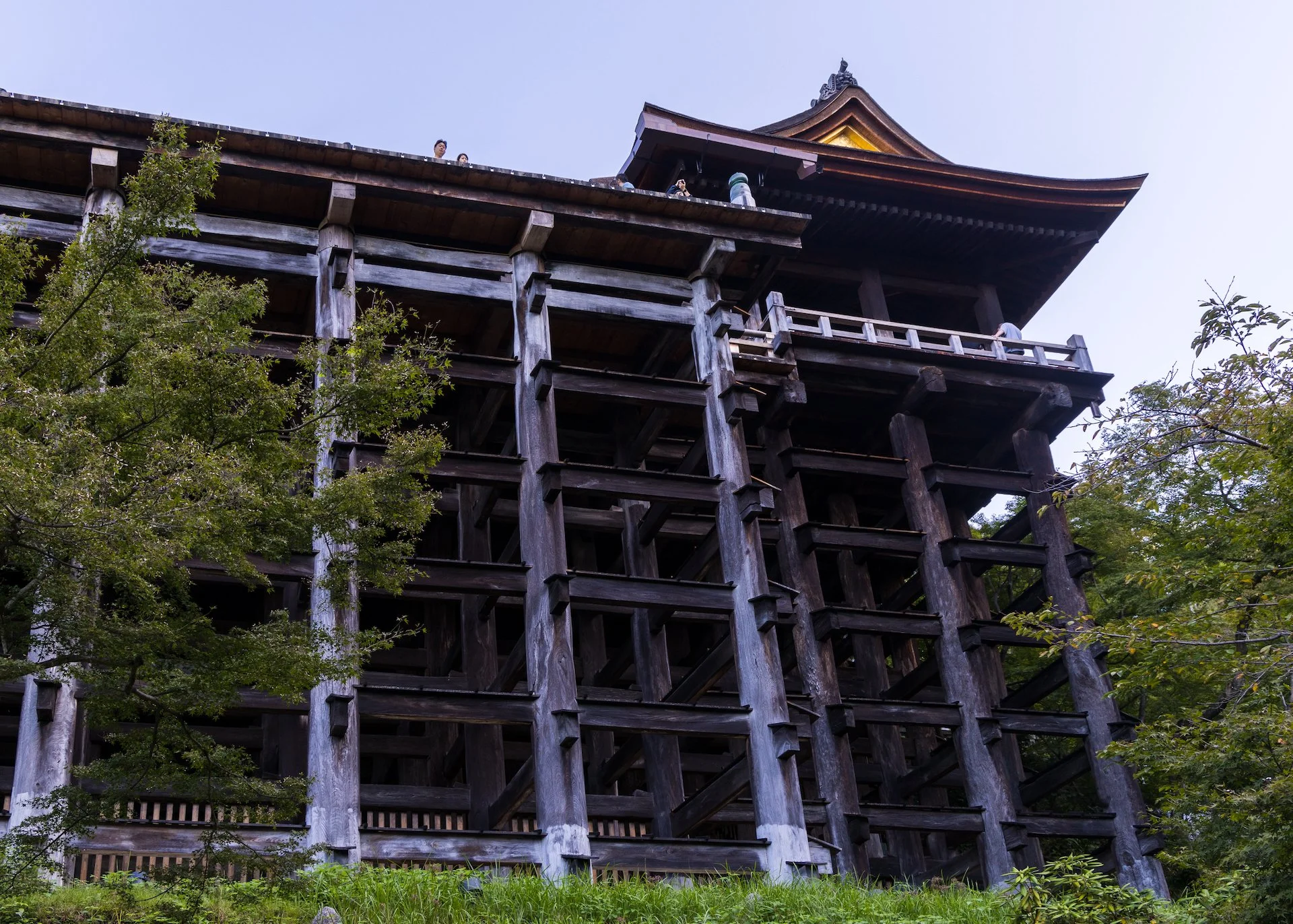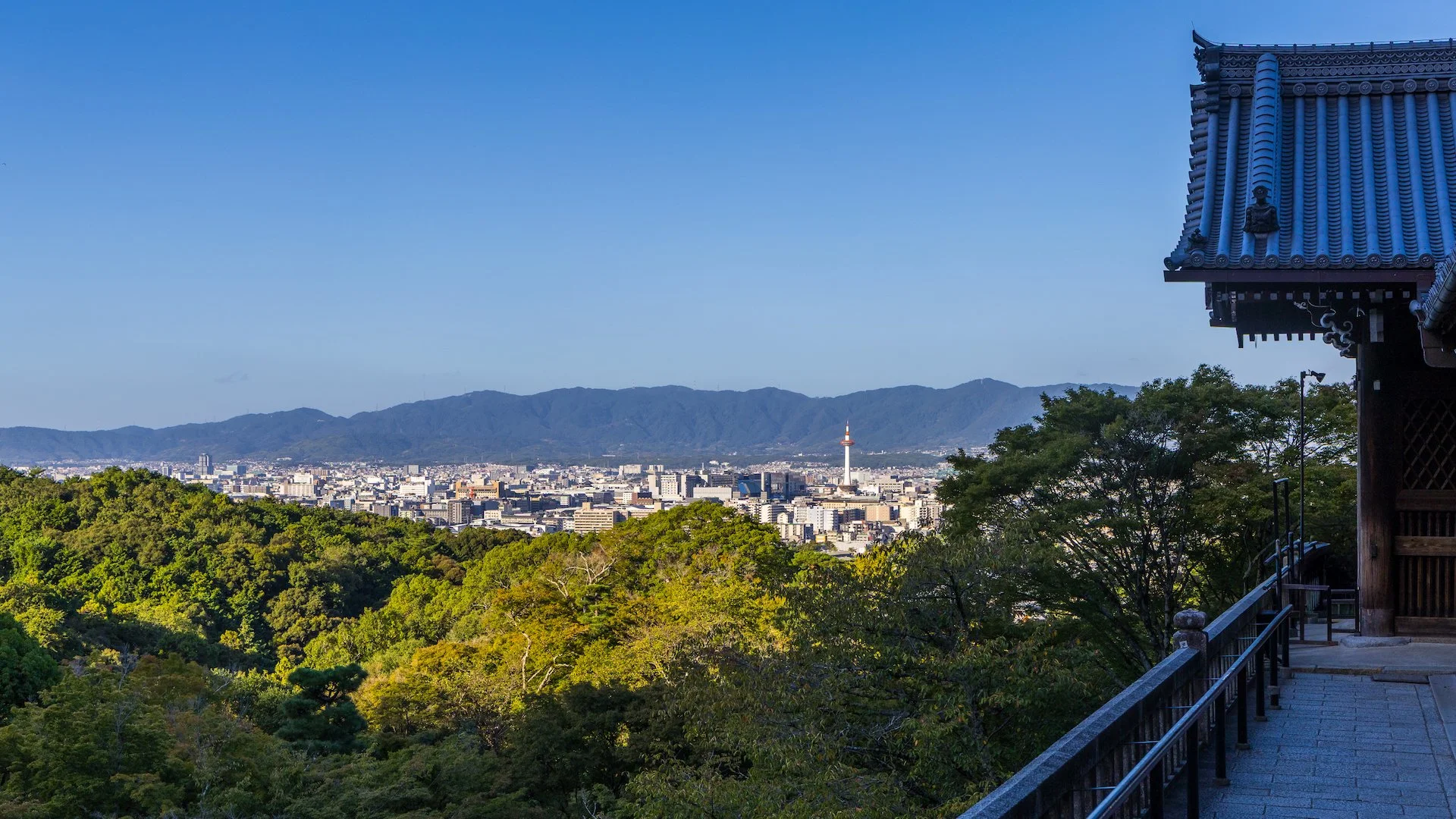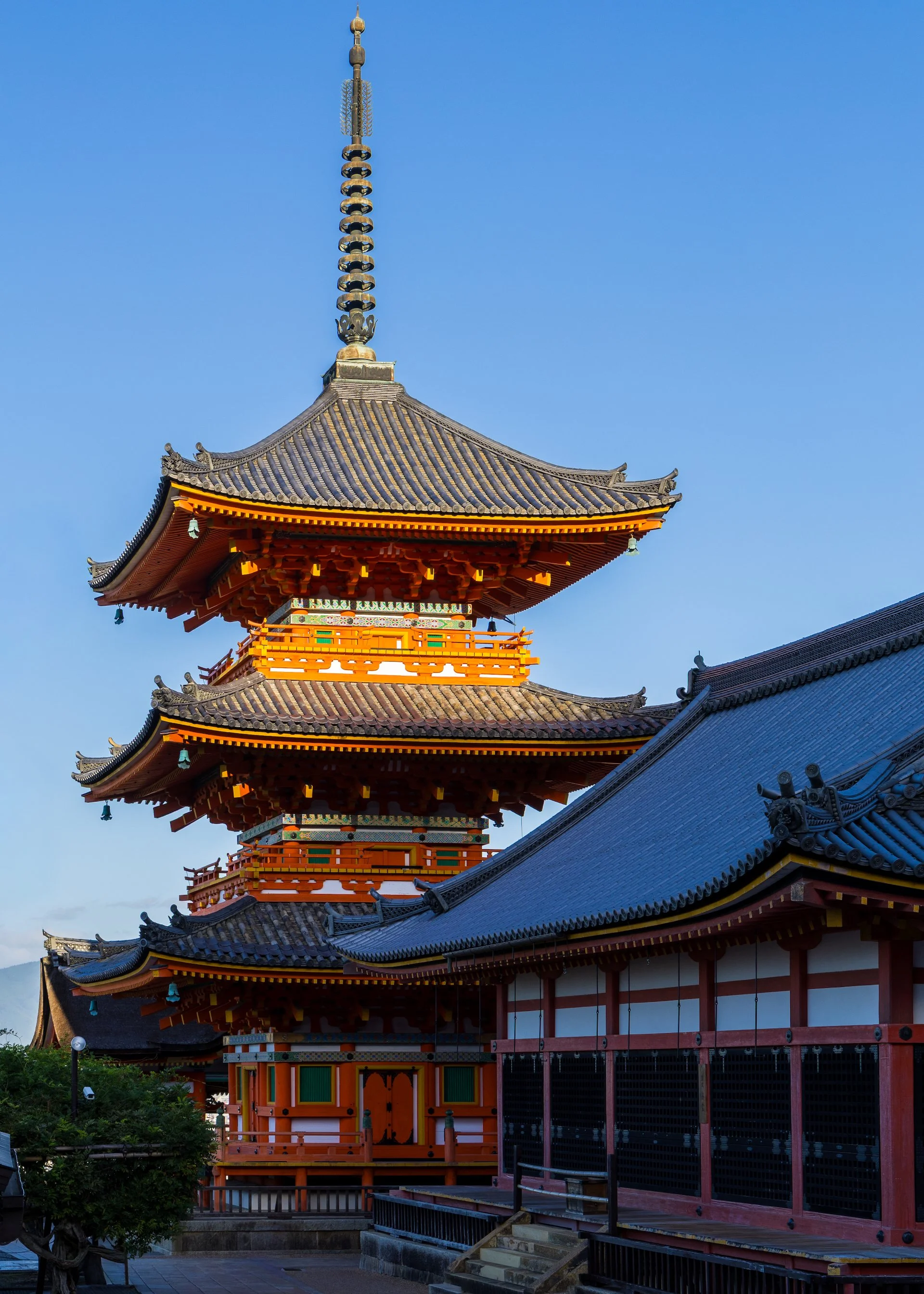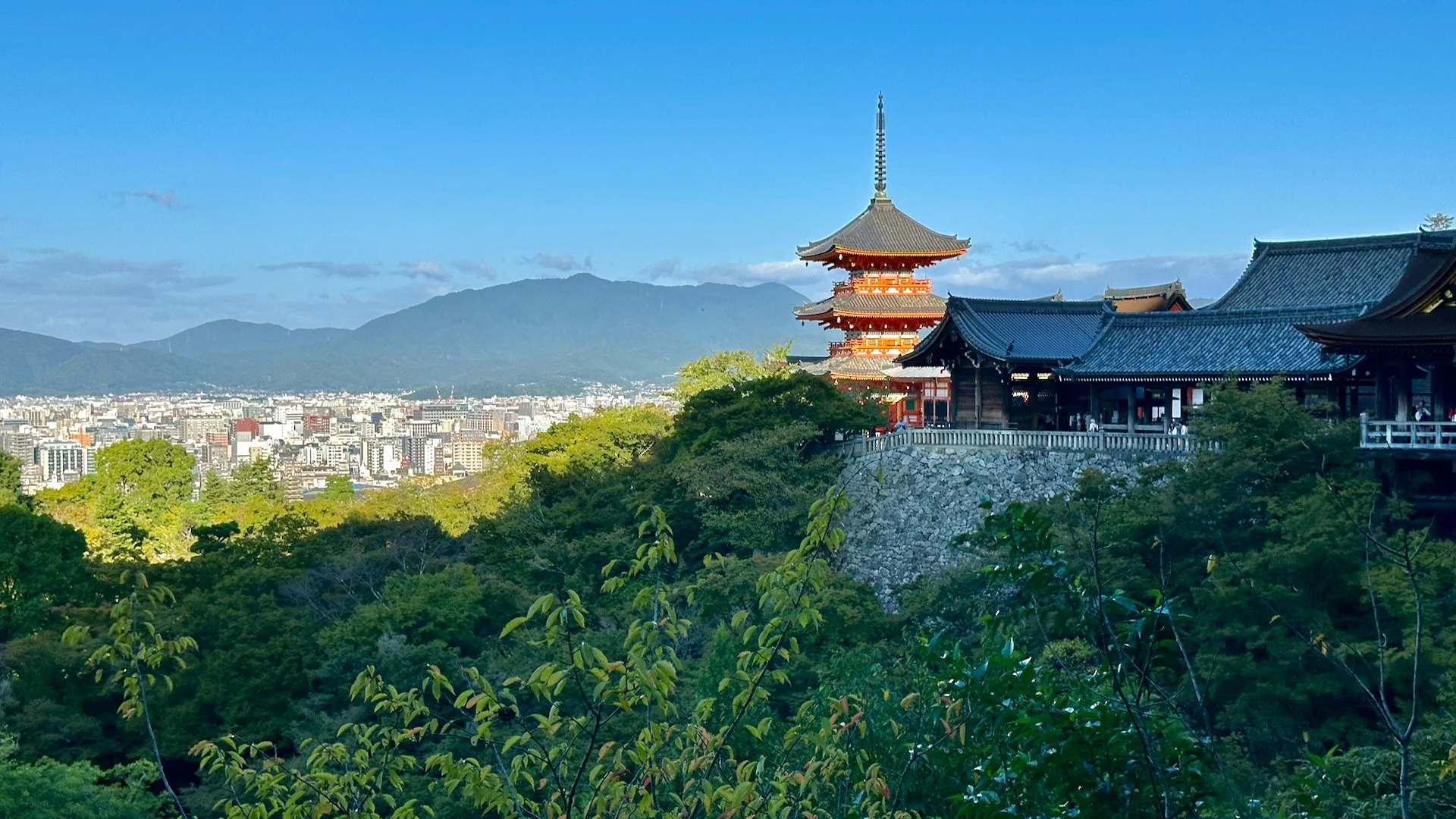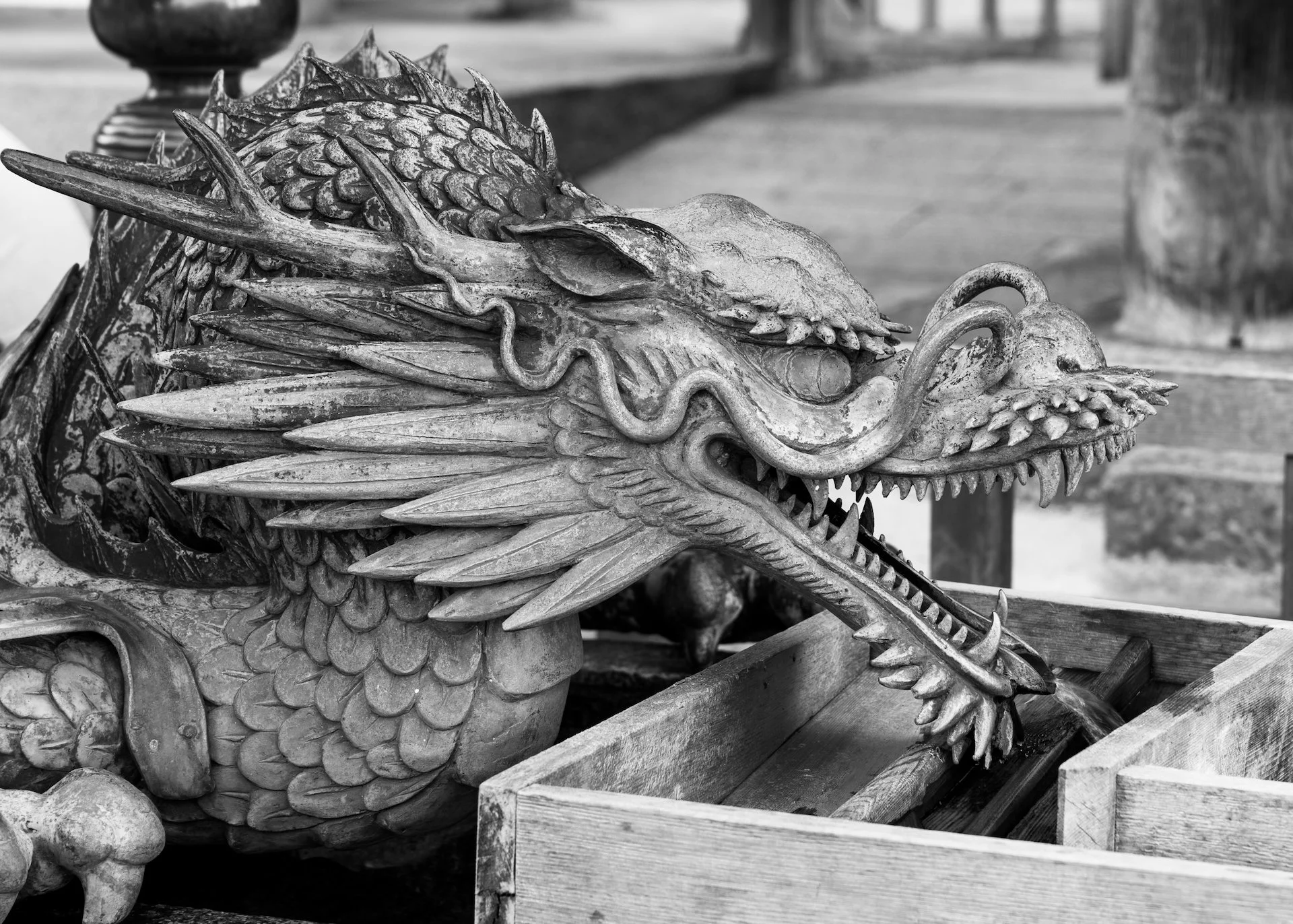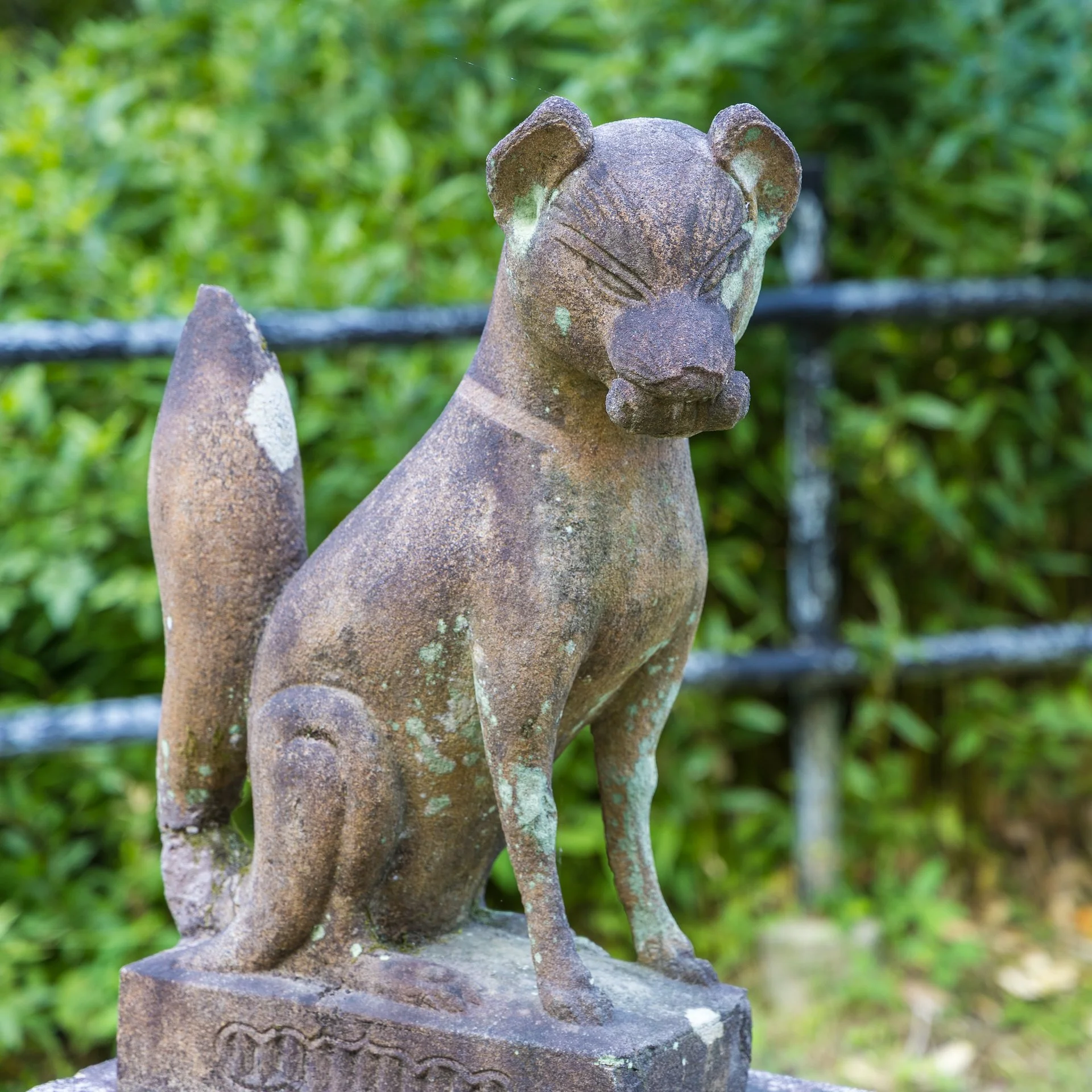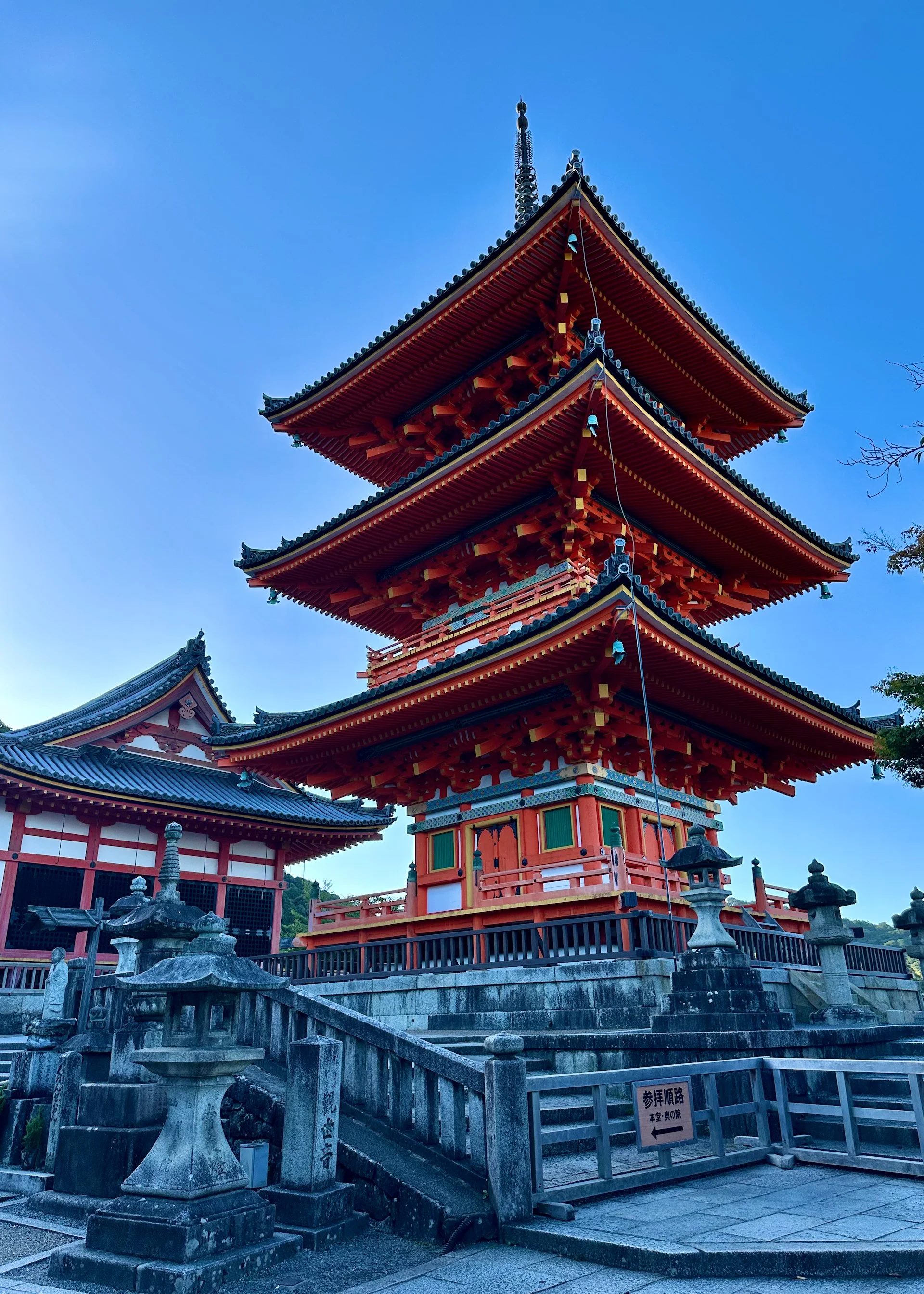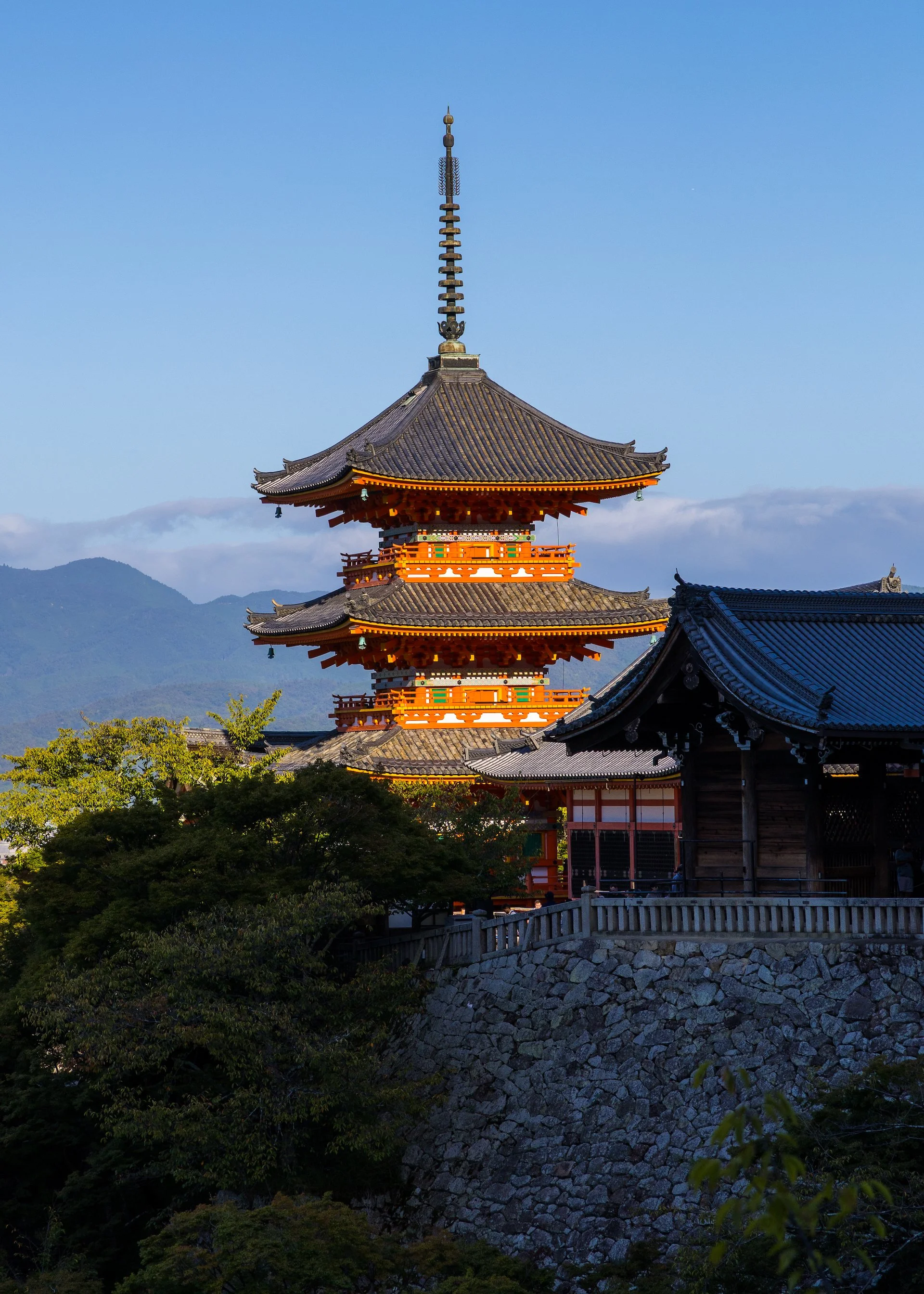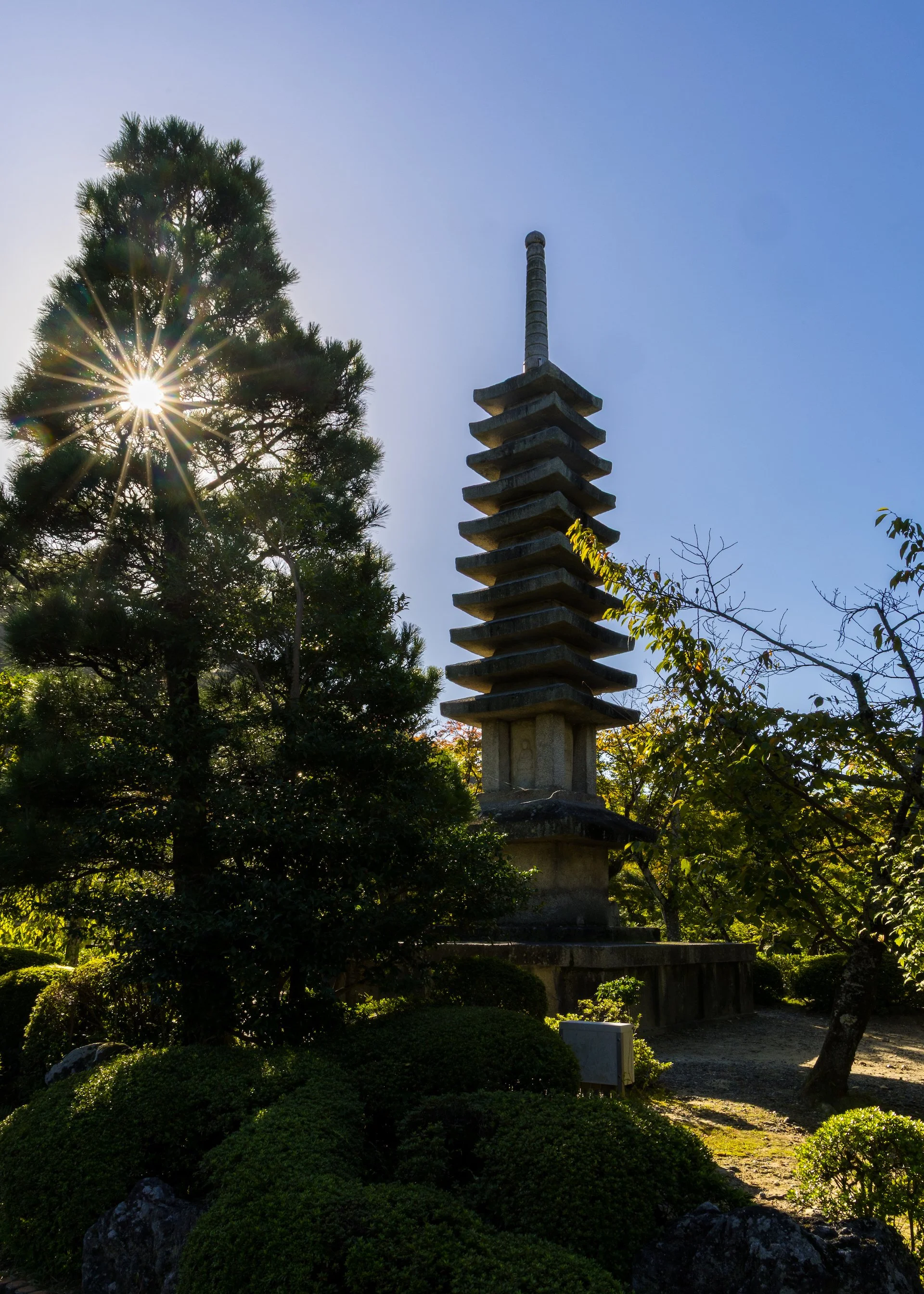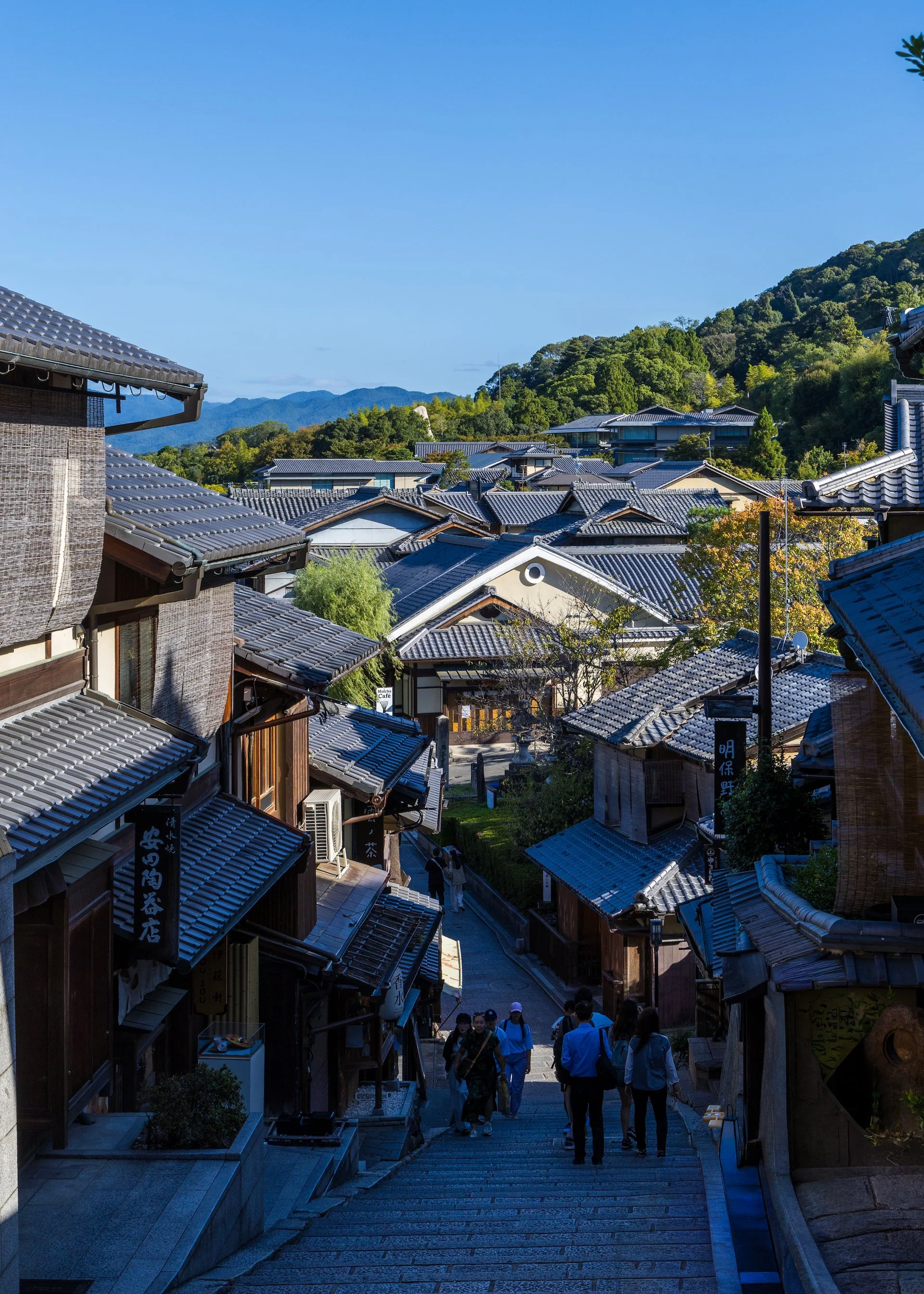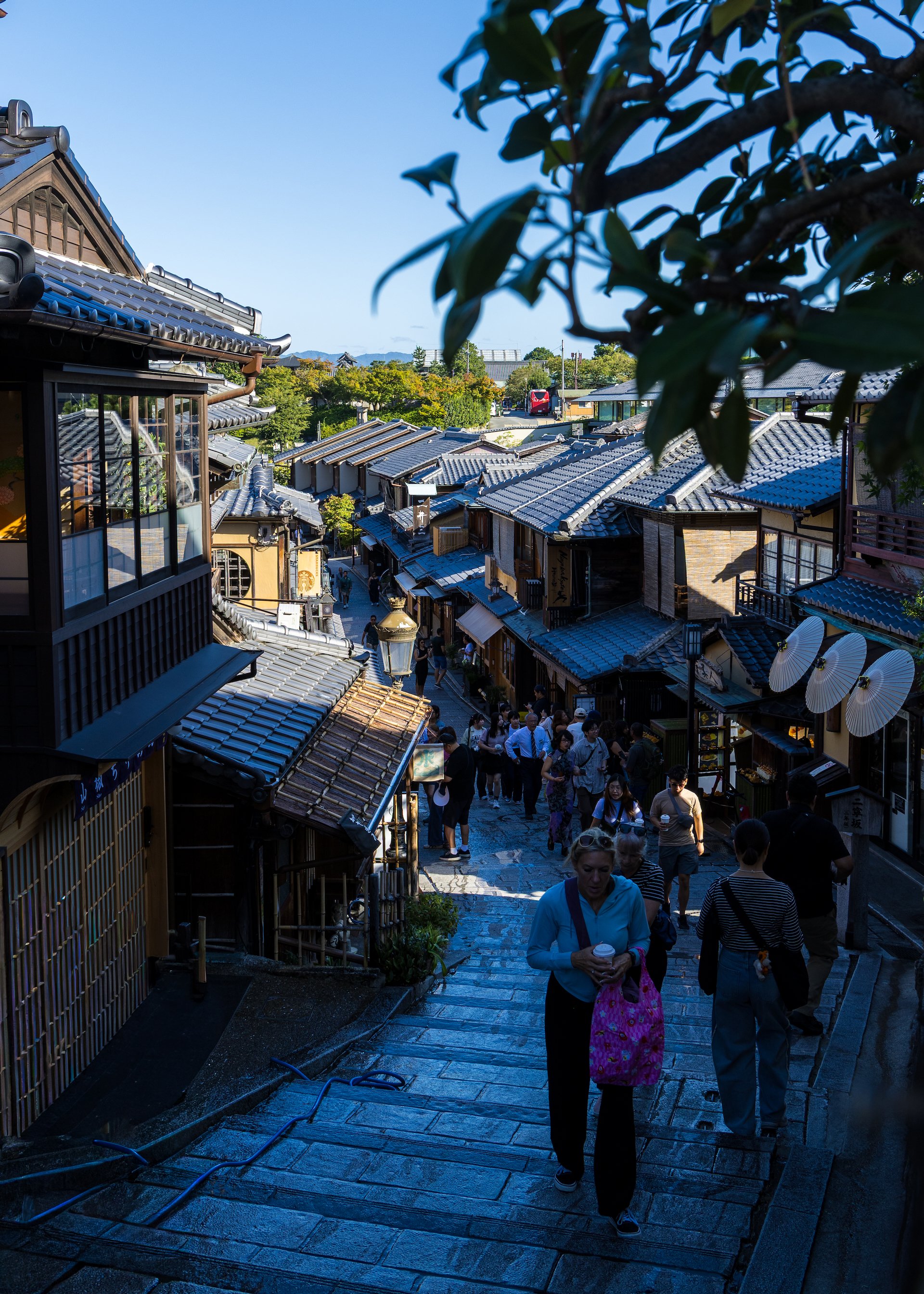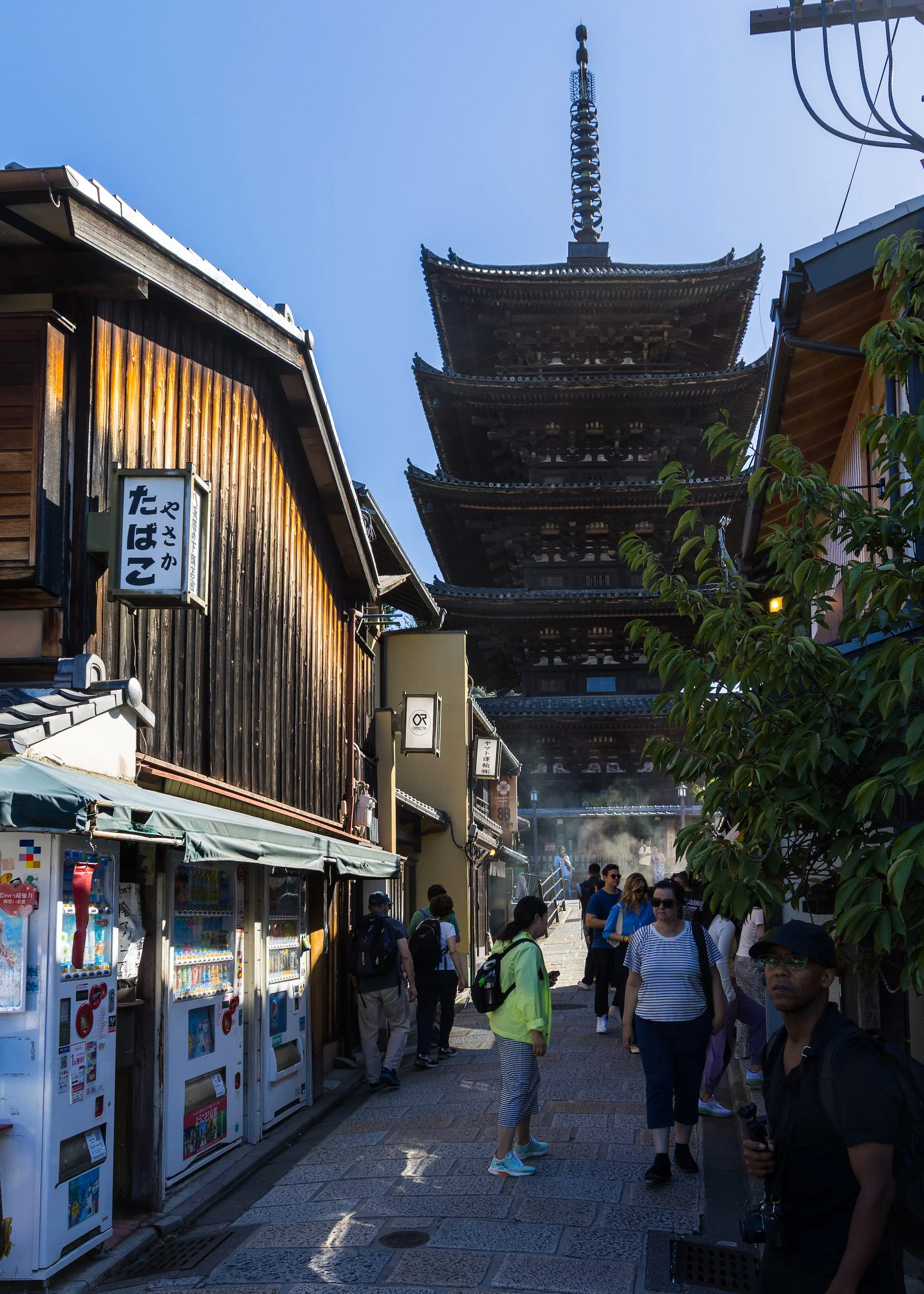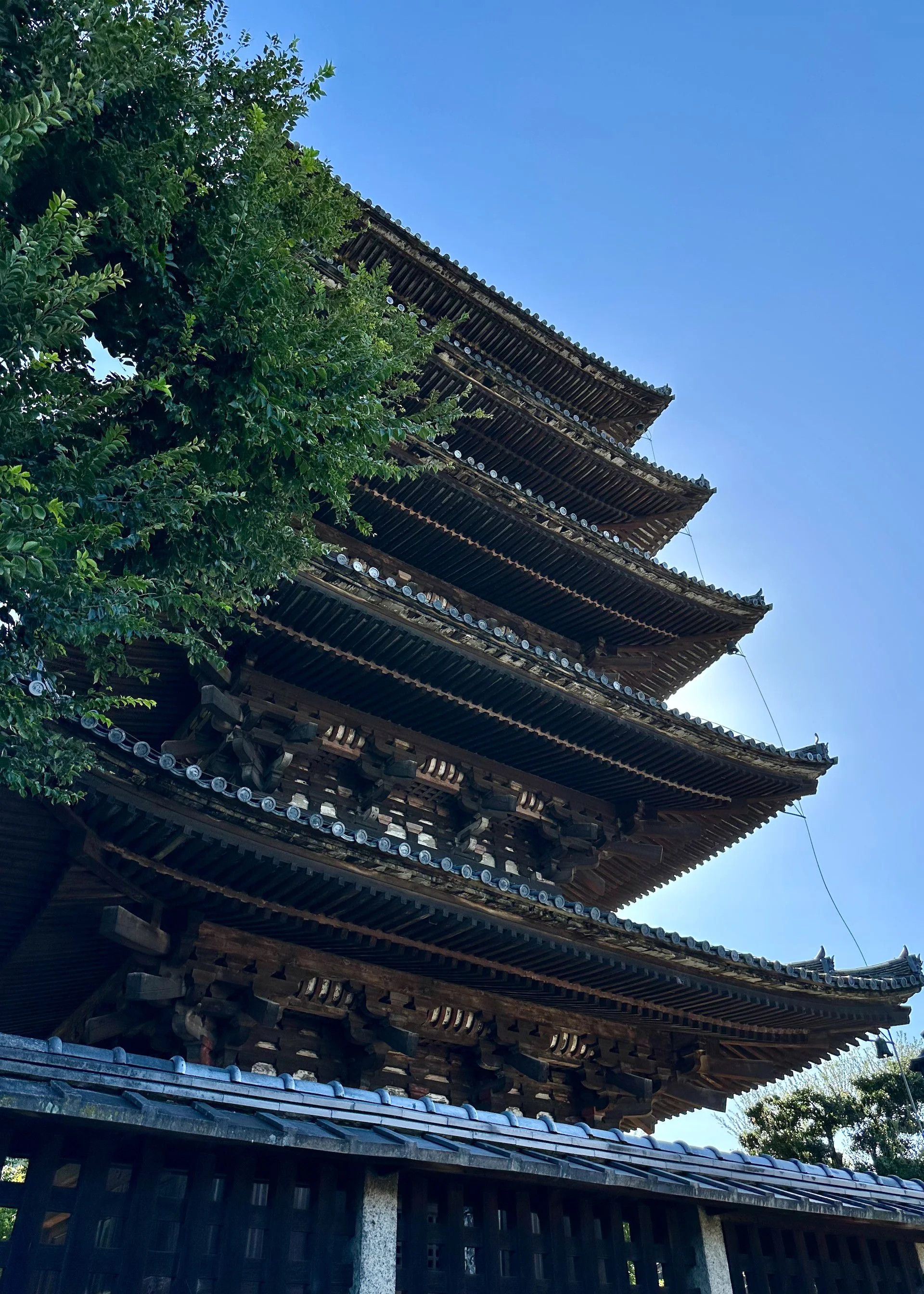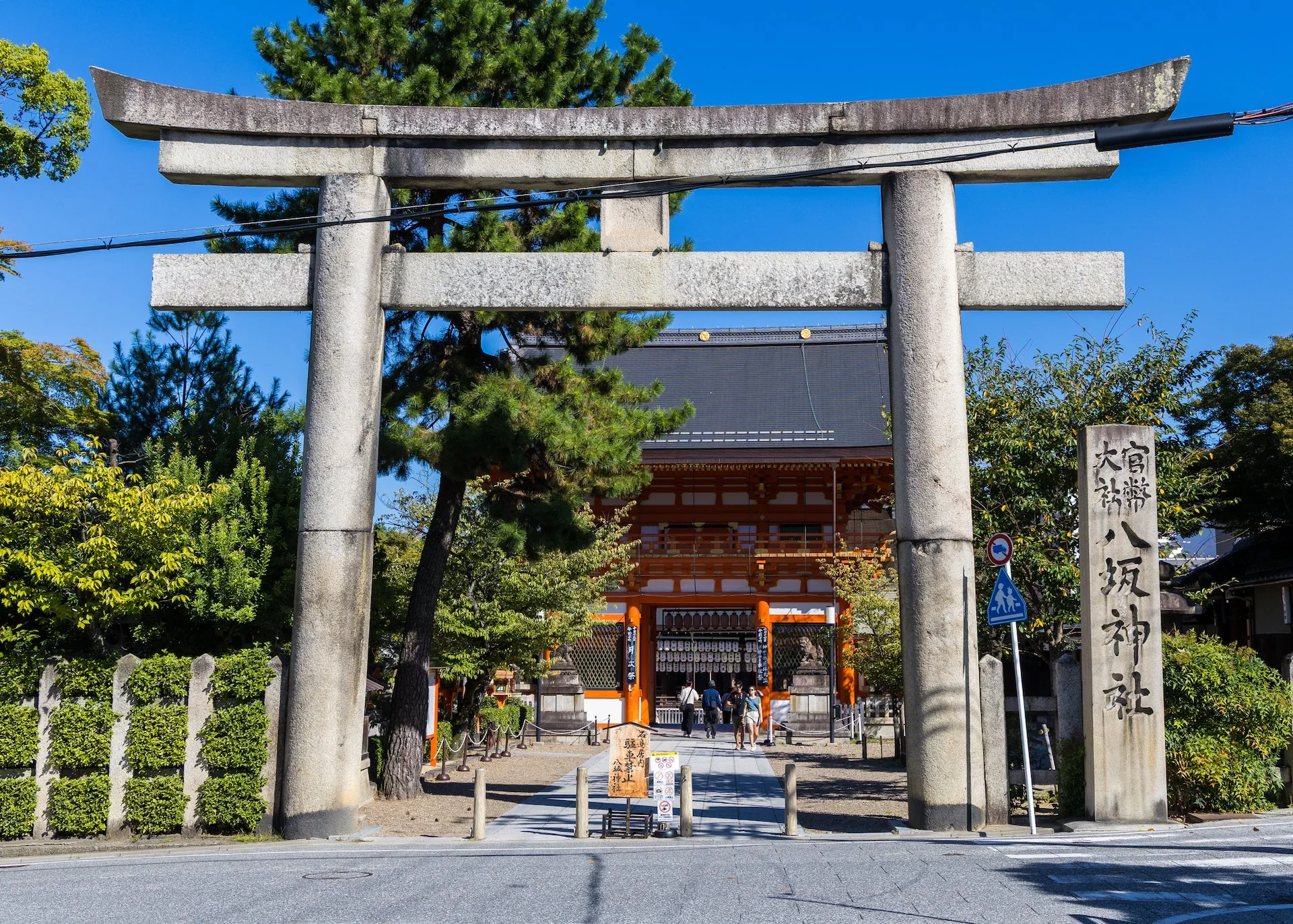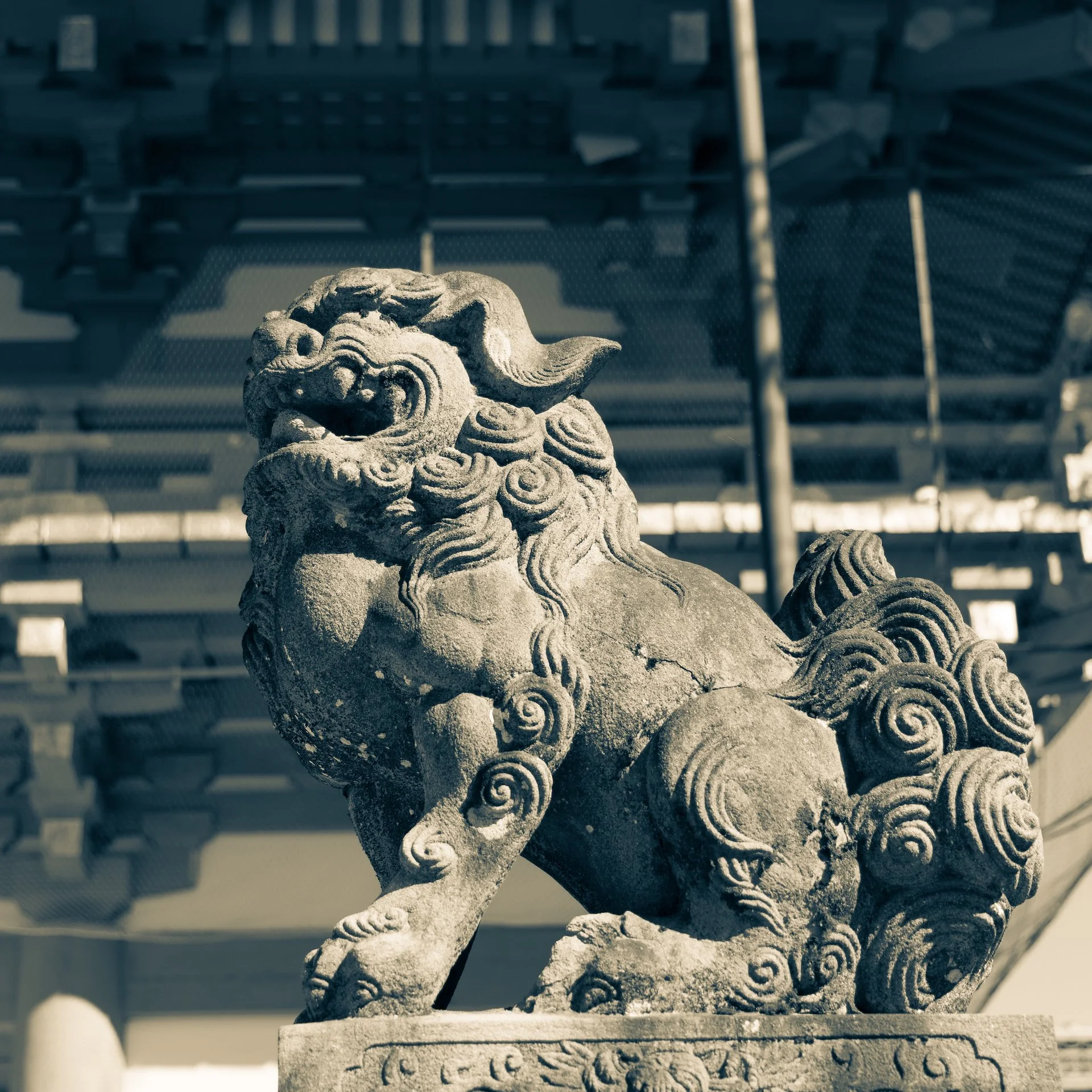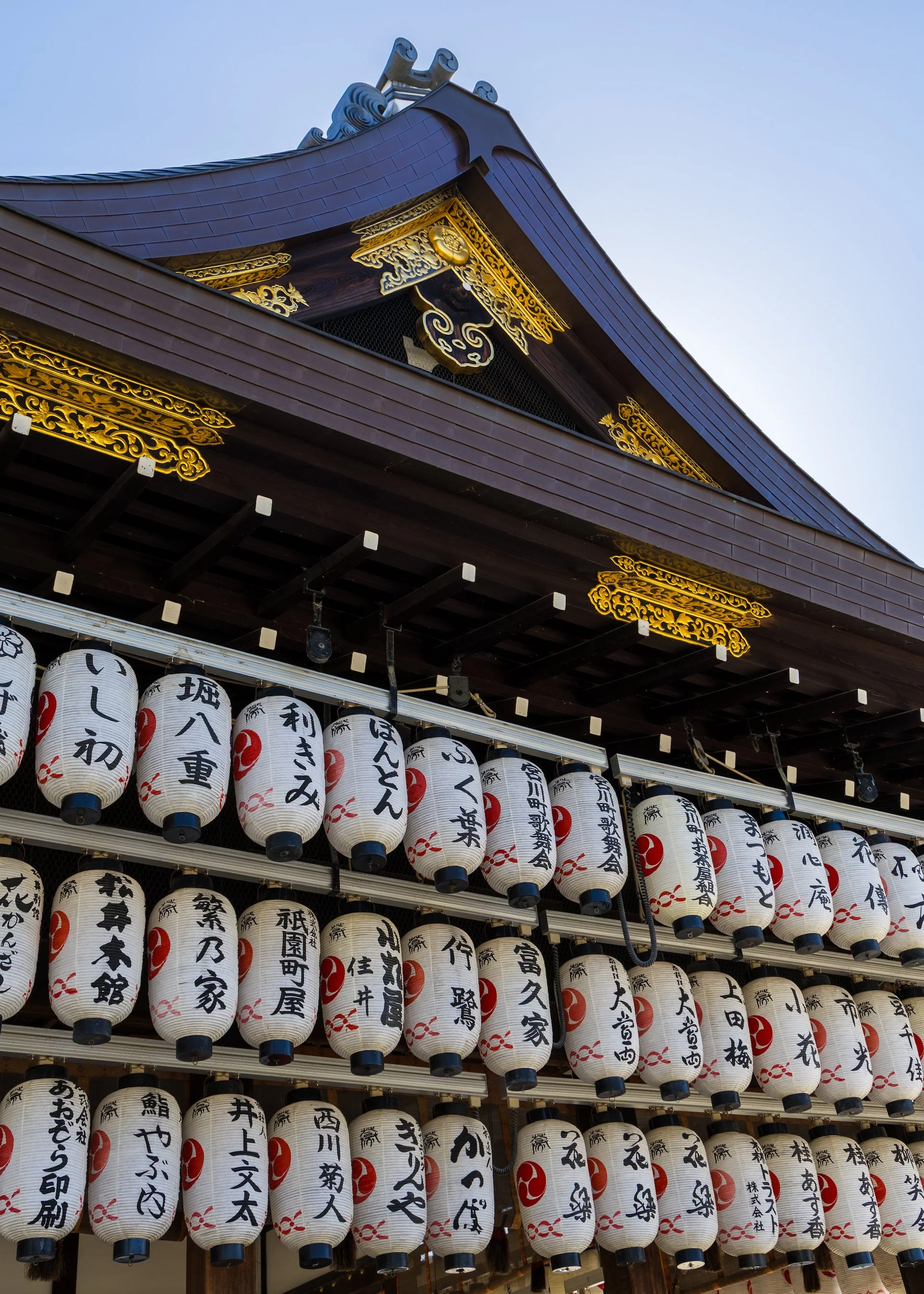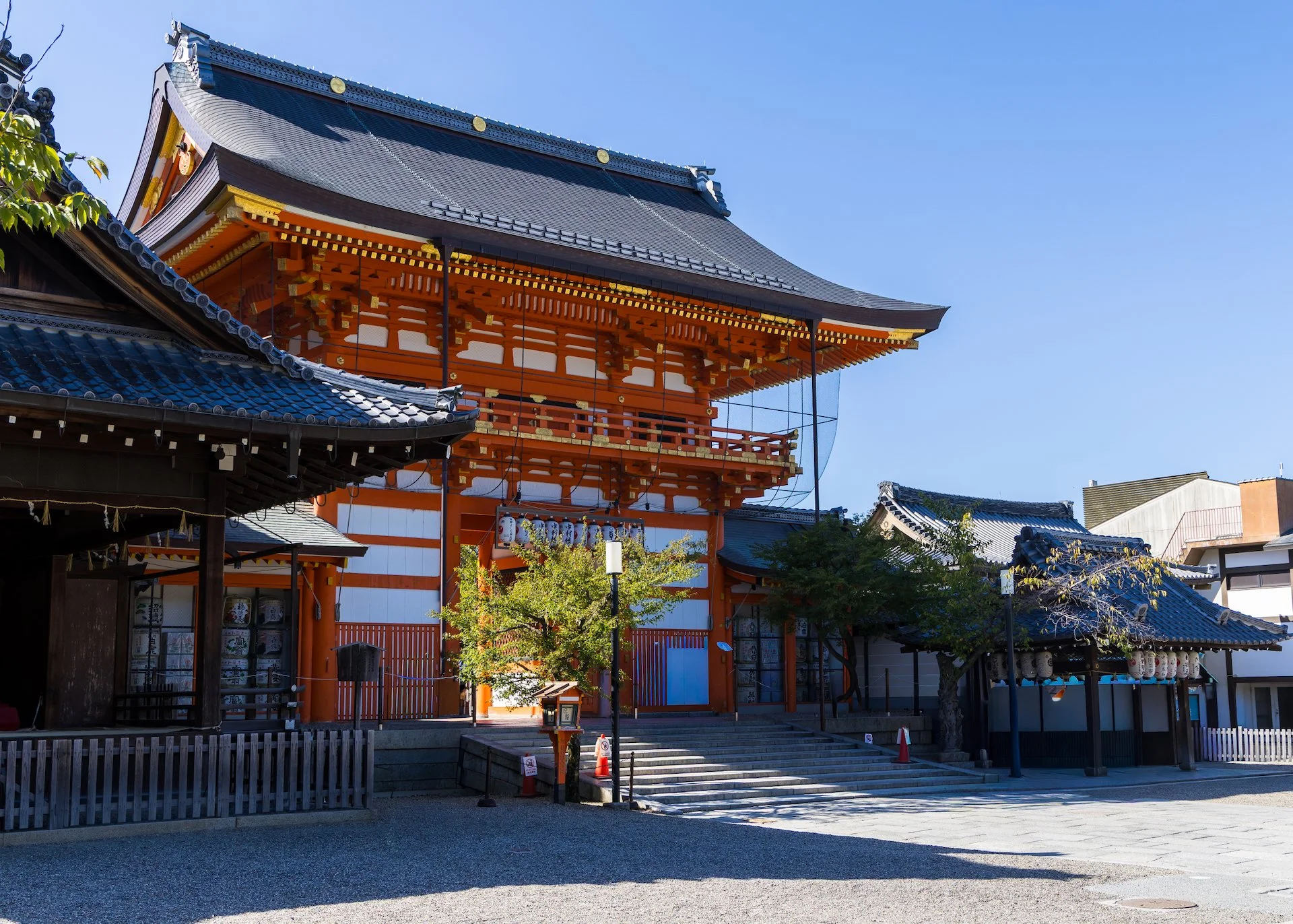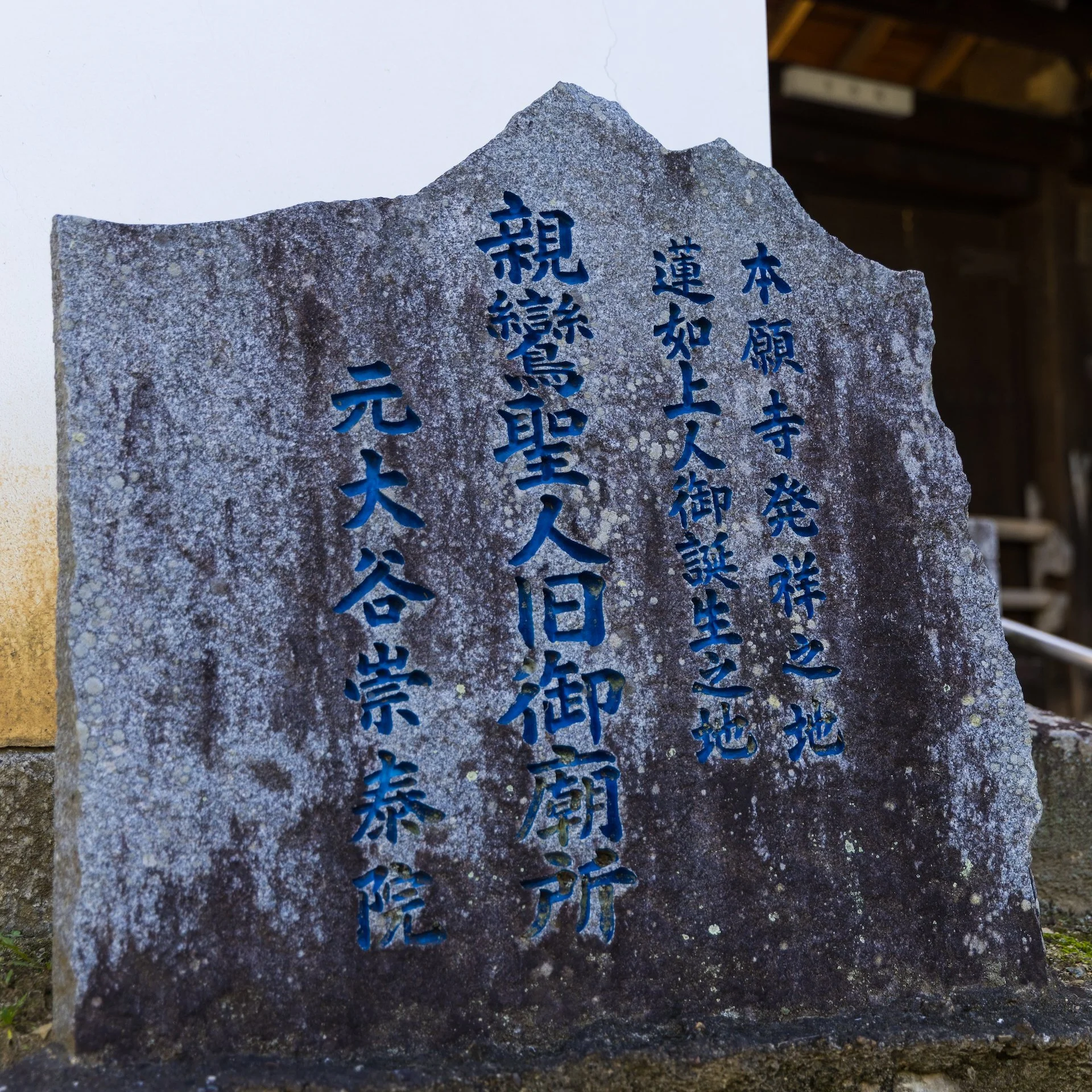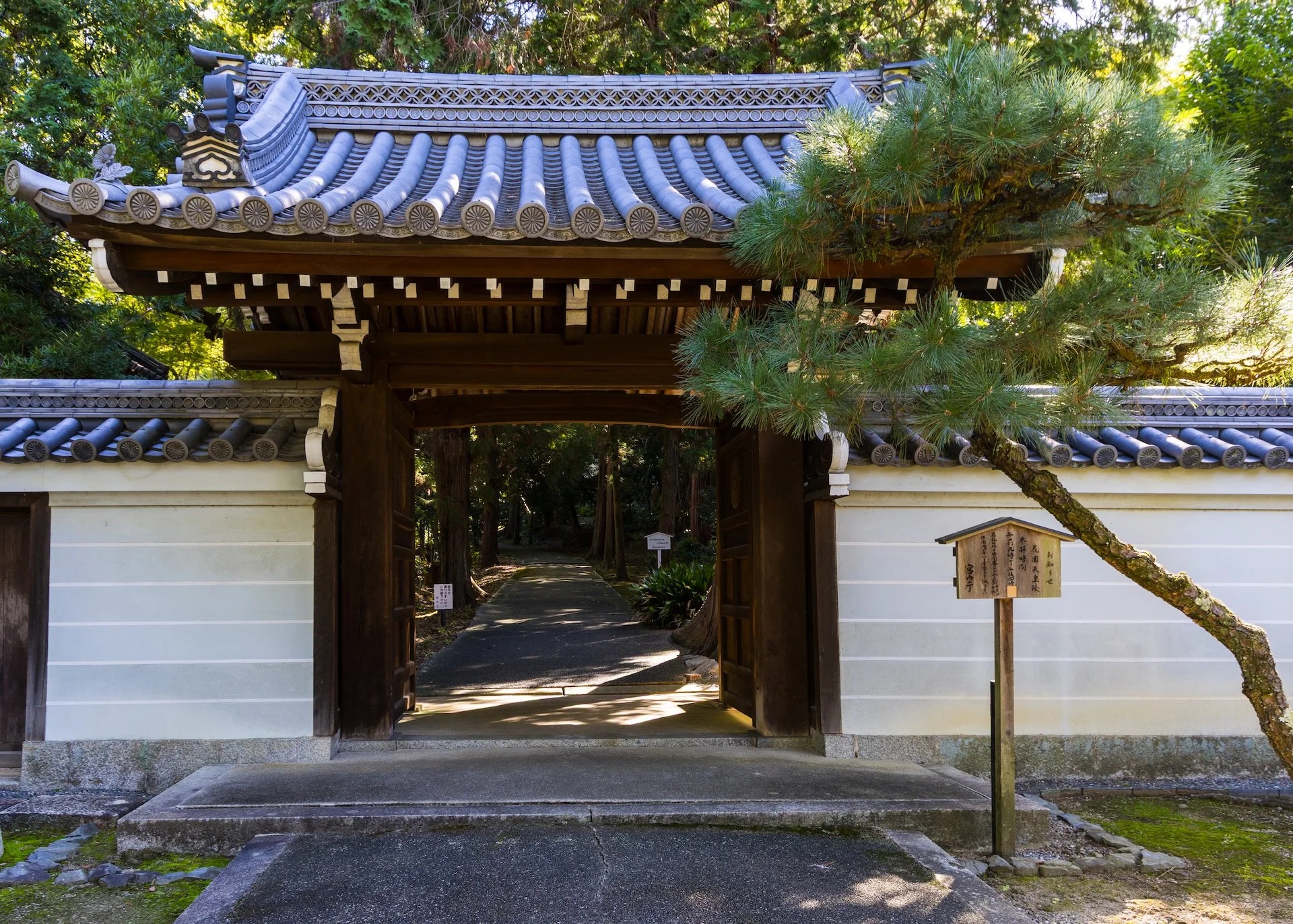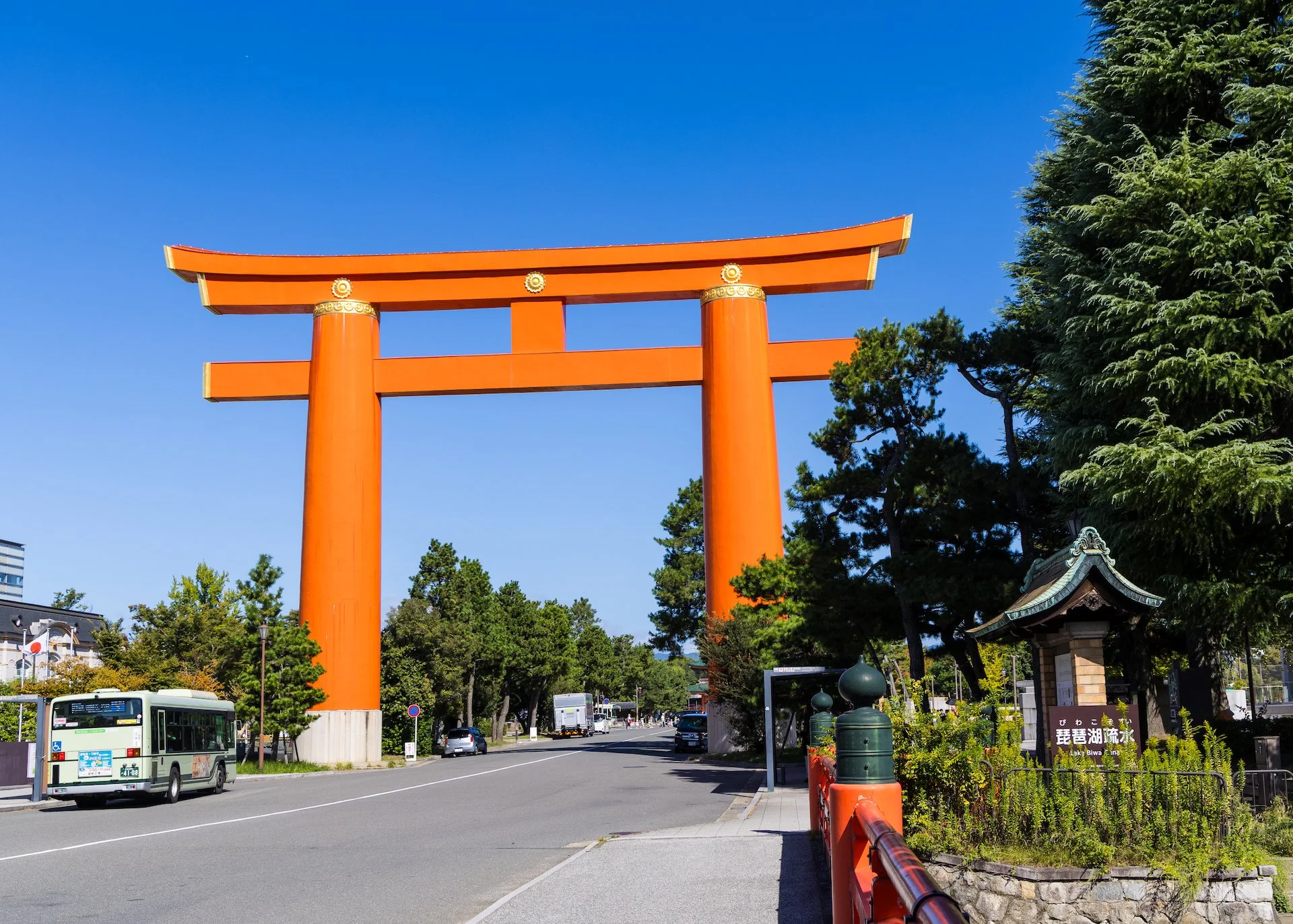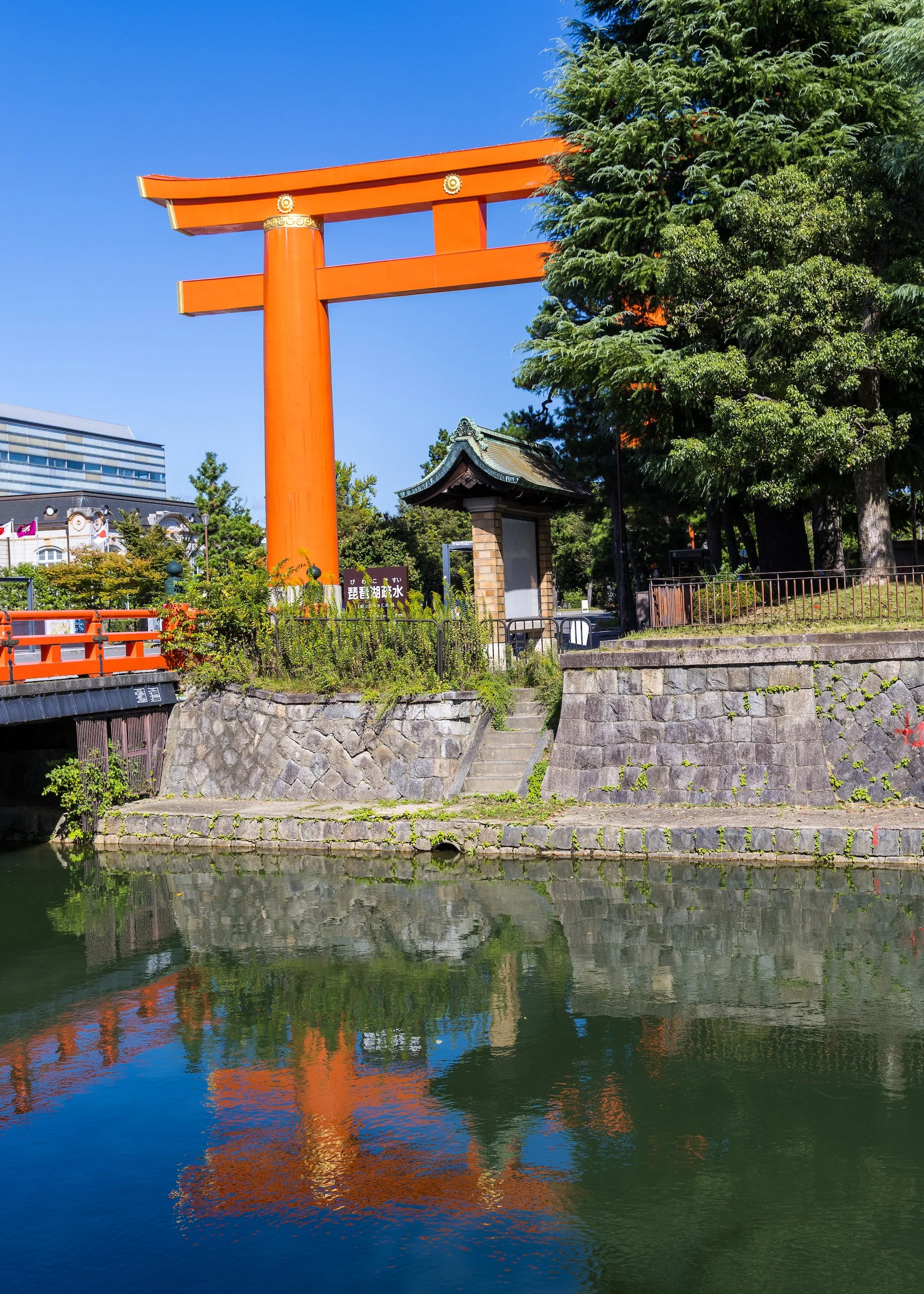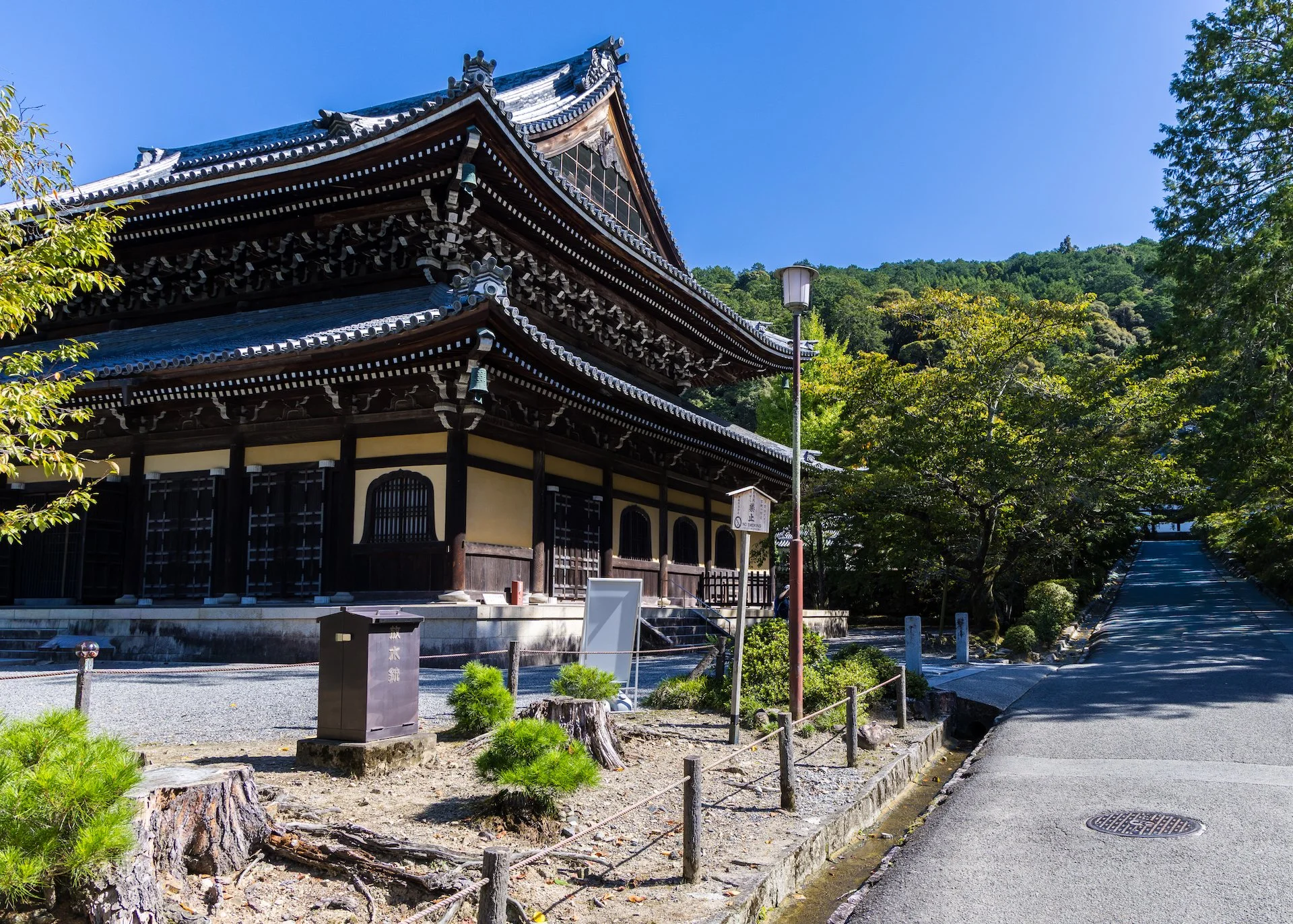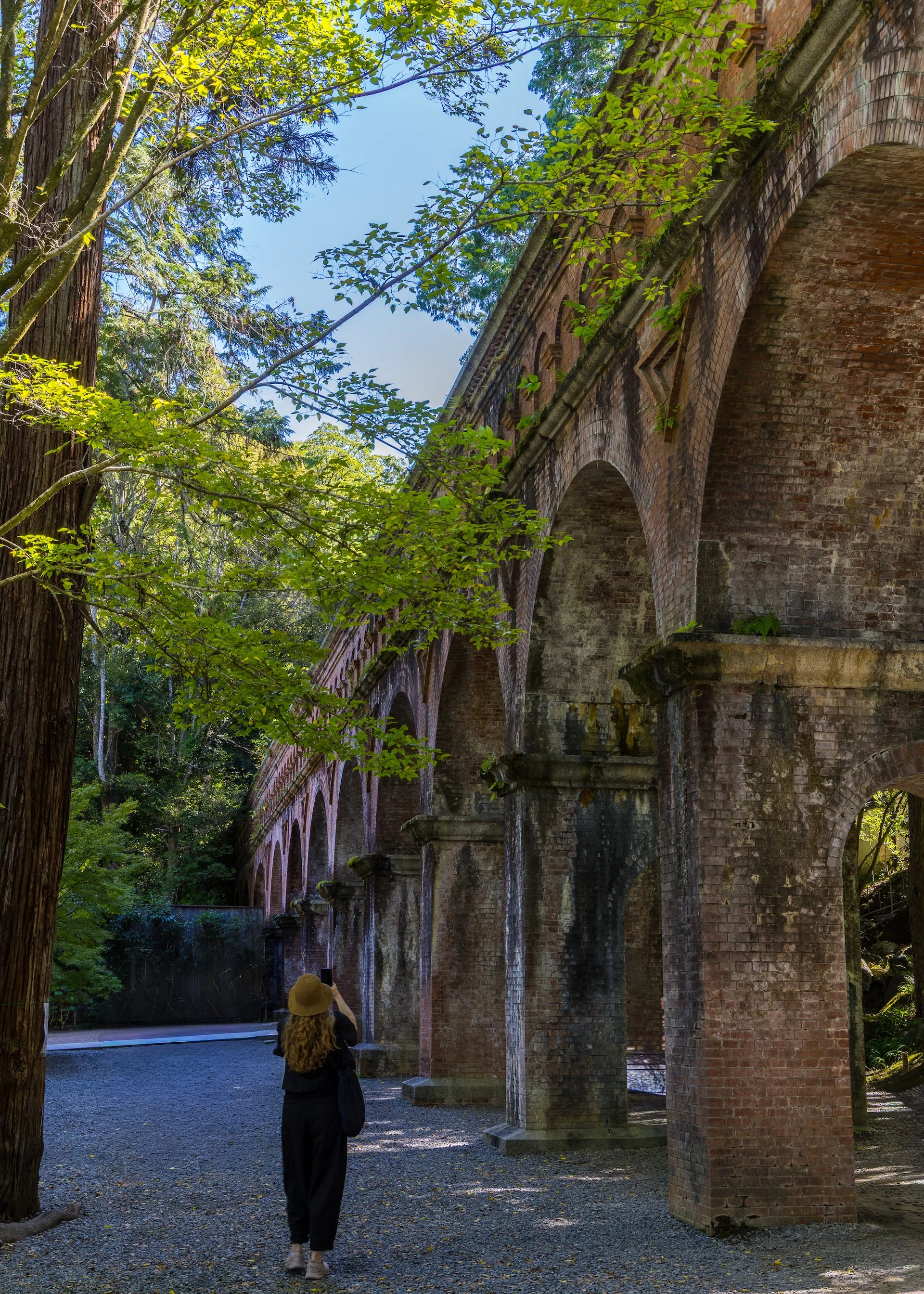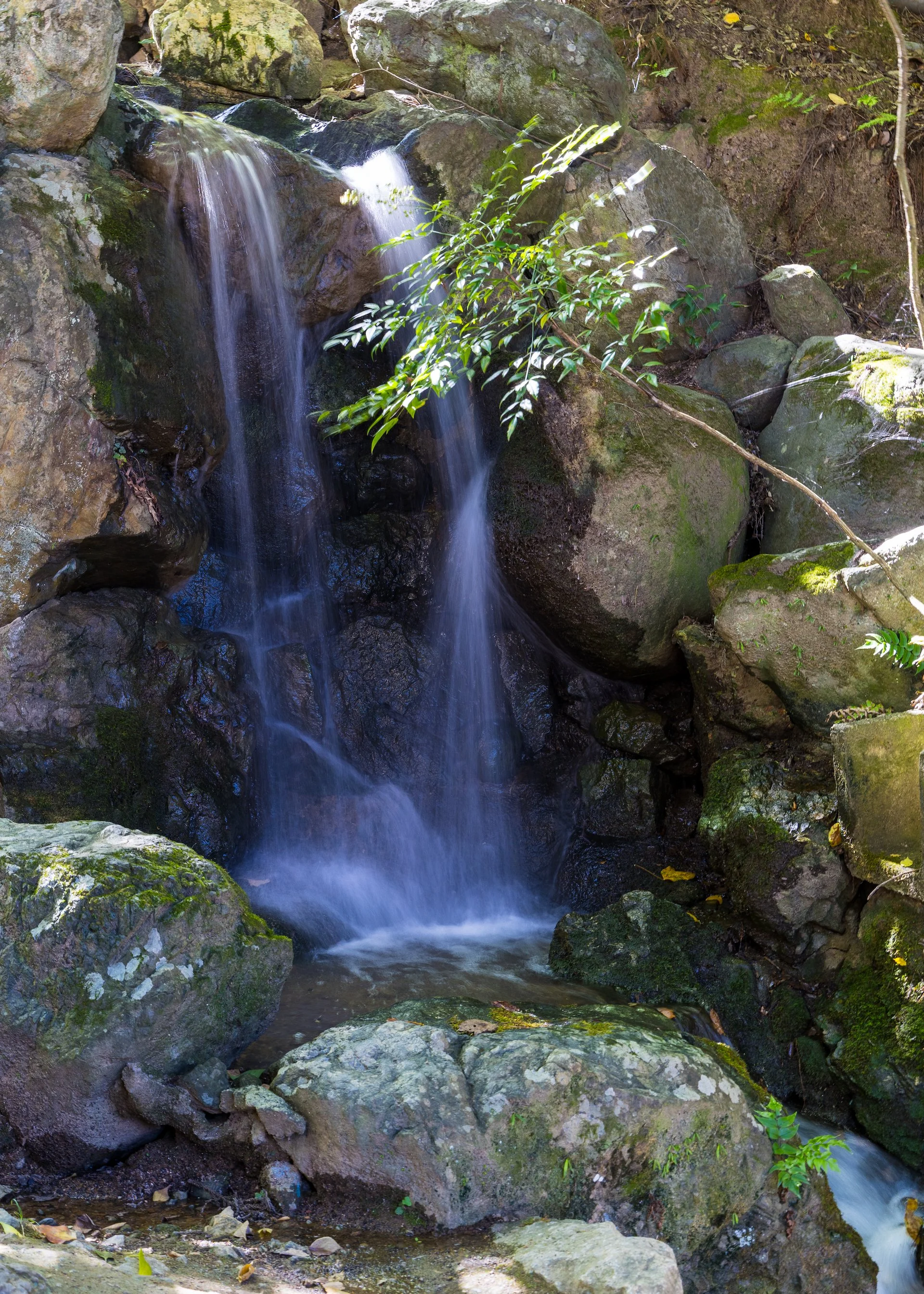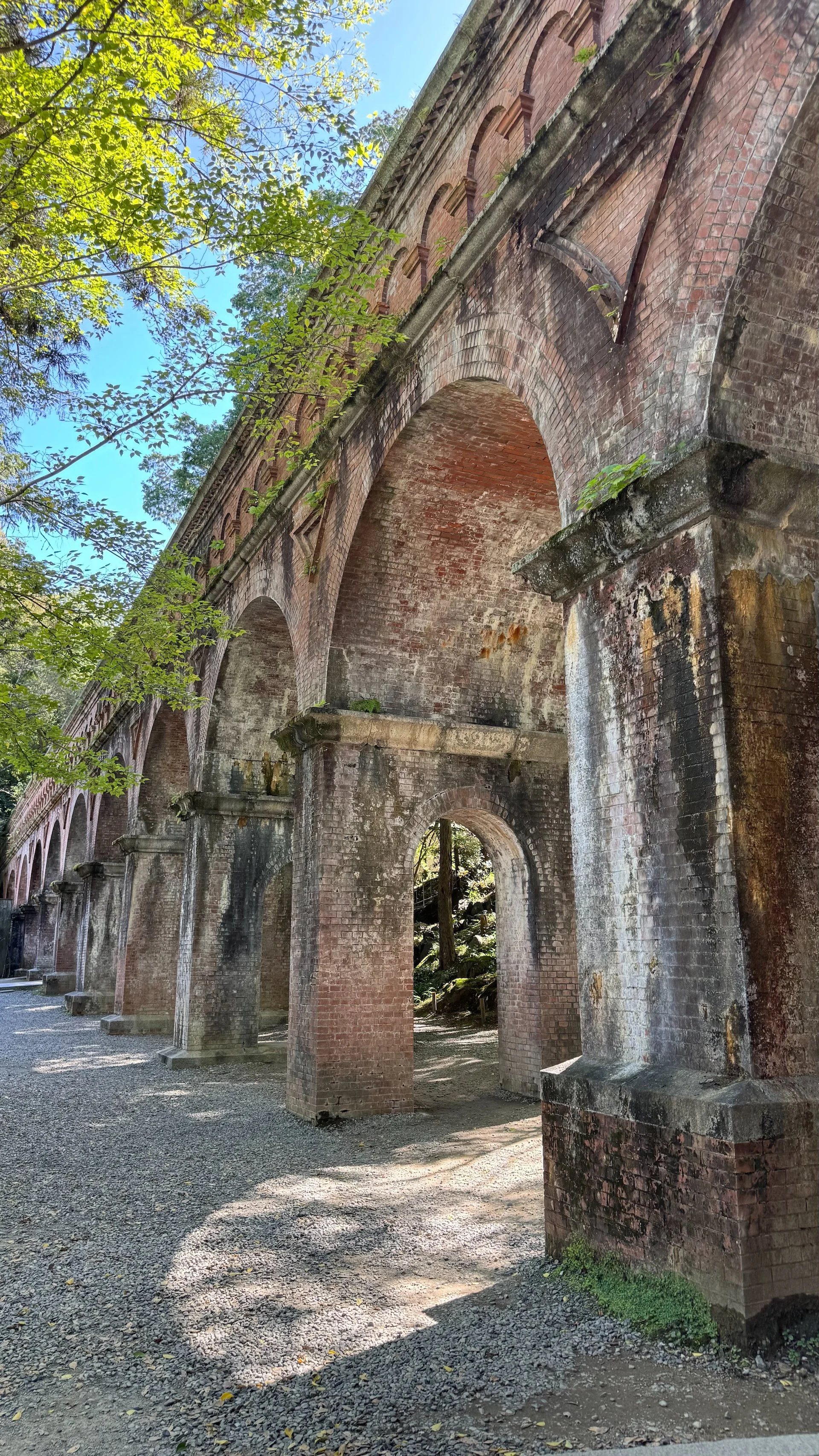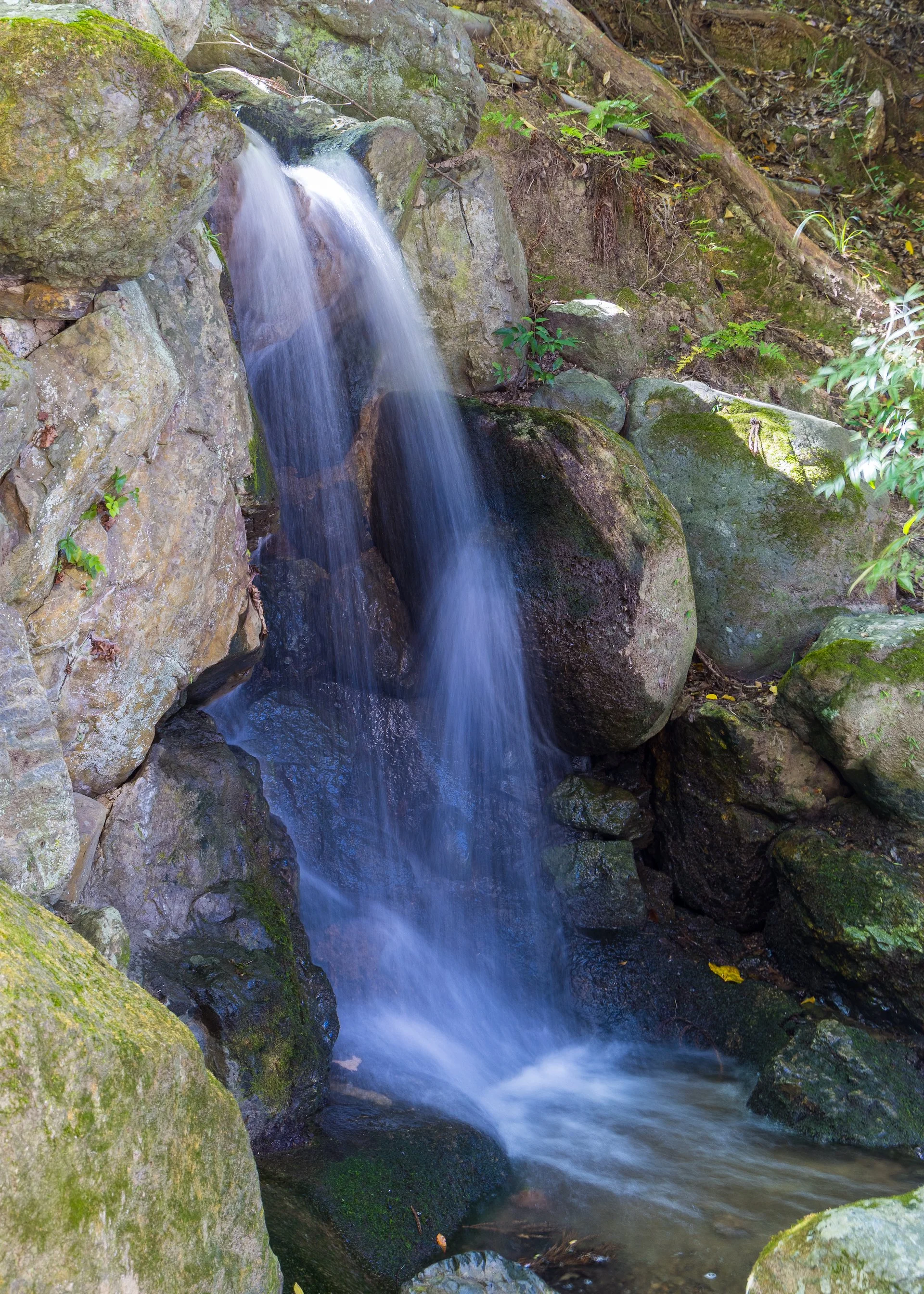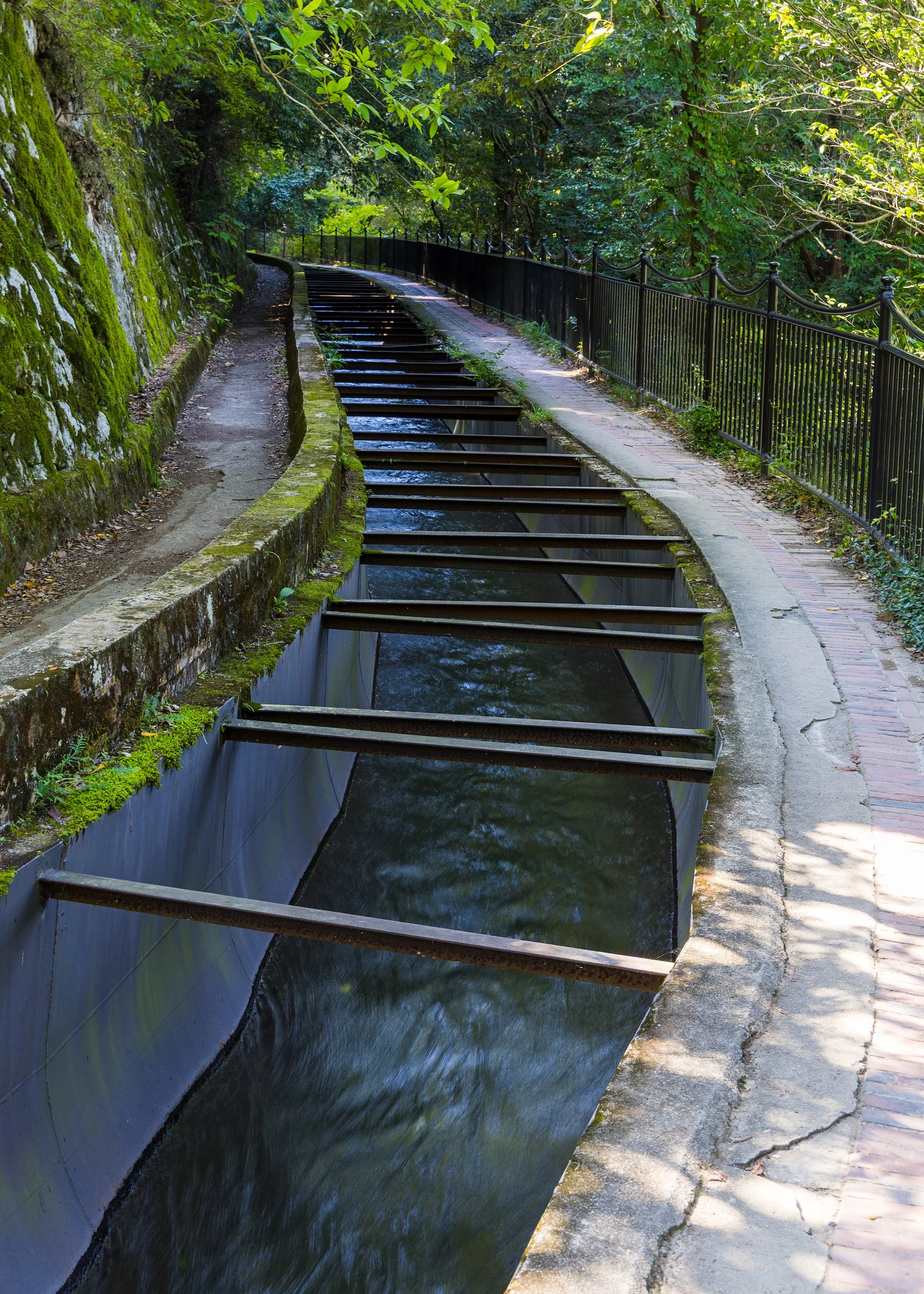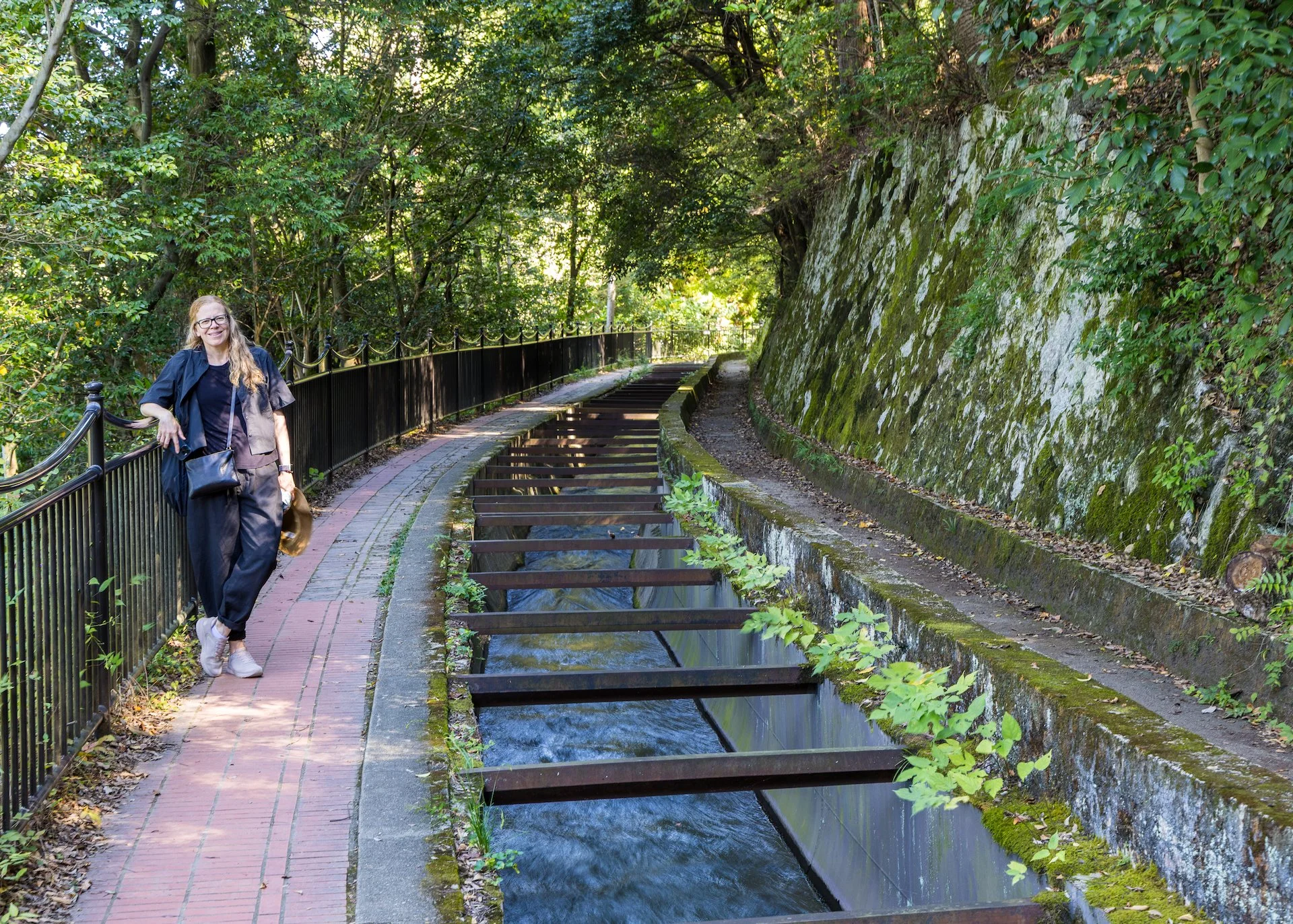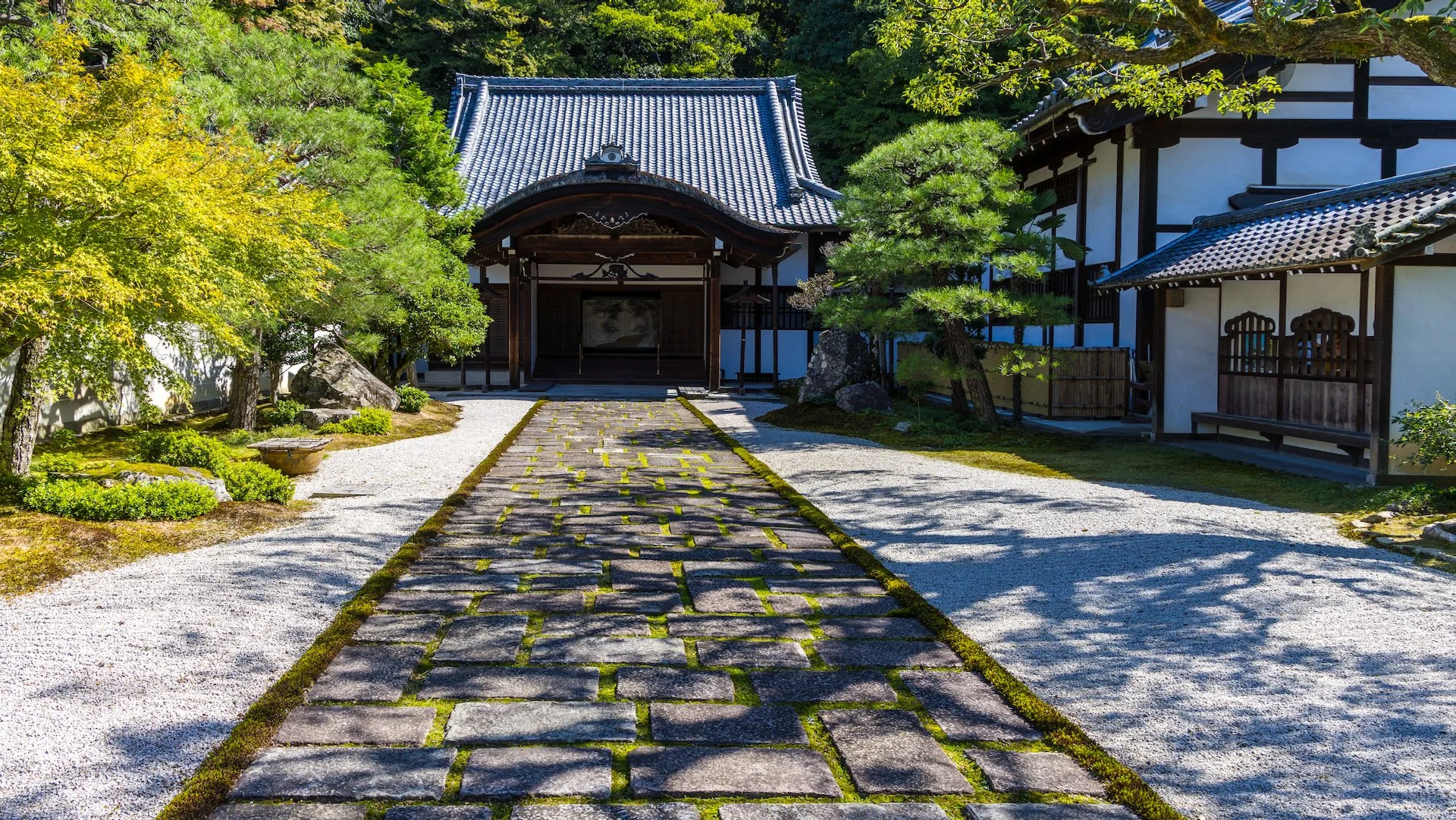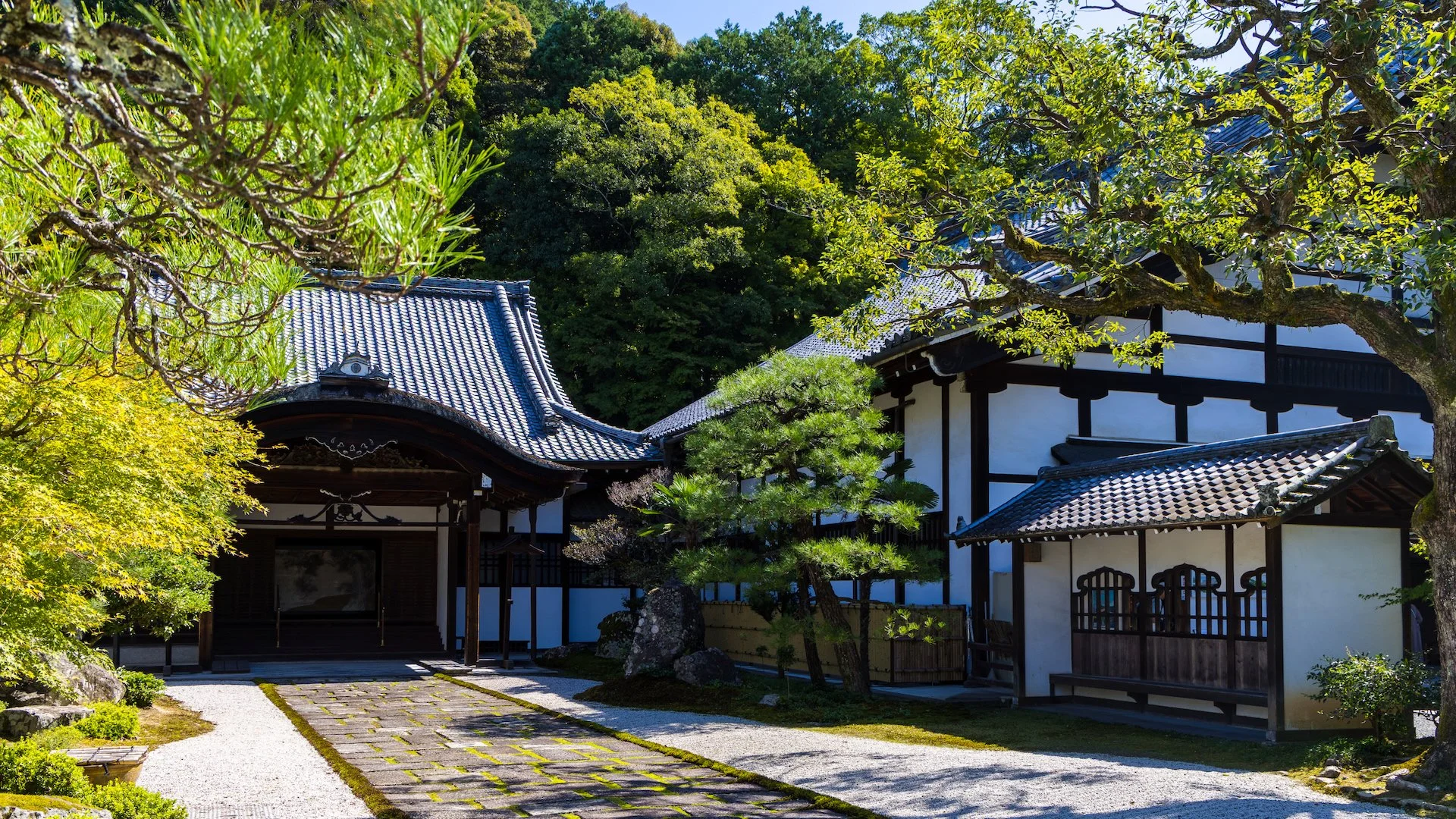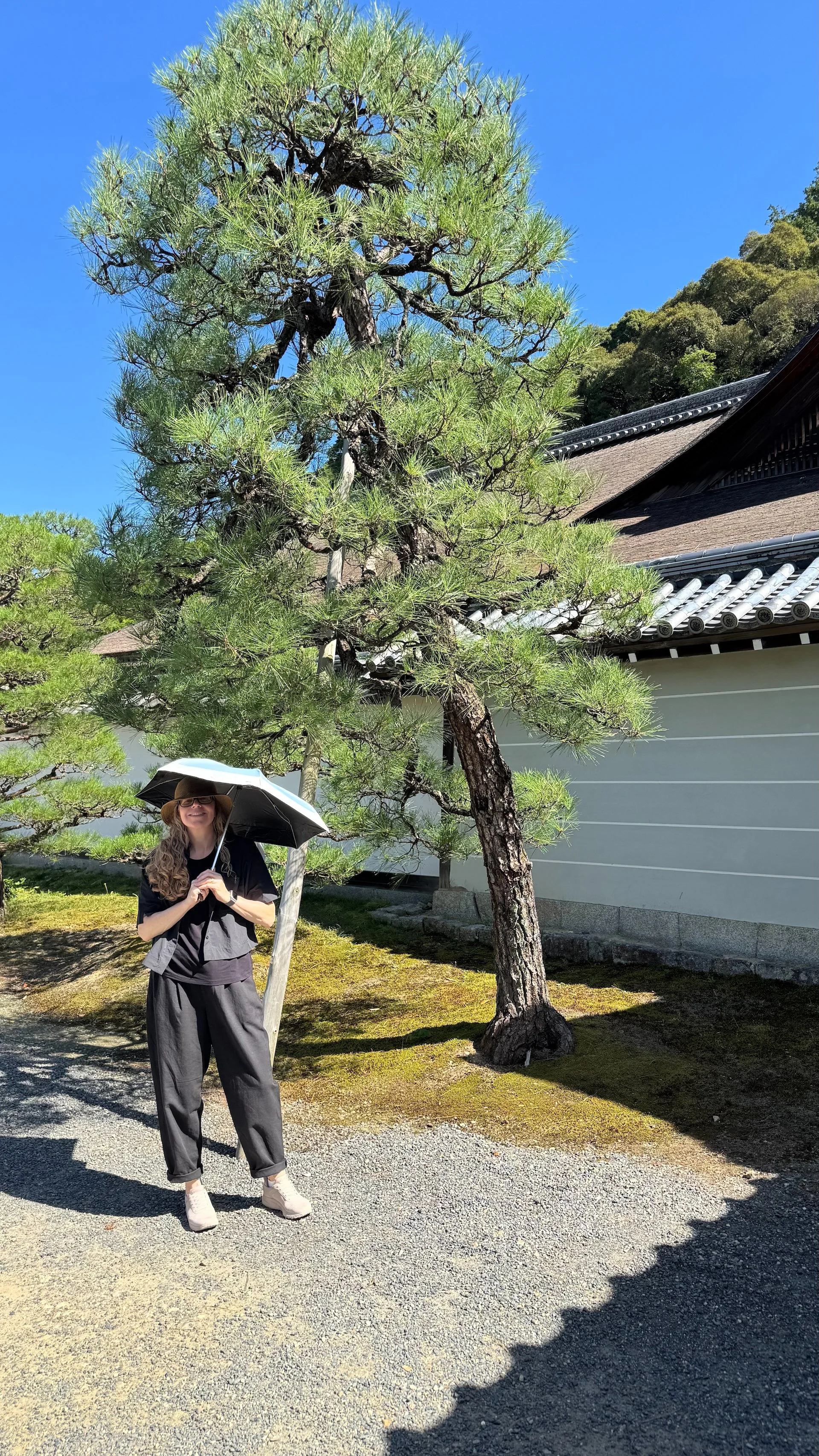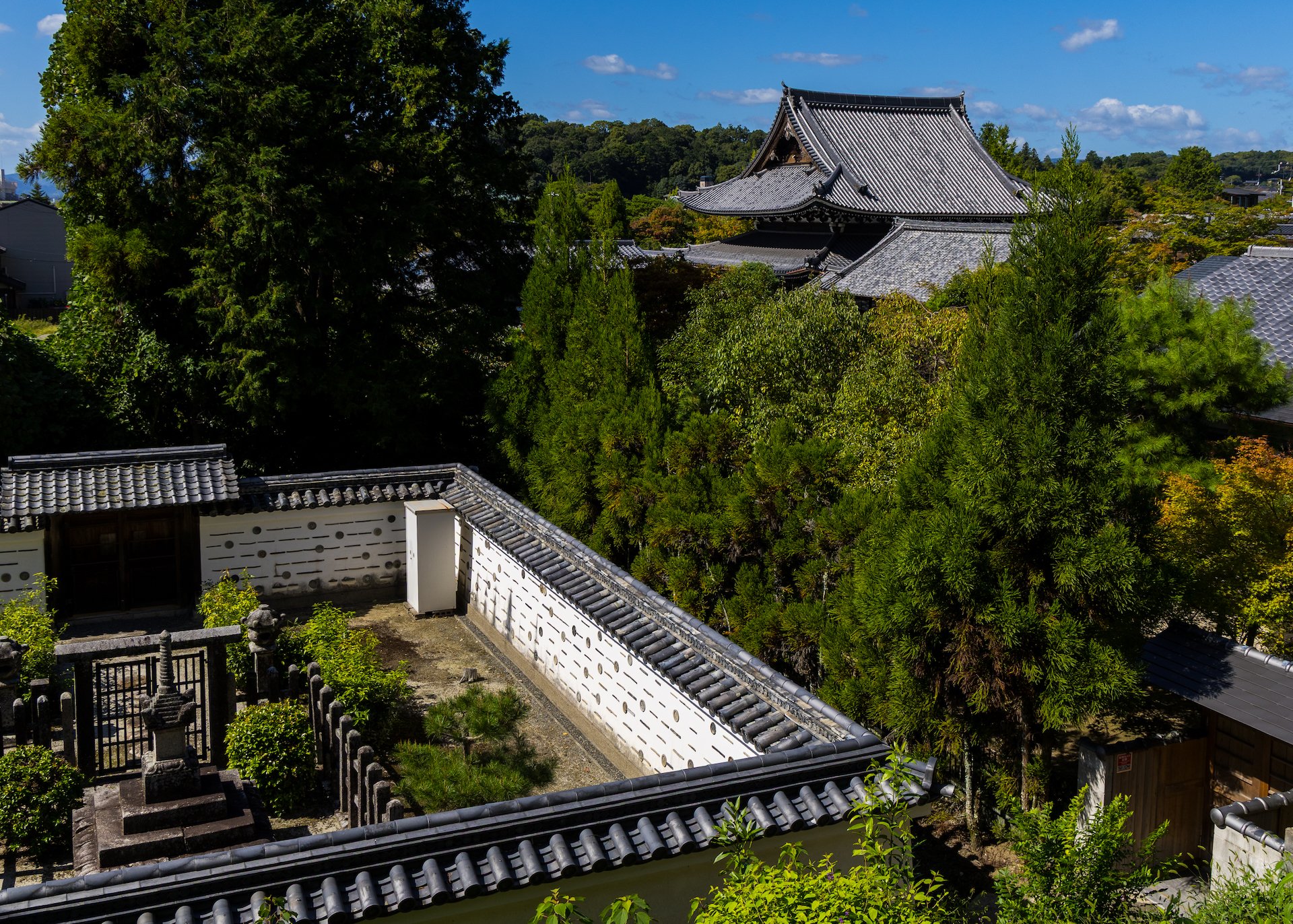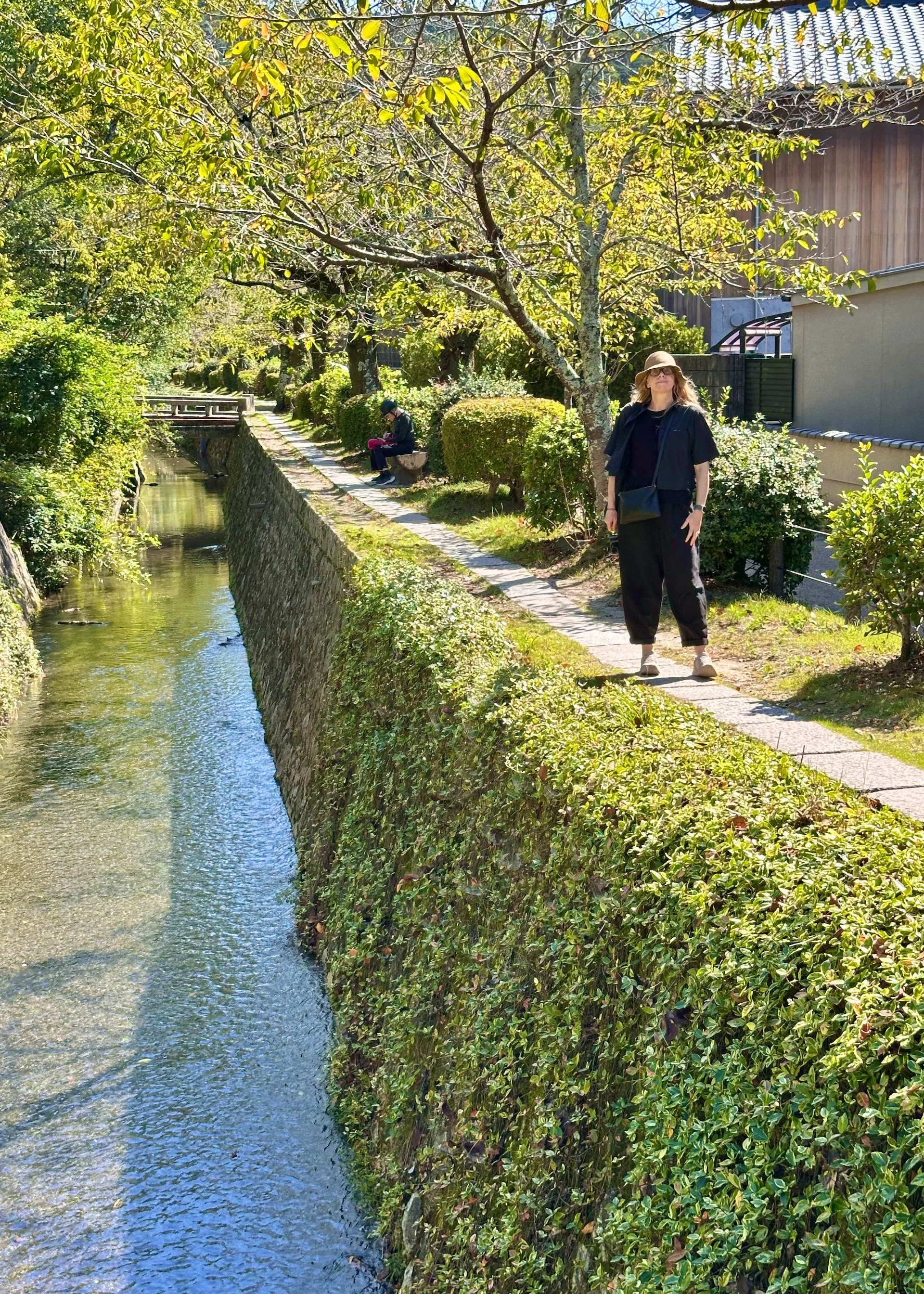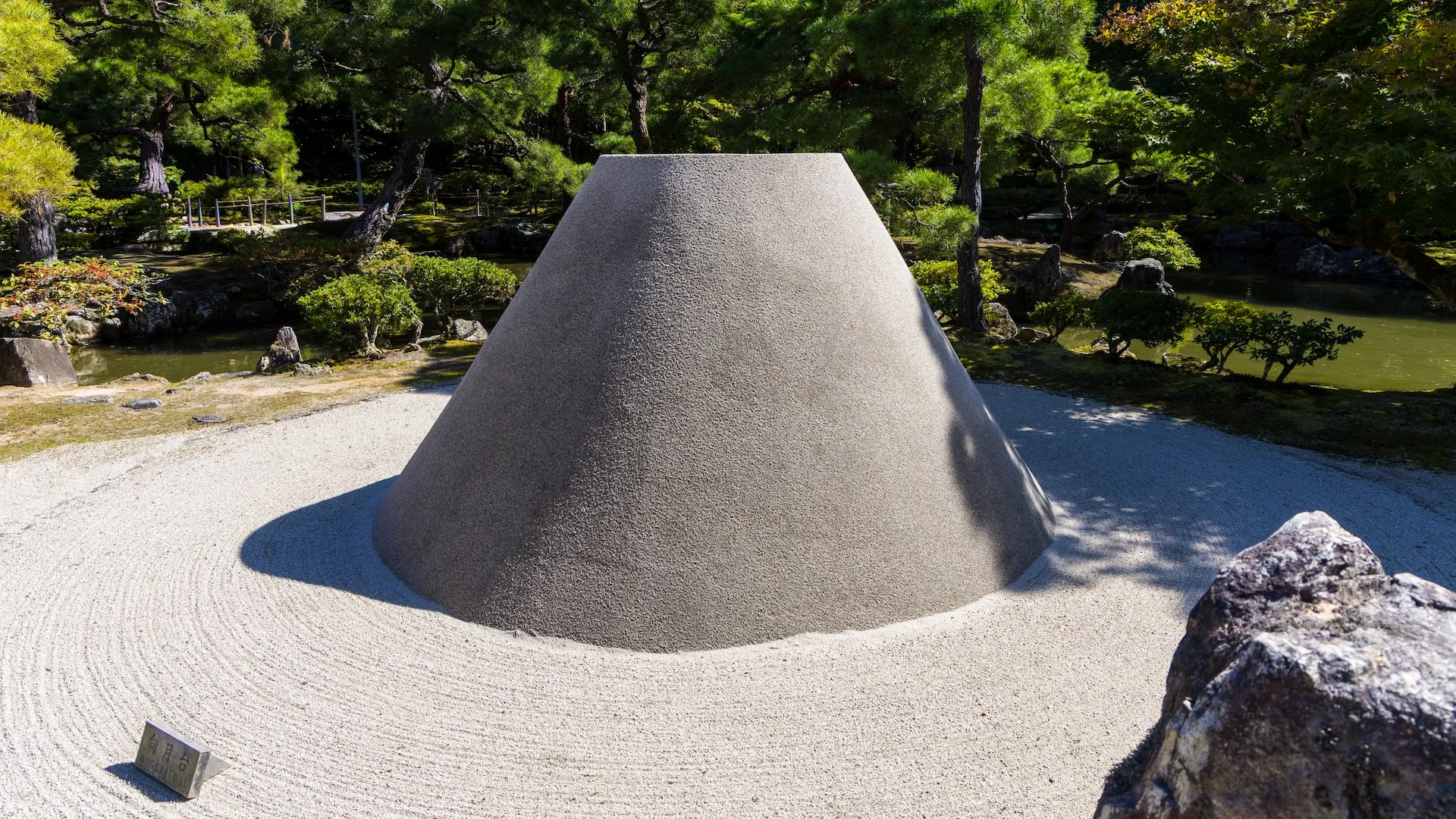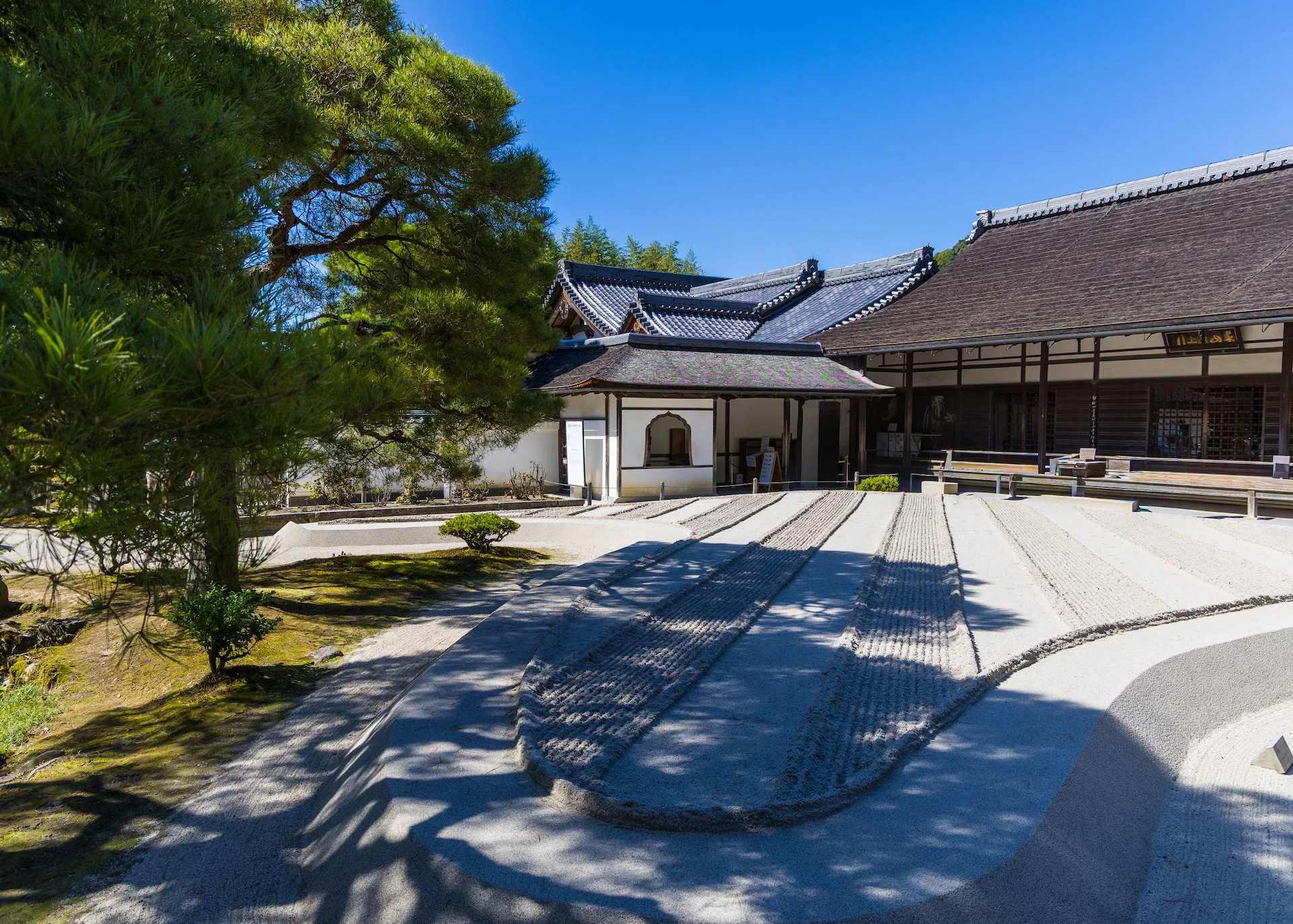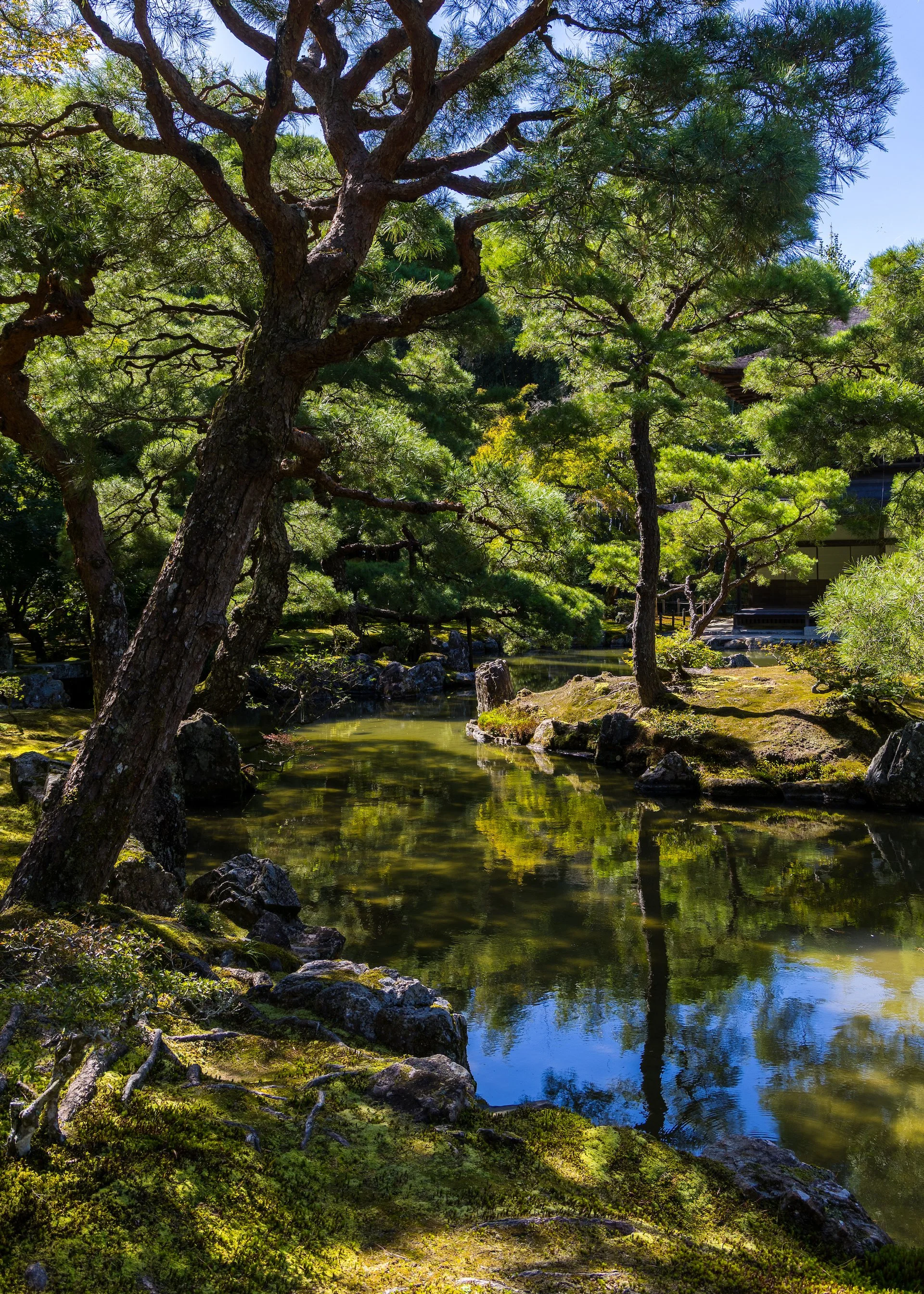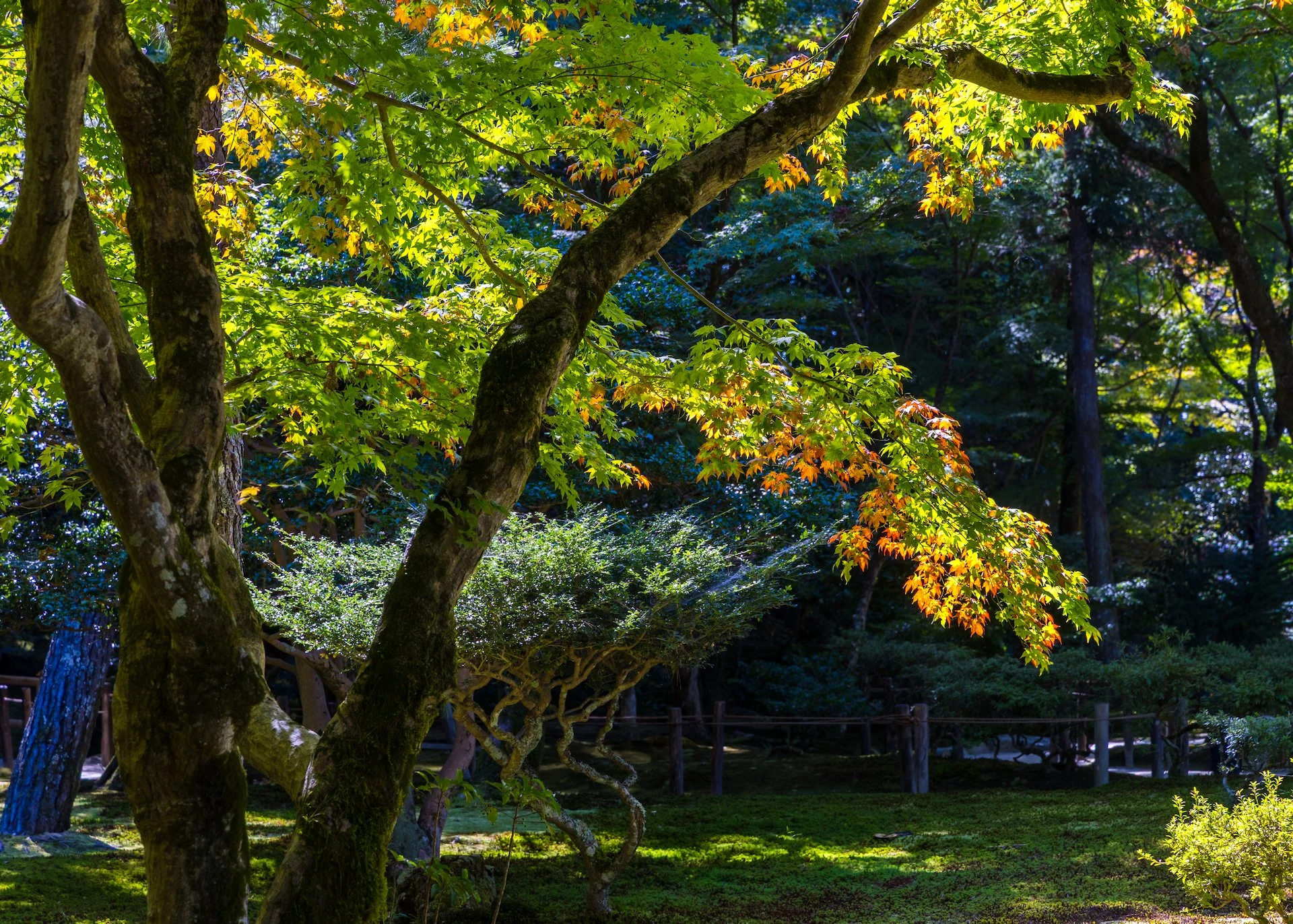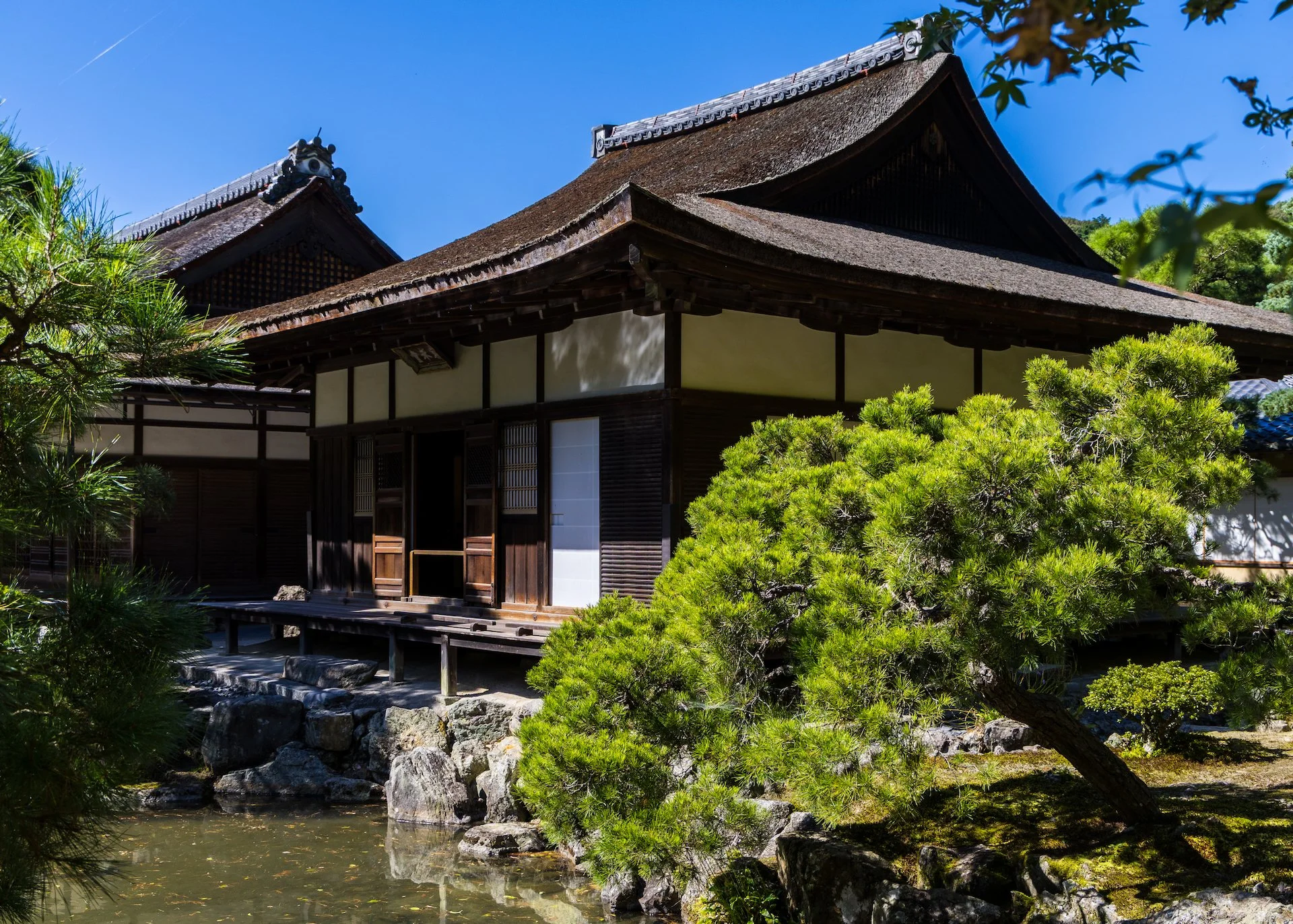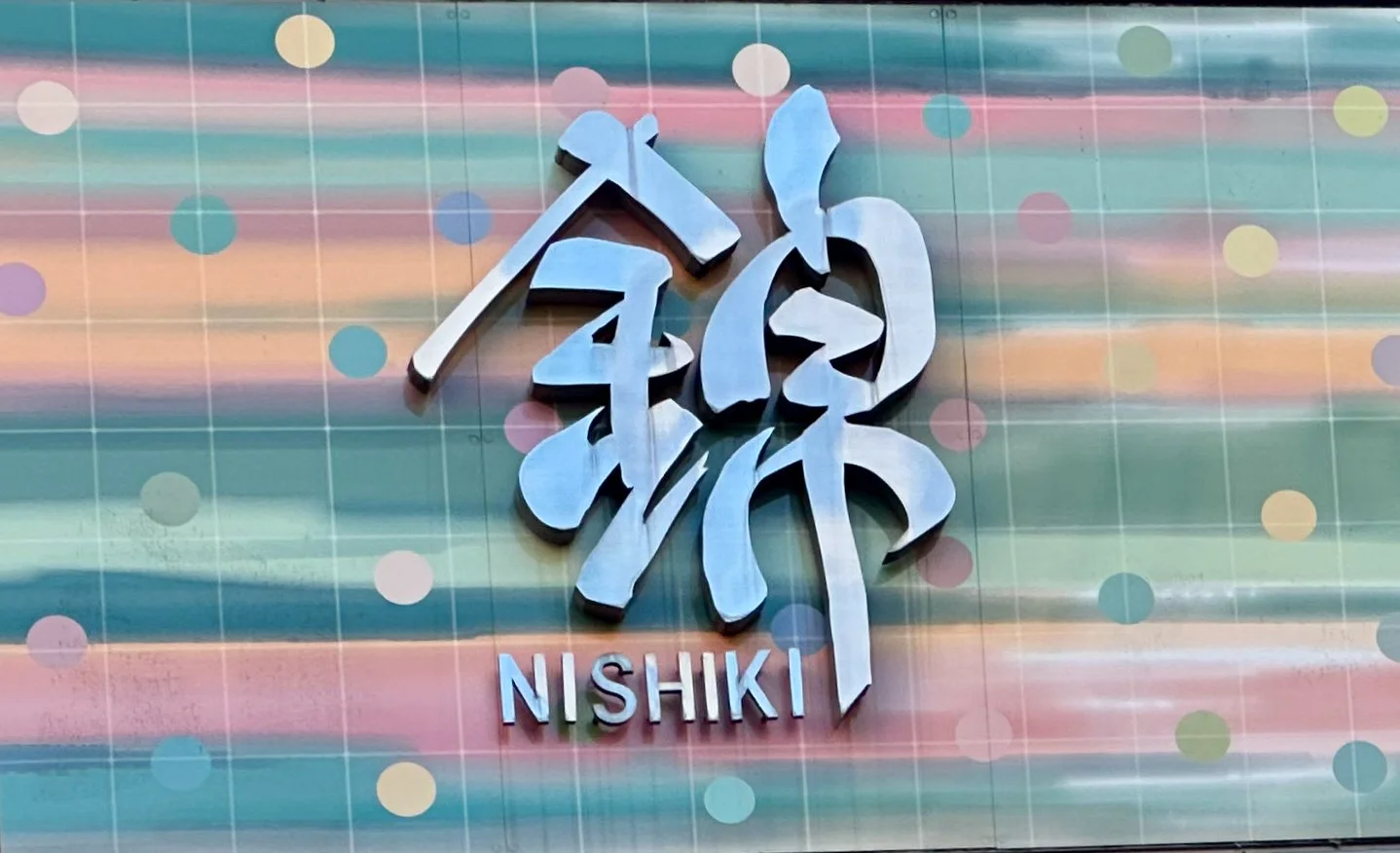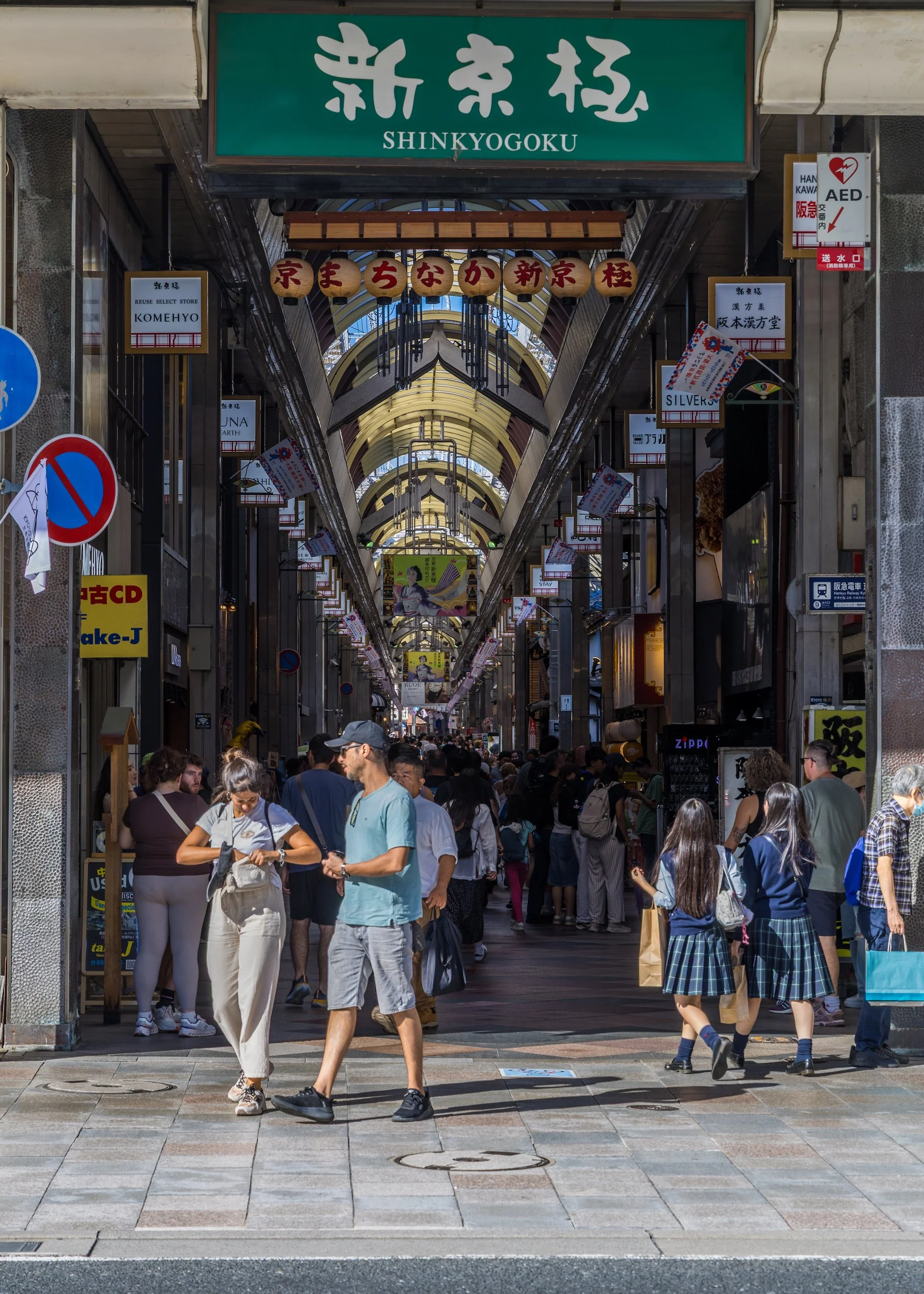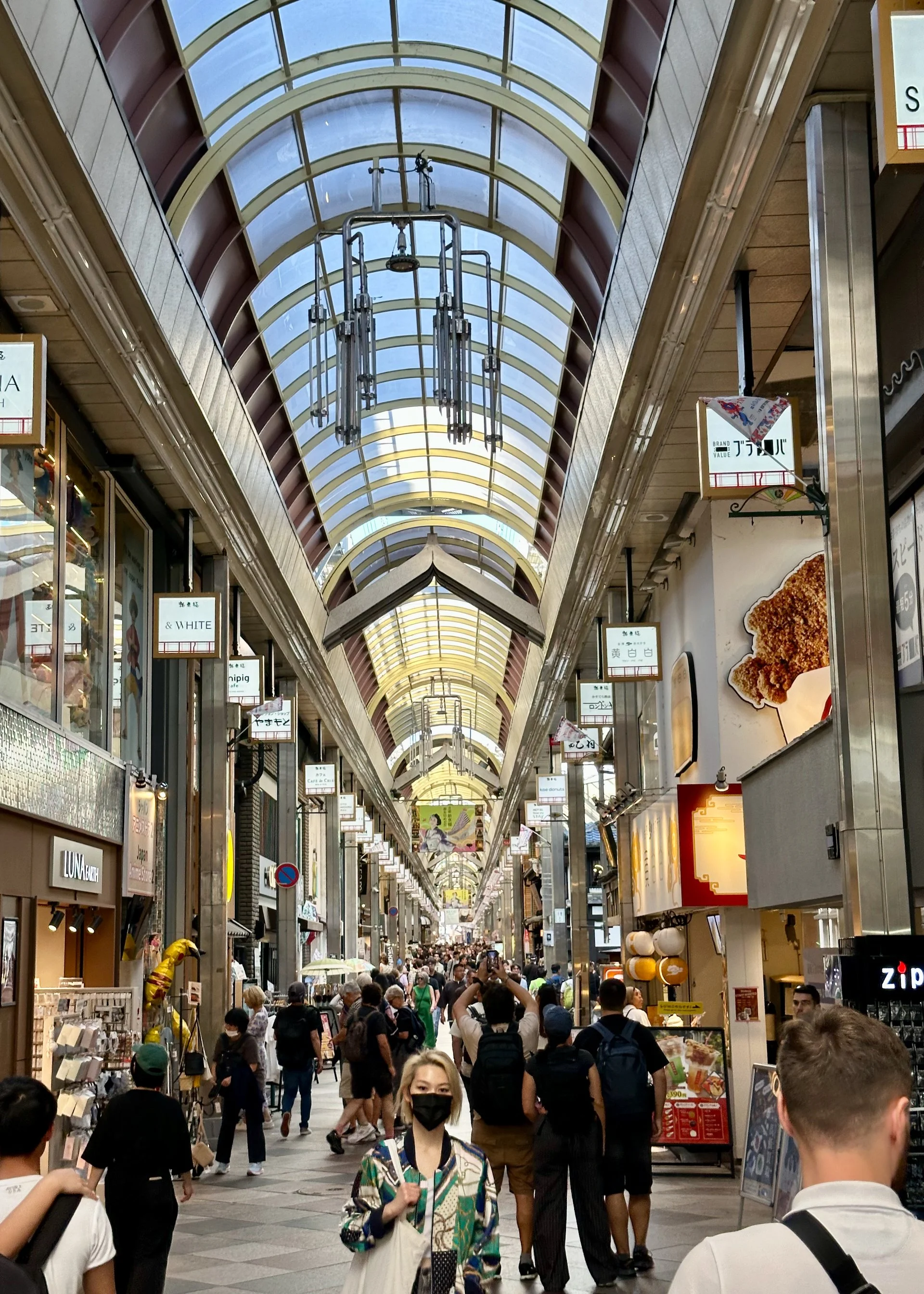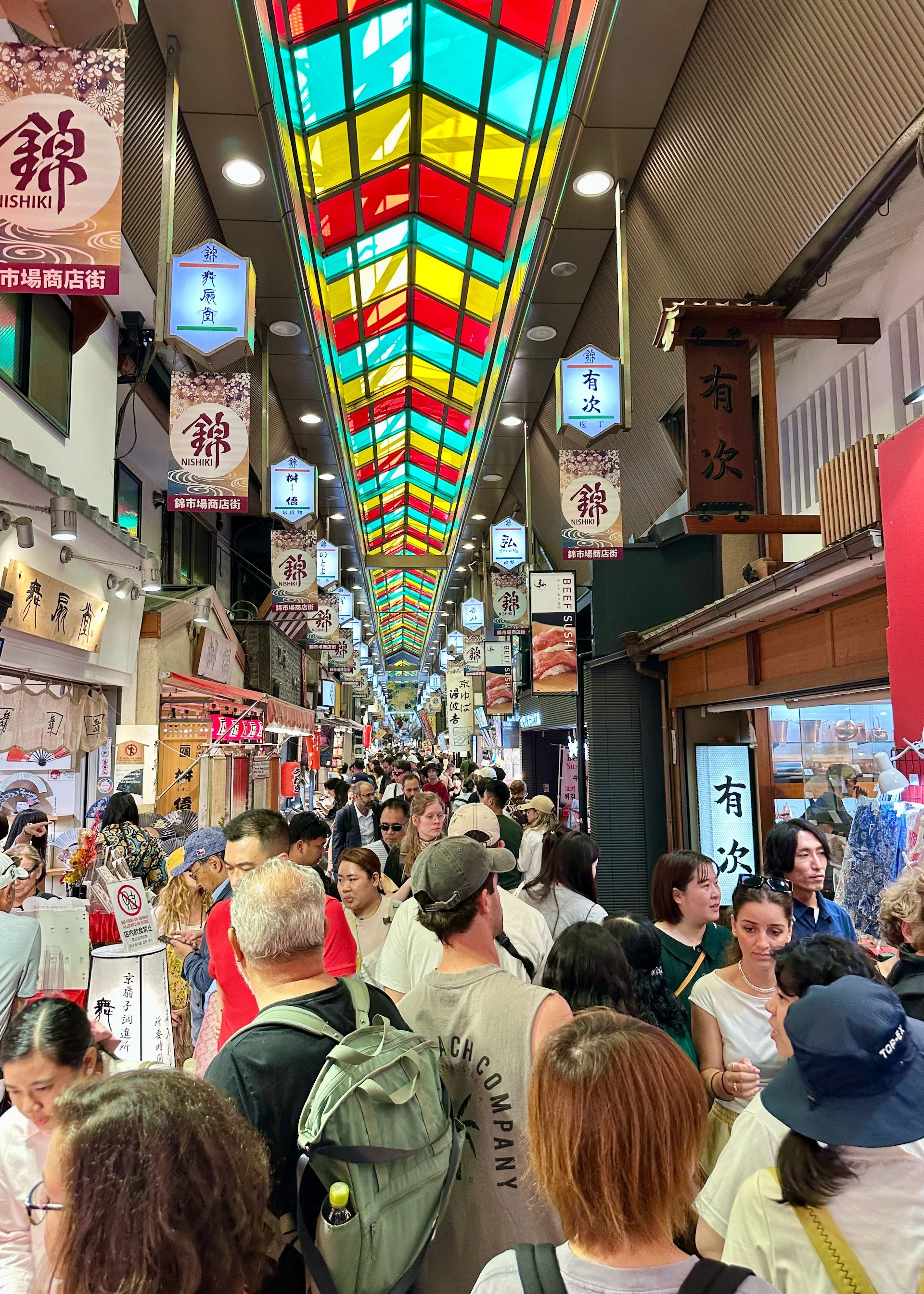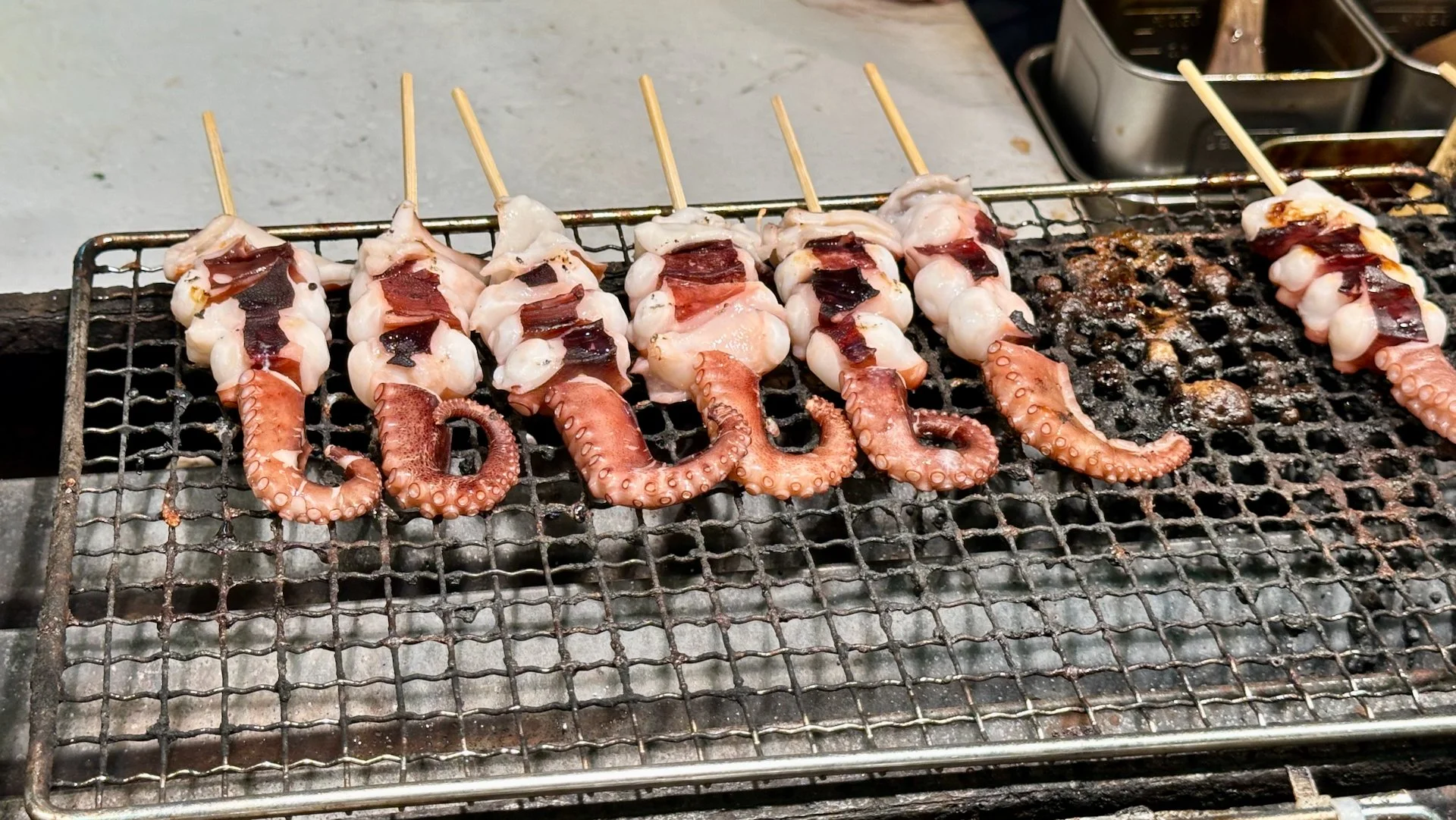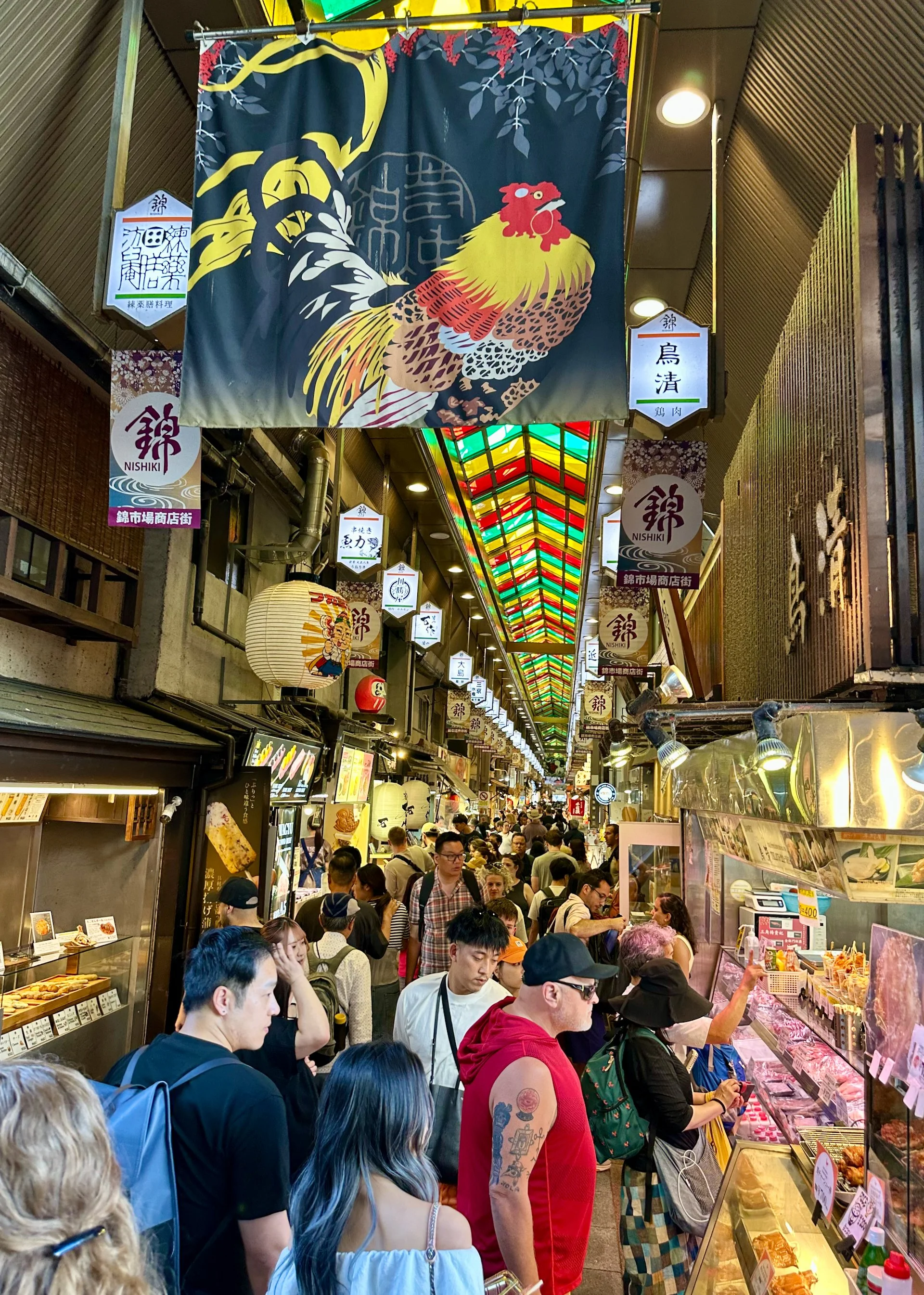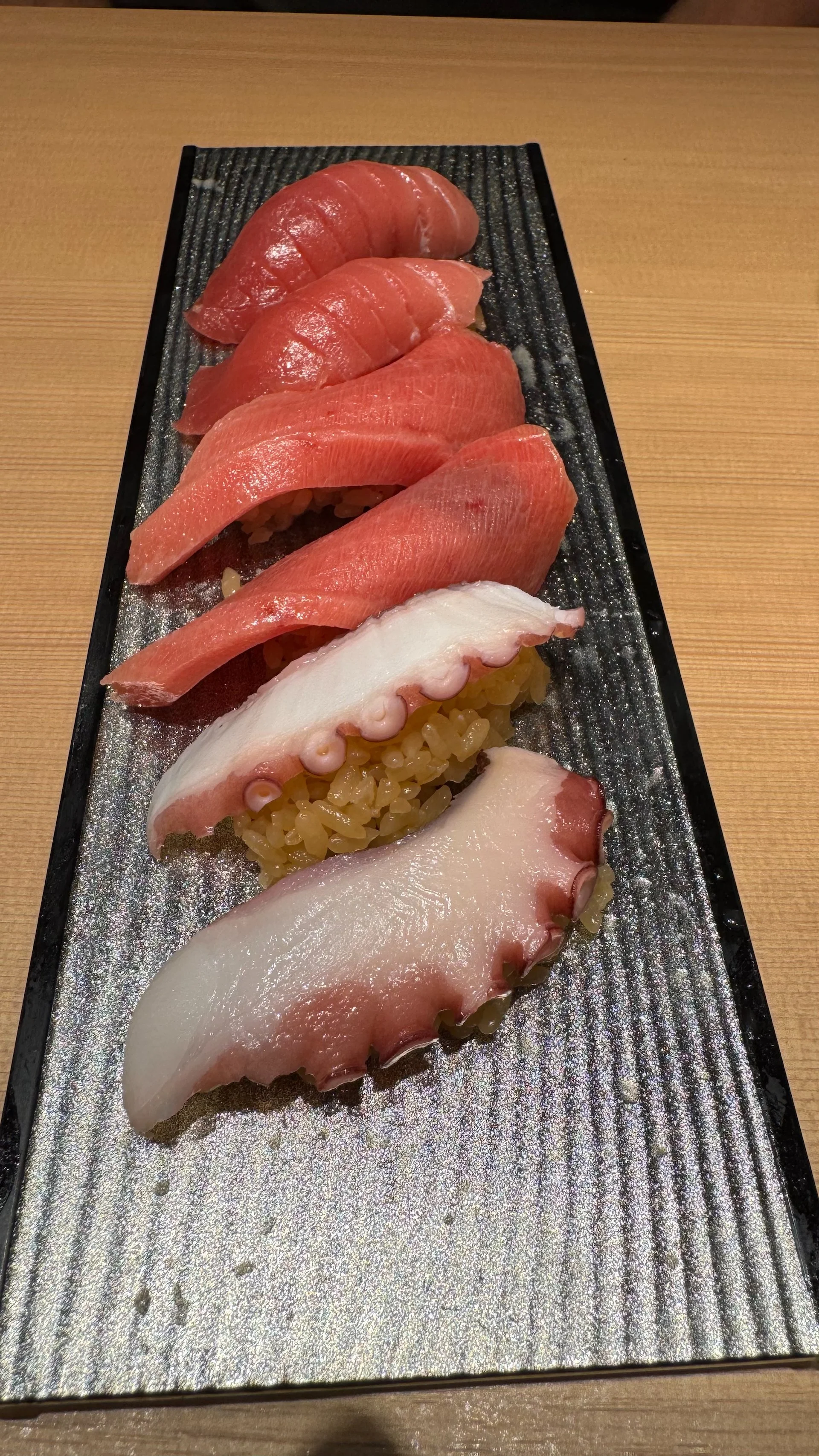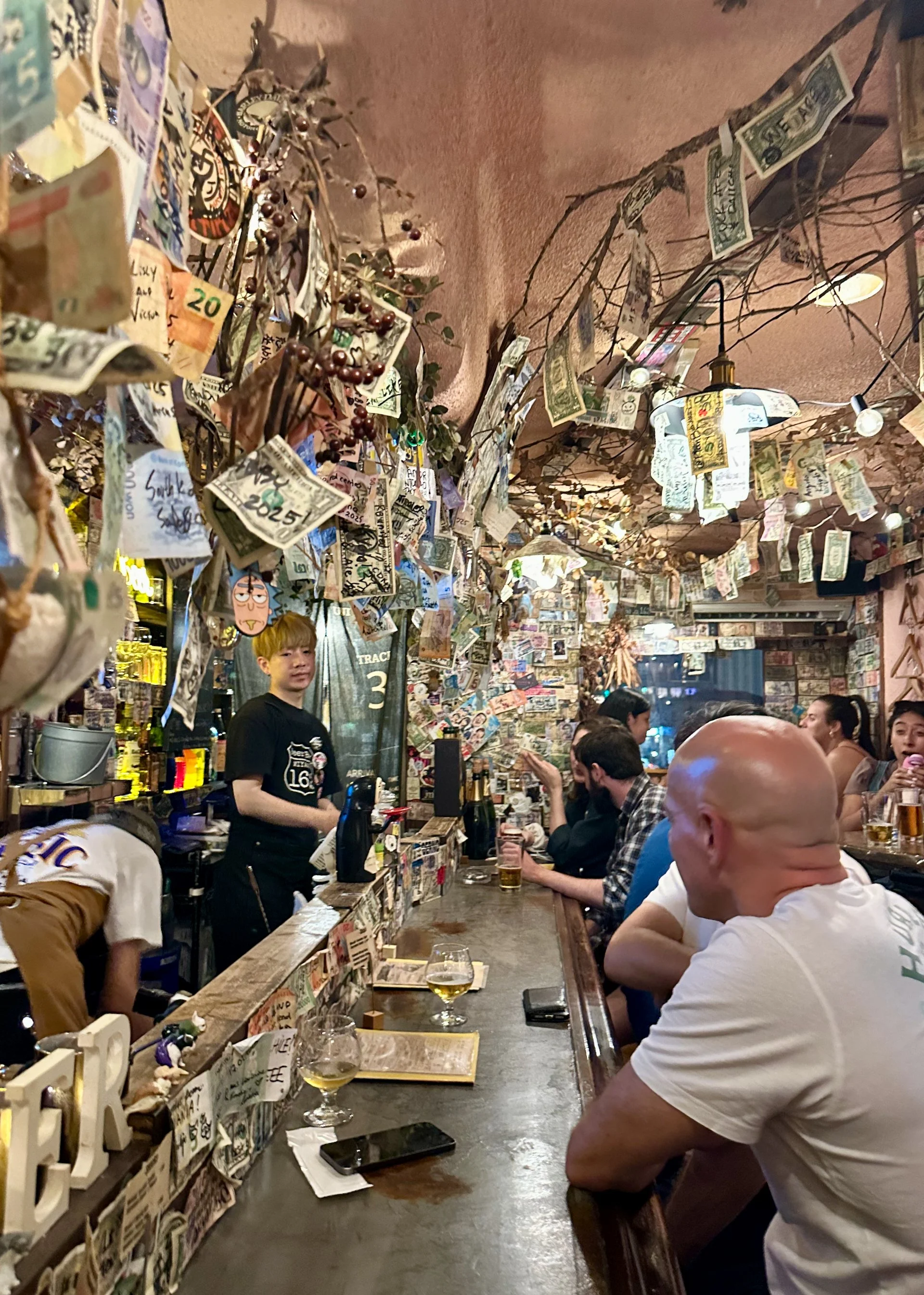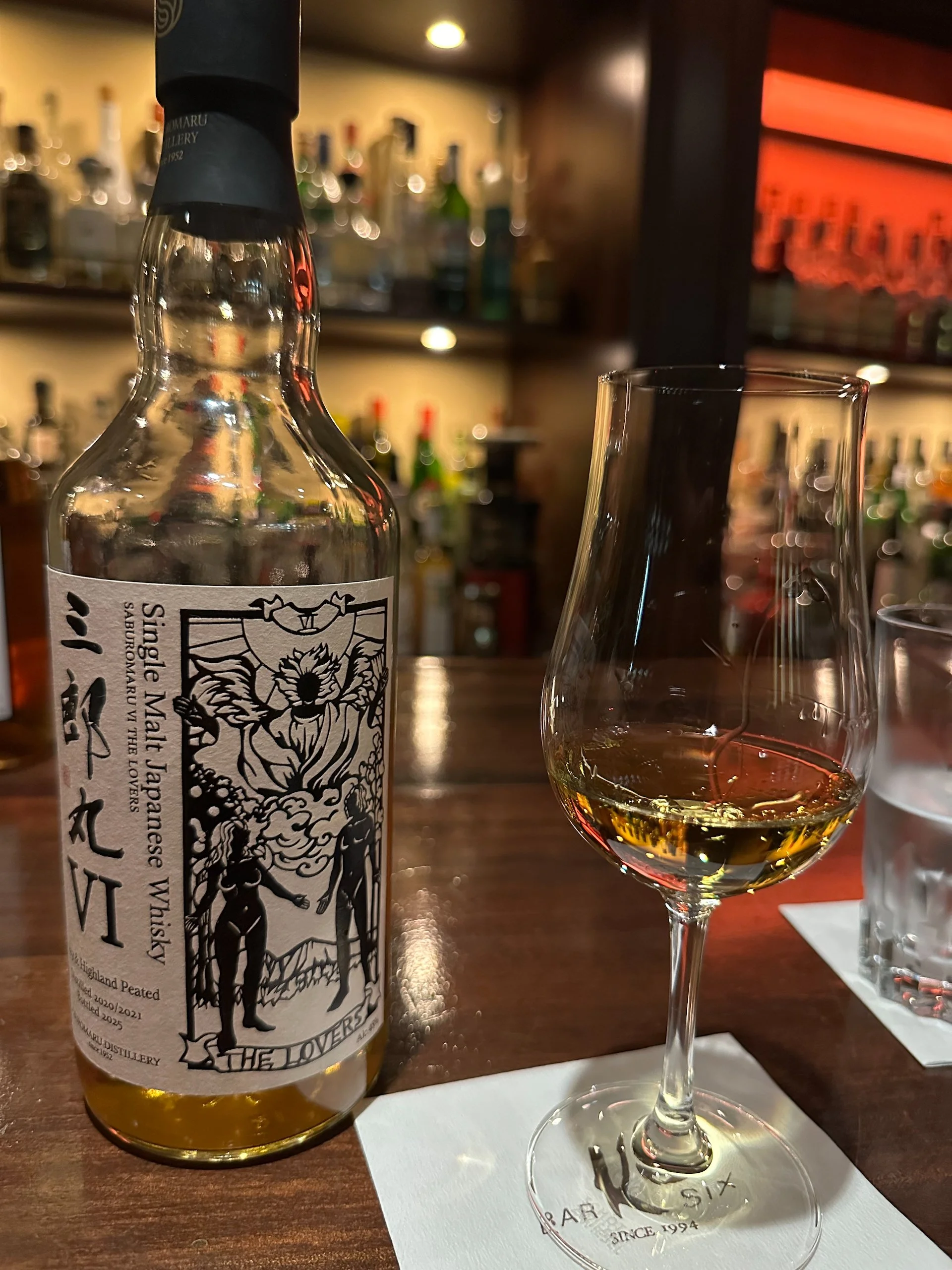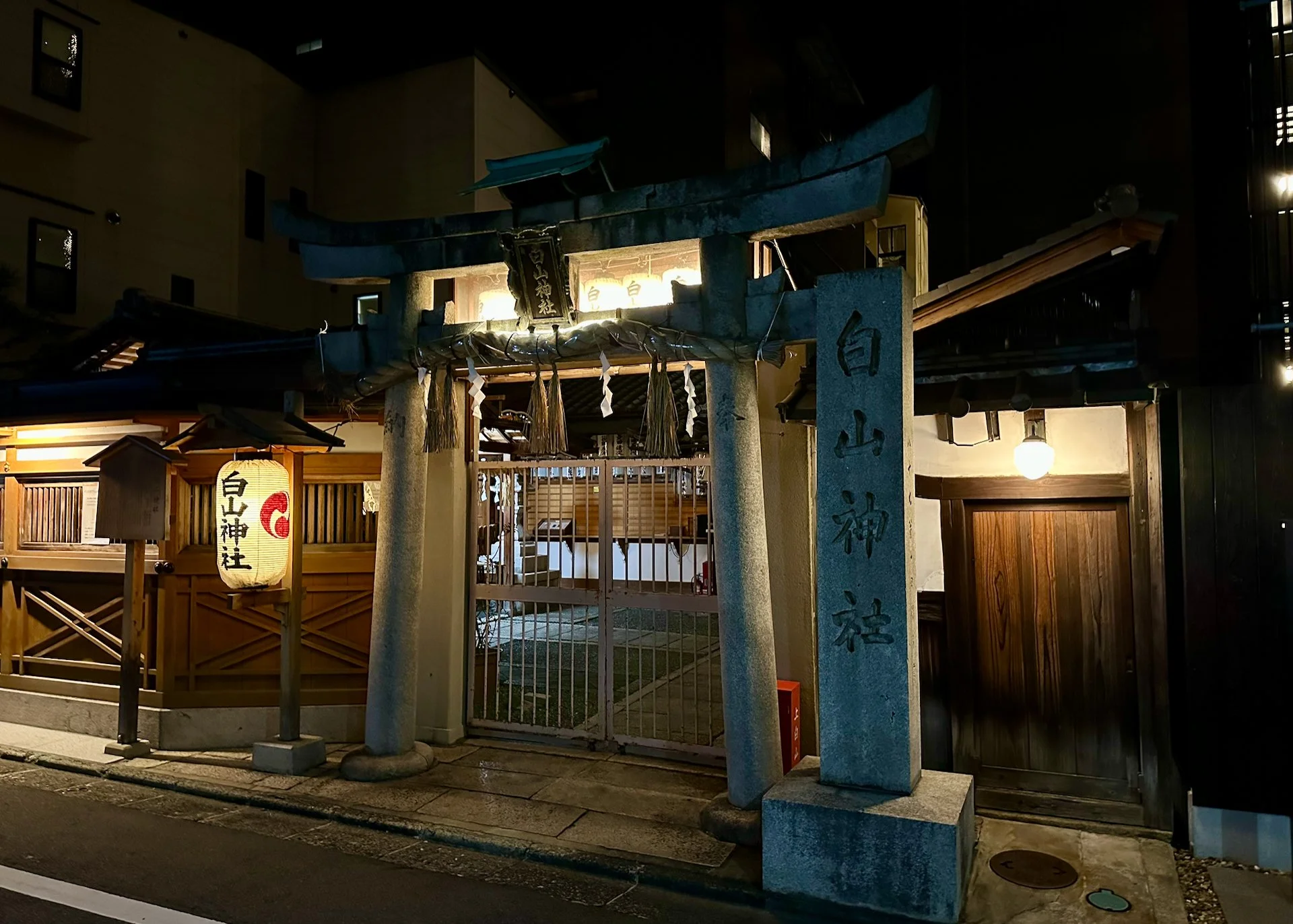Thursday October 9th
After a good night’s sleep, we decided on an early morning start to try and beat the crowds. Our first destination was the Kiyomizu Temple, probably the most popular temple in Kyoto. And for good reason! We were up at 6:30 and on our way just after 7:00. We had decided to take a taxi up to the temple to try and get ahead of the crowds.
Arriving at the Kiyomizu-dera Temple (Pure Water Monastery) in Kyoto, even at an early hour, the crowds were already crazy - we had failed in getting a head start on the day. This site is spectacular and is a UNESCO World Heritage site with over 1,200 years of history, tracing its origins back to 778 AD. The buildings you see today were largely reconstructed in 1633 under the orders of the Tokugawa shogunate. Walking through the massive, beautiful gates, you could feel the history.
The real marvel, though, is the Main Hall and its massive wooden stage. Standing on that platform, overlooking the city and the hills, you can’t help but be amazed by the engineering. It was built entirely without the use of a single nail. The entire structure—which juts out from the hillside—is supported by a massive lattice of 139 huge wooden pillars. These pillars are joined using traditional Japanese interlocking joinery, creating a flexible, yet incredibly strong cantilevered framework that allows the structure to withstand strong winds and earthquakes.
It’s an incredible feat of design and engineering, elevating the entire hall 13 meters (43 feet) above the slope. Below the stage, the Otowa Waterfall flows into three channels, where visitors drink for health, longevity, and success—a final, sacred touch to this astonishing piece of Japanese history and engineering.
Despite the crowds, it was worth the visit. The temple sits up high in a hill overlooking Kyoto, providing spectacular views. We had another beautiful day, and so we could see the whole city laid out below us. The temple complex is spread out over quite a large area, starting with the gate and pagoda at the bottom.
We made our way up to the main entrance and paid our fee to go inside. That gave us access to the main shrine and the areas around the main temple buildings. We got the views over the city and got to explore all the amazing parts of this spectacular monument.

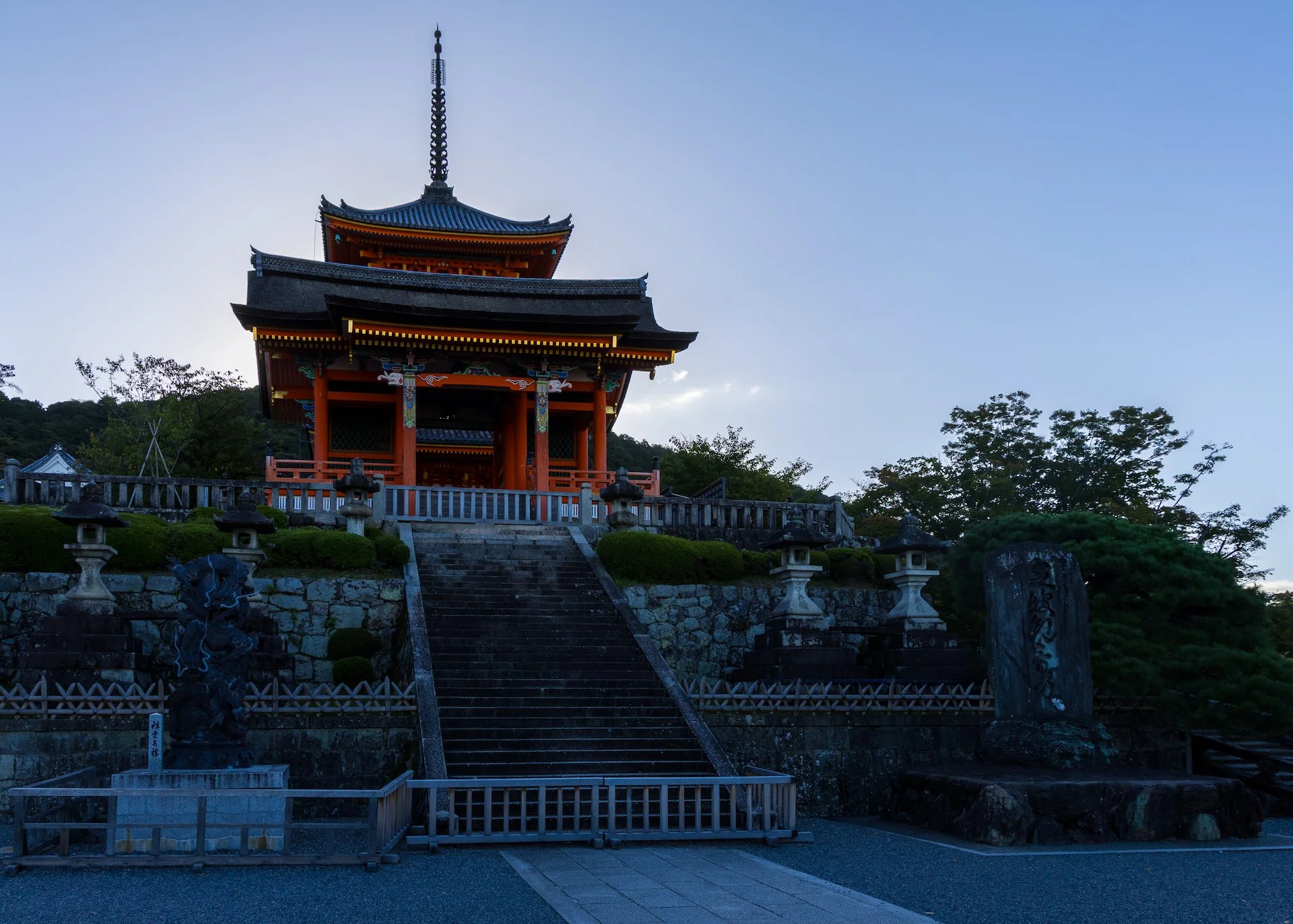

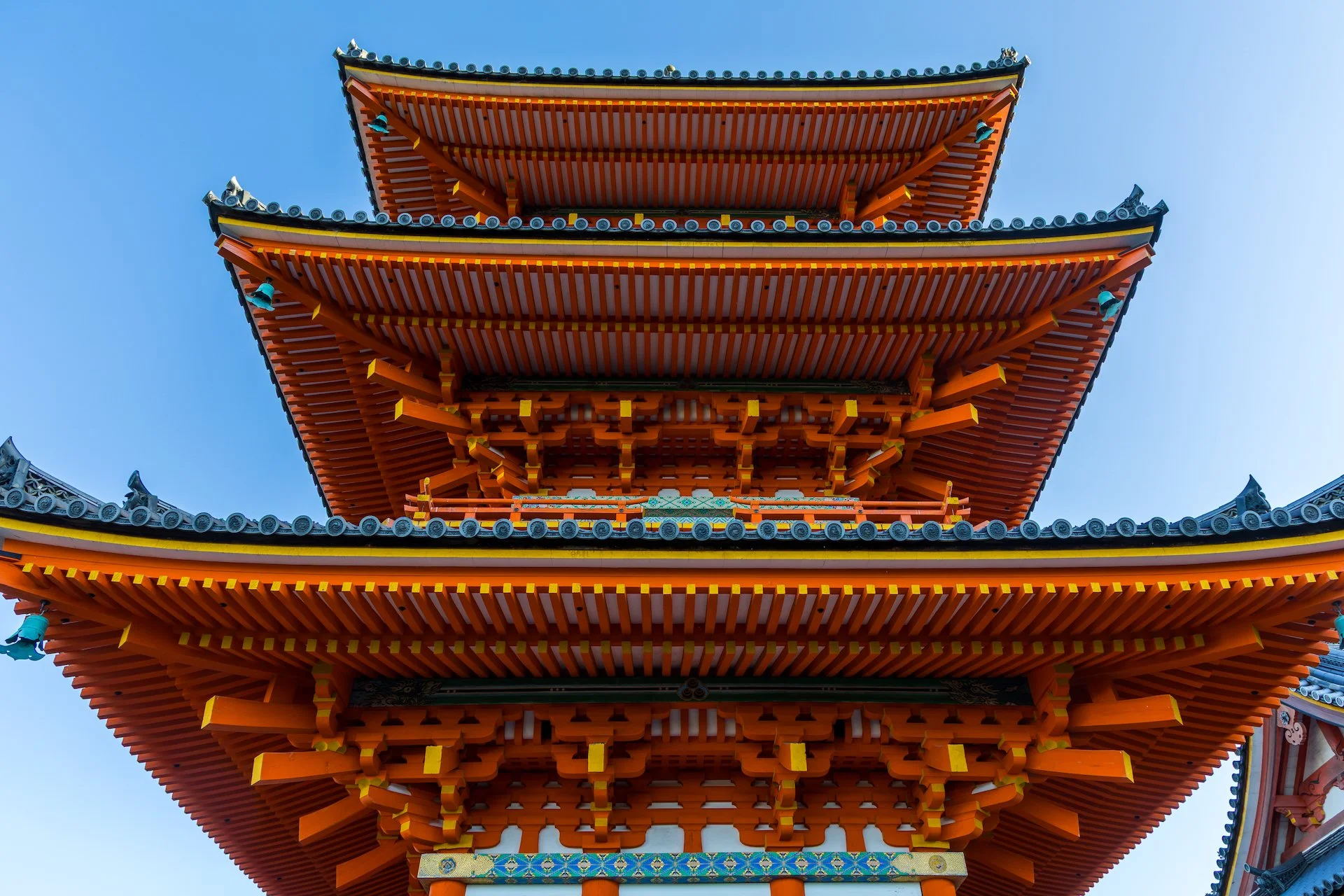

After exploring for the better part of a couple of hours, we made our way back to the main entrance. From there, we started working our way down the narrow streets leading up to the temple. Most of the shops were still closed (missed opportunities with the throngs of tourists) so there wasn’t a lot to see. But it was still a beautiful spot, and they have done a great job of preserving the look of this old part of the city - even the Starbucks looks like it’s been there for a few hundred years.
Kyoto was the historic capital of Japan, and the city certainly feels older than Tokyo. And there are shrines and temples everywhere! We spent some time exploring the old areas of Sannenzaka and Ninnenzaka, exploring the shopping streets and enjoying the traditional architecture. As we had not eaten yet, we found a nice coffee shop and stopped for a drink and for something to eat.
A quick break at a lovely coffee shop.
After our quick break, we continued exploring. We headed over towards Maruyama Park, and the Yasaka Shrine. Yasaka Shrine, once called Gion Shrine, is a Shinto shrine, situated at the east end of Shijō-dōri (Fourth Avenue). The shrine includes several buildings, including gates, a main hall and a stage. The Yasaka shrine is dedicated to Susanoo.
Both were lovely, but we noted that the parks in Tokyo seem to be much better maintained that the ones in Kyoto. Generally, you can feel that Kyoto is an older city. After exploring that area, we headed up to see the Nanzen-ji Temple.
It was a fairly decent walk, taking us across this part of Kyoto. As we did so, we came across a temple or private residence (it was not clear what it was) that had these massive trees growing around the perimeter of the gardens. They were huge and beautiful, but the photos don’t really capture them well.
We also went by the Kyoto City Museum of Art. They had an amazing looking exhibit going on, but as Justine is not much of a fan of art, and it was a beautiful day with lots more to see, we passed on it. Nearby was the biggest torii gate we have ever seen - the Heian-Jingu Shrine Grand Torii!
We had flagged this one as one of the higher priorities for us. In doing our research, it had been closed for repairs for a while but had recently reopened, which was great! I found the Nanzen-ji Temple to be one of the most serene and architecturally captivating of our Kyoto visits. As one of the most important Zen Buddhist temples in all of Japan, its history is quite layered. It was originally built in the late 13th century on the site of a retired emperor's villa, which is why it has such a grand scale.
What truly set it apart for me, though, was the massive, red-brick aqueduct slicing right through the temple grounds. It seemed so out of place, a piece of Roman-style engineering against ancient wooden halls. I l understand that this structure was built much later, during the Meiji period in the late 19th century, to carry water from Lake Biwa to Kyoto.
An almost infinite view.
Our big walk around Kyoto. The south-ward extension near the top right is the walk along the aqueduct.
Walking along the top of the aqueduct, surrounded by the forest, it offered such a unique and beautiful contrast to the traditional temple architecture below. It was an unexpected blend of the historic with modern utility.
This Zen Buddhist temple might have been the most beautiful one we visited. Tough to say - Kiyomizu Temple was pretty amazing. But different.
From there we headed down and through a local neighborhood, passing a high school were all the kids were working away, with the windows wide open. It must have been so distracting to have this constant flow of people going by outside the class. As we headed up the other side of the building we could hear a music class playing recorder! It was pretty funny - thru were actually decent and we could recognized the song (When the Saints Go Marching In).
We were heading towards a walk called the Philosopher’s Path that follows a small stream and passes by a number of temples. The path runs along a small, stone-lined canal, approximately two kilometers long, in the northern part of Kyoto's Higashiyama district. It gets its name because it was the favored walking route of one of Japan's most famous philosophers, Nishida Kitarō (1870–1945). He reportedly used the path for his daily meditation while commuting to and from Kyoto University.
But before we got to the start of it, we needed some food and a rest, and so picked a local restaurant for some lunch. It ended up being French, oddly enough for a seemingly residential part of Kyoto, but the food was excellent!
Lunch was a bit of a departure from what we’ve had recently, but it was delicious!
Recharged we headed out along the path. It was a lovely stroll, if busy, and as we’ve found in a lot of Kyoto, it was full of tourists. Mostly European it seemed. The path we followed the stream in which people drop these little “boats” made of small pieces of wood and flowers, that travel downstream. And while there were many temples and shrines, we did didn’t go into many.
The Path ended at the approach to Ginkaku-ji Temple. The approach, which was typical, was lined with food shops and tourist trinkets and was crazy busy. We decided to to pay to enter this one, as it was supposed to be quite nice.
The walk along the Philosopher’s Path.
Ginkaku-ji, (the Silver Pavilion), was supposed to be covered in silver foil, but its current, unadorned state was still quite nice. Built in 1482 as a retirement villa, the formal Zen garden here is breathtaking. I especially liked the perfectly raked Sea of Silver Sand and the cone-shaped Moon Viewing Platform. But the crowds… walking the circular path through the moss garden and around the pond, was like following a herd of sheep. Everyone just moved through and spent a short amount of time looking at each part of the grounds. It was frustrating.
It was really beautiful but it was also too busy. So much so that we eventually gave up and headed off. Too bad as it would have been nice to stay longer, if it had been a bit more serene as intended.
We then took the bus back down into the center of town to go find Nishiki Market. Stepping into Nishiki Market, I was immediately overwhelmed by the sights, sounds, and smells of "Kyoto's Kitchen." This narrow, covered street was a sensory overload! This huge set of covered streets runs through much of the central core. We loved sampling the local delicacies, so we stopped at a few vendors, once for grilled octopus and once for soft serve ice cream covered in local honey - both were delicious!
But we were kind of done with crowds and do after a quick stop at Uniqlo, we headed back to the hotel and had a late afternoon nap.
Once it got dark, it was time to explore again. We took a bus down to the Gion area, about 10 minutes away. This is an area full of restaurants and bars, and is the part of town where the geishas are known to be. Sadly, we did not see any, and frankly the area didn’t seem all that vibrant or interesting. We walked around for a while, checked out a few shops and the. Tried to find some food. We got turned away quite rudely in one sushi place, who clearly didn’t want tourists.
Many people hang out along the river bank in the evenings.
So we walked back across the river and headed to Pontocho Alley, a narrow strip of restaurants and bars along the river that looked pretty interesting. We made our way through the crowds trying to decide where to eat. There were lots of choices! We ended up picking a sushi place that turned out to be great! The food was amazing, and we had a range of things including some great tuna and eel. A couple of things were disappointing, but overall it was really good. Just what we were looking for.
Pontocho Alley
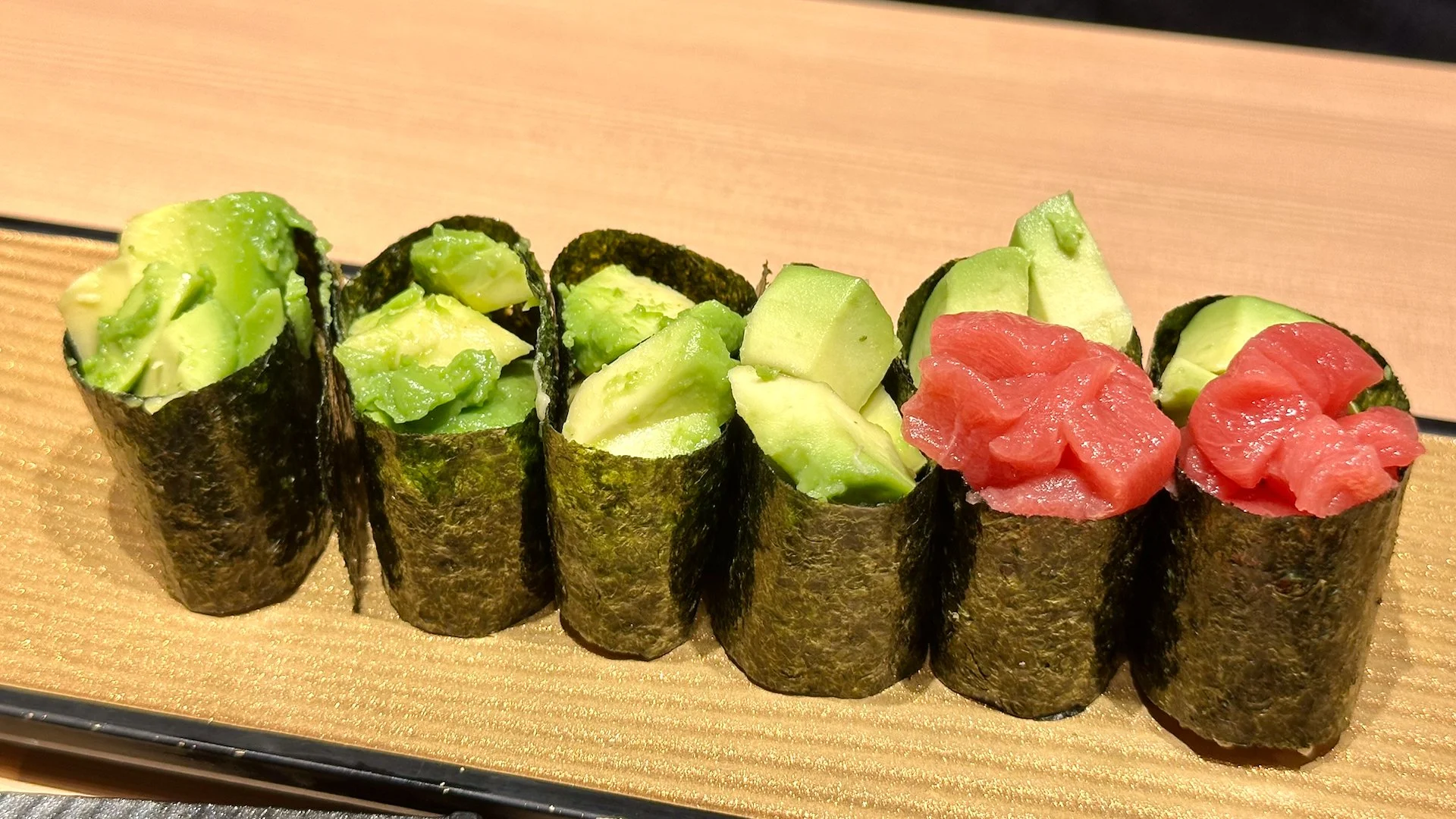
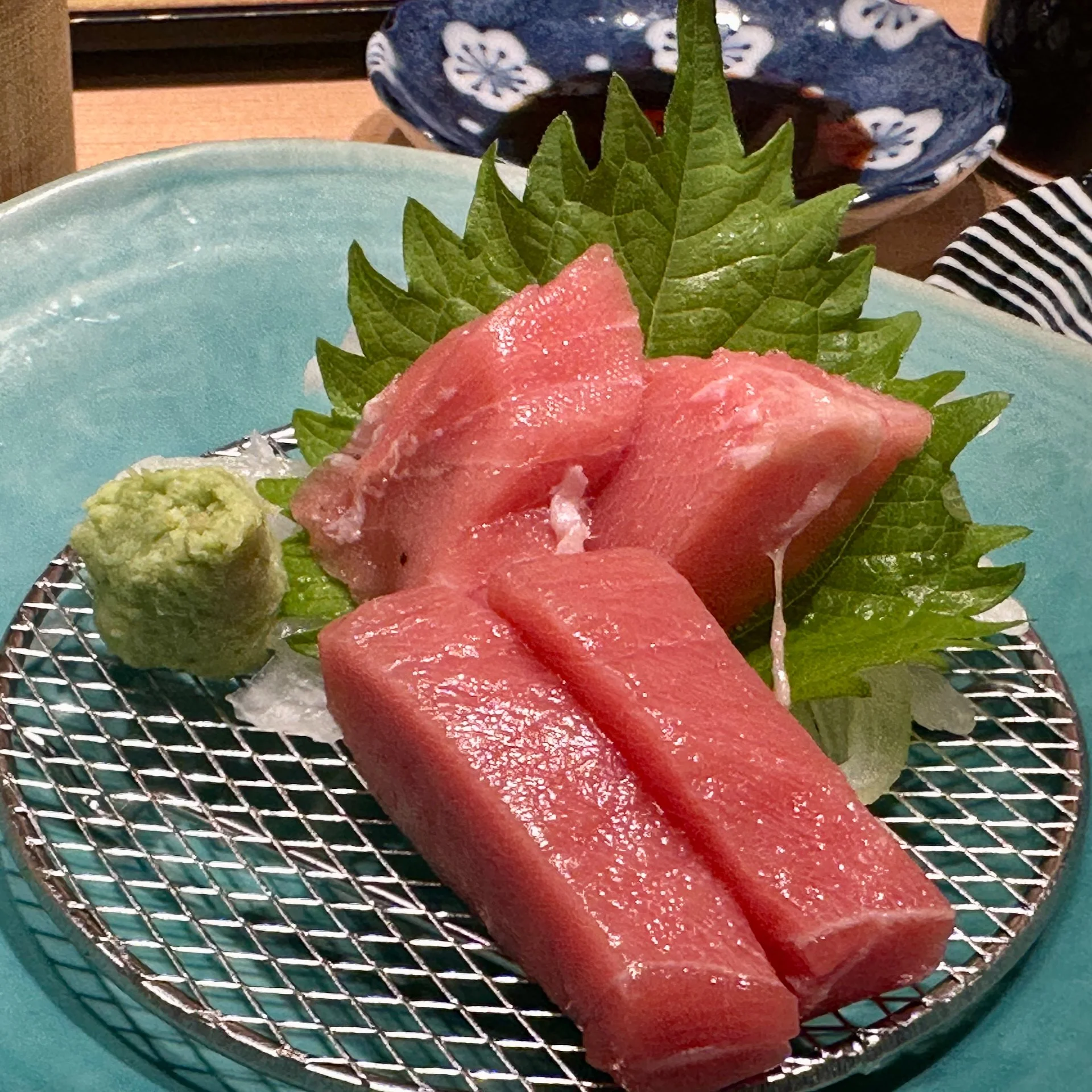

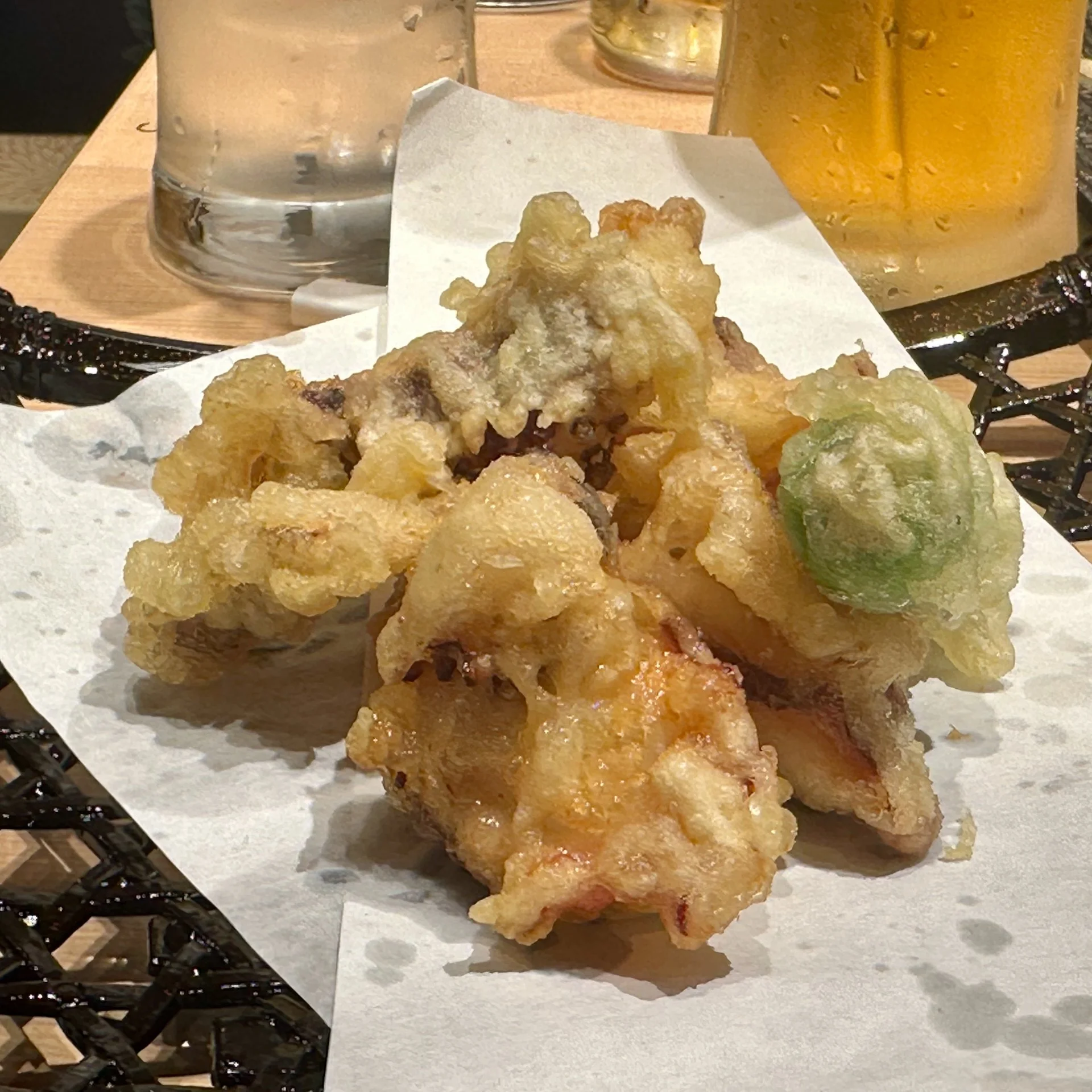
After dinner we stepped literally across the alley to a craft beer bar. The sign at the foot of the stairs really grabbed our attention, and it was right!
Our (almost) perfect bar.
It was another of these tiny, cramped bars - this one sat maybe a dozen people - that seem to exist all over Japan. They were playing good music and had some interesting beers on tap. The bartender was quite friendly - a girl from Seattle of all places, doing her MBA in Japan.
Sadly, like most bars they still let you smoke inside! So we limited ourselves to just one beer. A couple from Edmonton had sat beside us, but the smoke was a bit too much, so we decided to head out. It was a cool spot.
Continuing our exploration.
We left and continued until the end of the alley. From there, we walked down to the river bank, and walked along the river for a while. Many of the locals were spread out along the river, having picnics or just hanging out.
Our last spot for the night was a bar called K6 - another whiskey bar. We got a seat at the bar and were looked after by two bartenders. I tried two different Japanese whiskeys, Justine had one then switched to a cocktail. It was a really nice, refined bar with a great environment. But sadly, also smoking so we called it a night.
We were less than 500m from the hotel, so the walk home was easy.
Daily Step Count: 27,281

